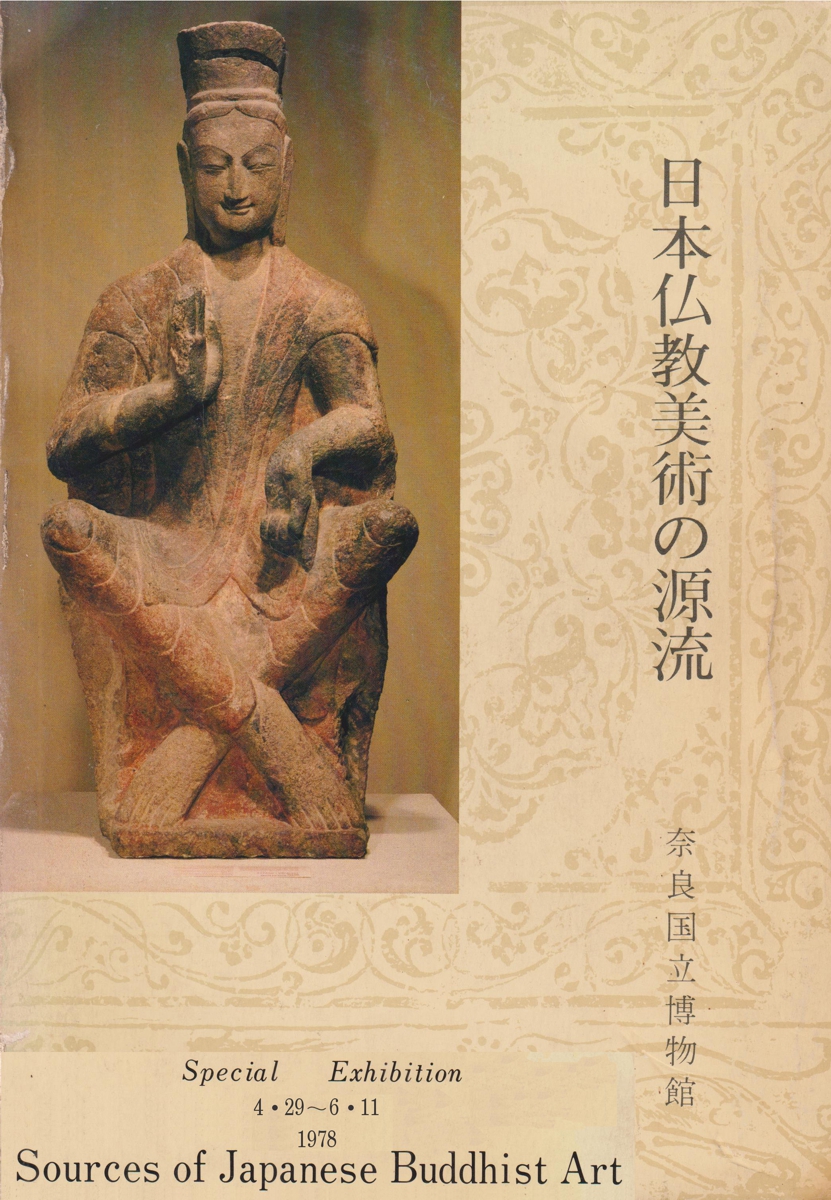
 |
|
 |
 |
 |
||
 |
||||
 |
||||
 |
 |
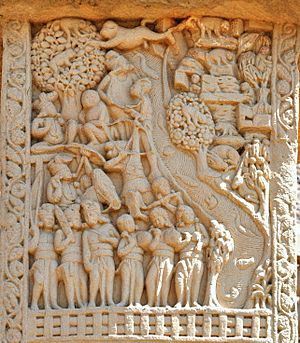 |
|
 |
 |
|
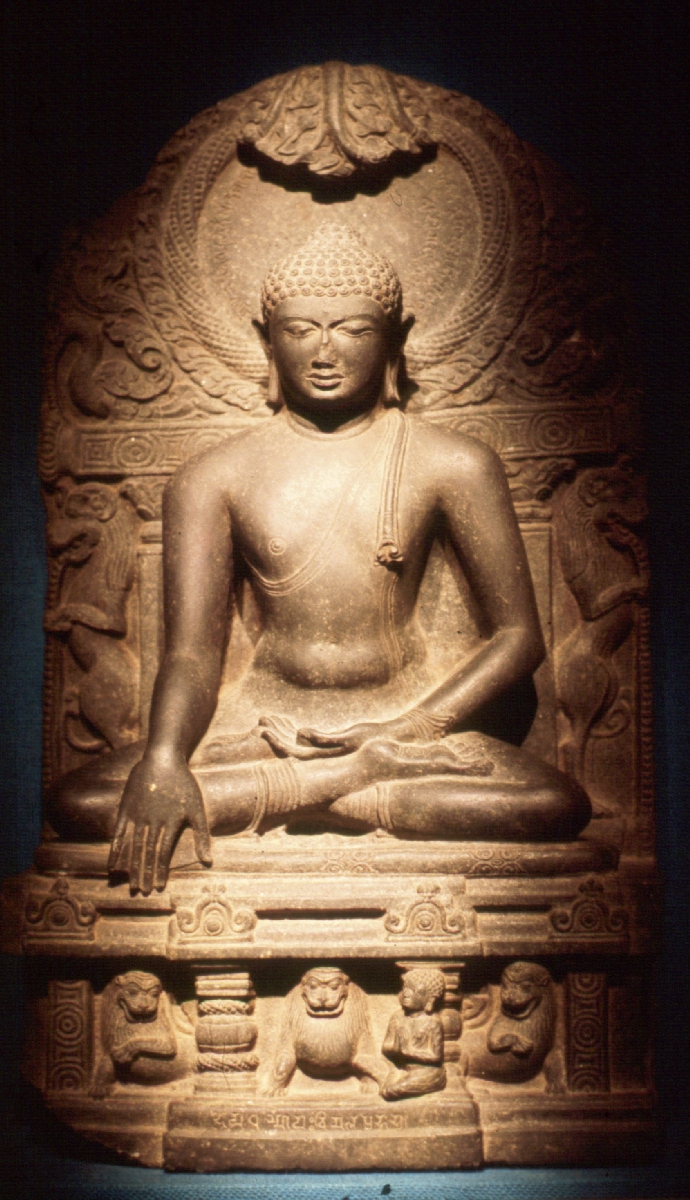 |
||
 |
||
 |
 |
|
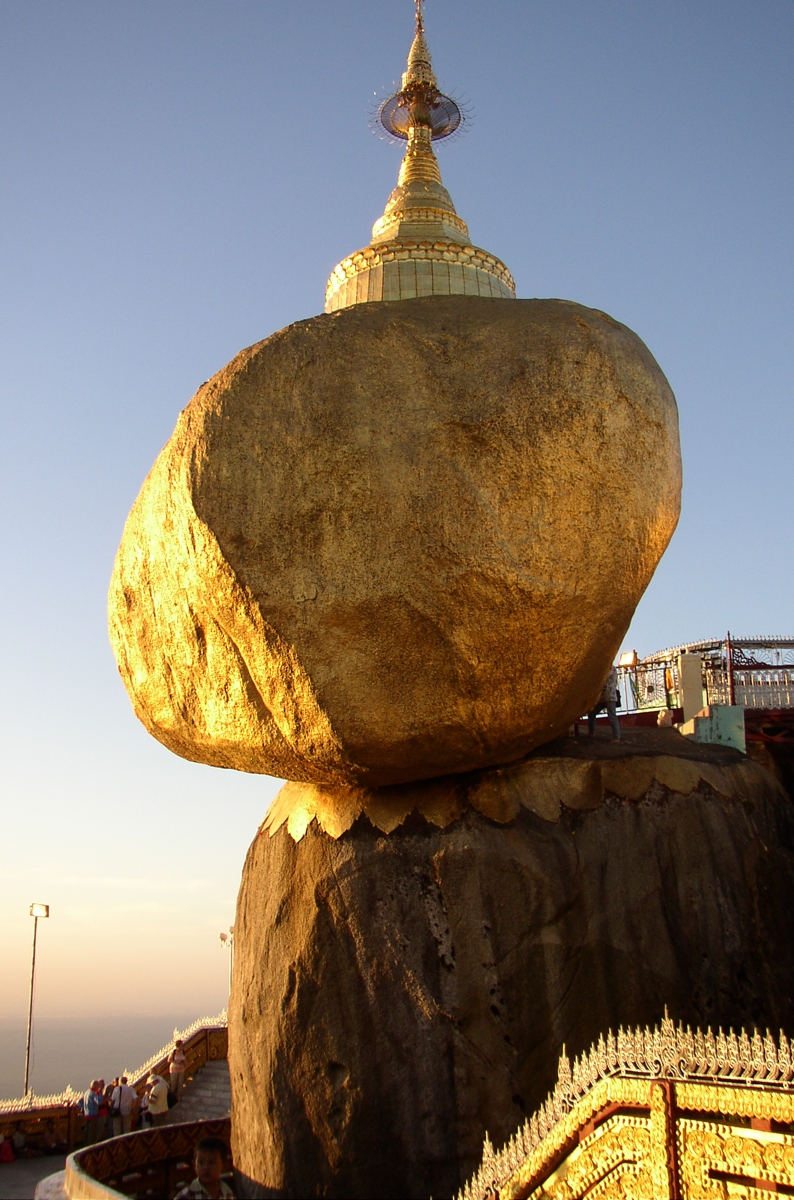 |
|
 |
|
 |
|
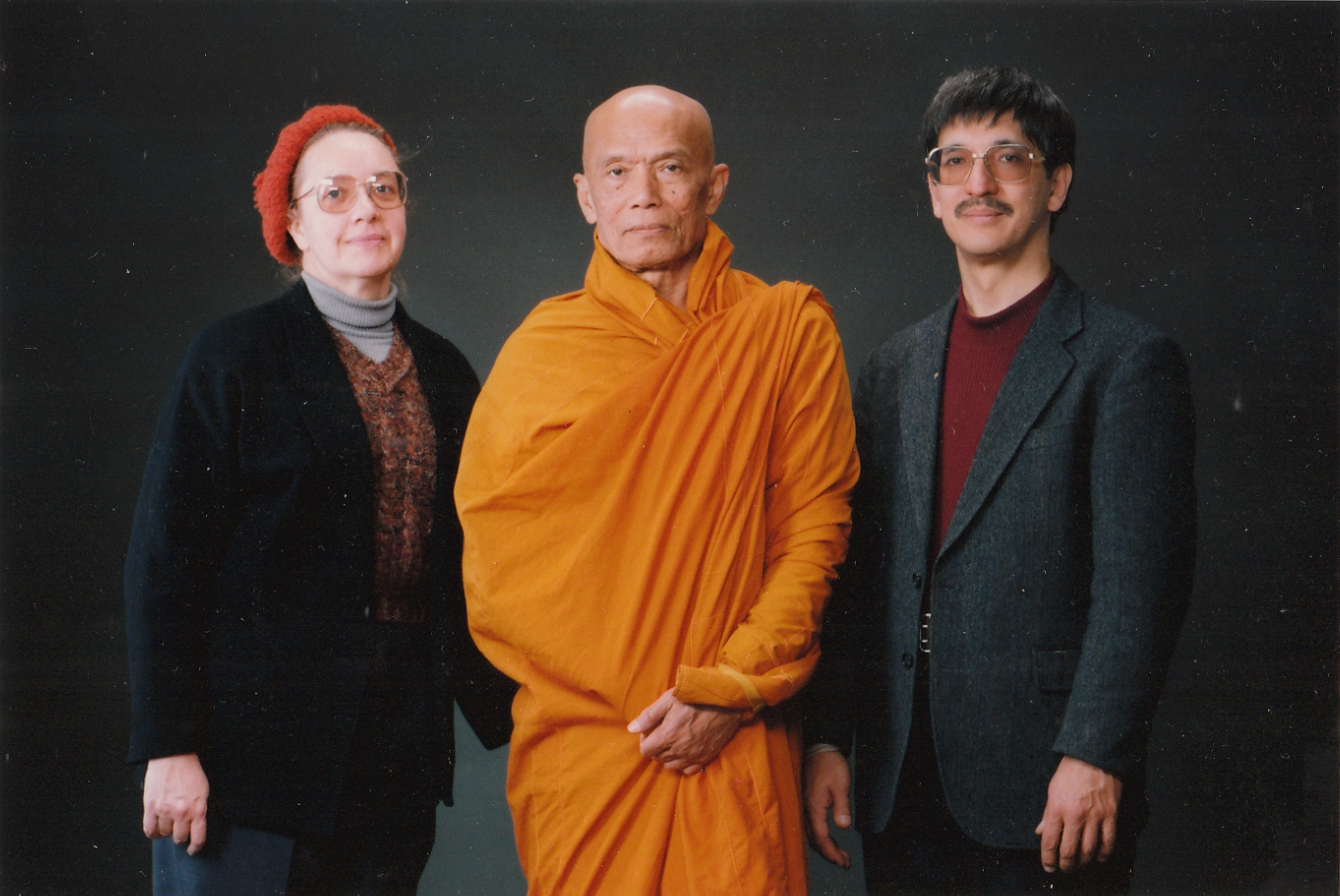 |
 |
|
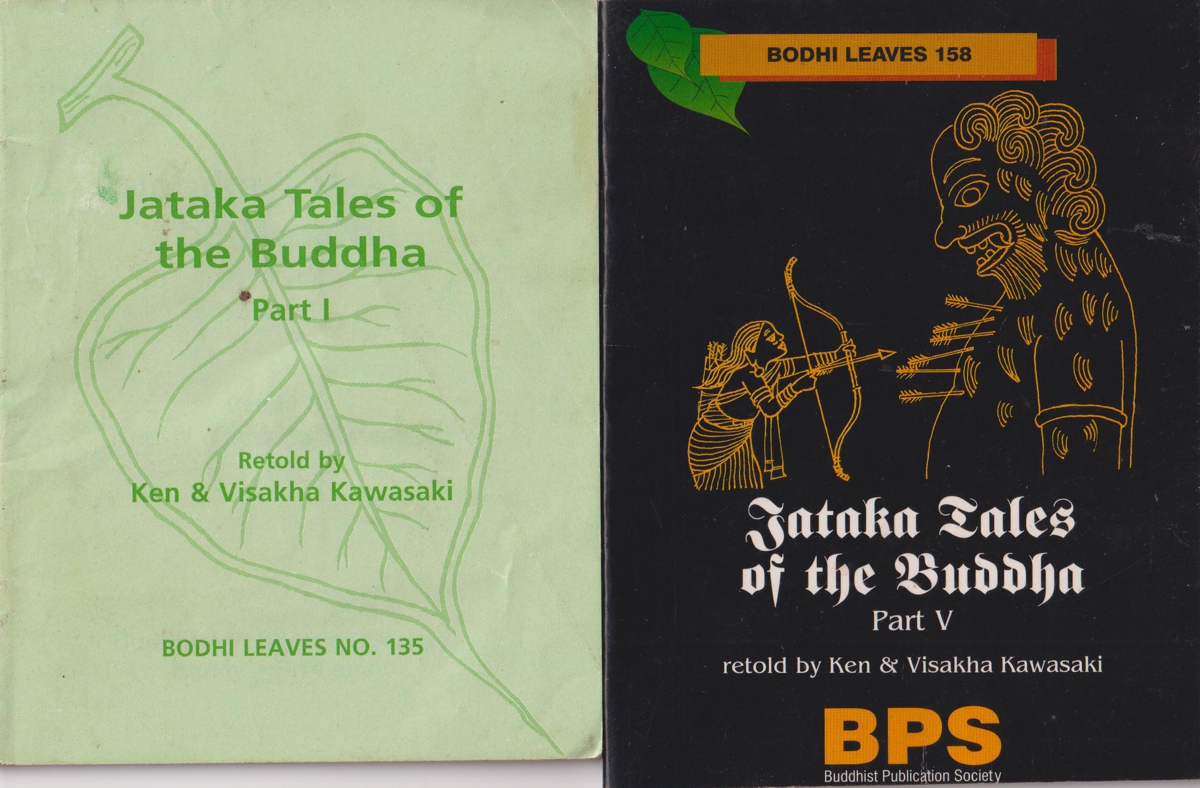 |
|
For the first year and a half in Flint, we were kept busy taking care of Mother and resettling Burmese refugees--Dr. Kyaw Thet Oo's and Ko Ko Naing's families, as well as several disabled ABSDF students. We were able to bring Ven. U Khe Min Da from Japan, and he and the Burmese refugees enriched Mother's life wonderfully. After Mother's death in 2001, we stayed on in Flint, joined Michigan Citizens for Peace for anti- Iraq War protests every Sunday, and formed a meditation group, Students of the Lotus. As often as possible, we visited the Lao temple in Detroit, the Thai temple in Perry, and the Sri Lankan temple in Southfield. Twice, we arranged for monks from these temples and several others to walk for alms in our neighborhood in Flint–a first, we think, in Michigan. We were pleased that we were also able to maintain our friendship with several monks we had met long before, notably, Ven. Kim Cang in Virginia, whom we had first met in Panat Nikhom Processing Center in Thailand; Ven. Kawwida in Toronto, whom we had met in Mandalay; and Ven. Bhikkhu Bodhi in New York, whom we had met in Kandy. They all visited us in Flint, and we visited their temples, as well.
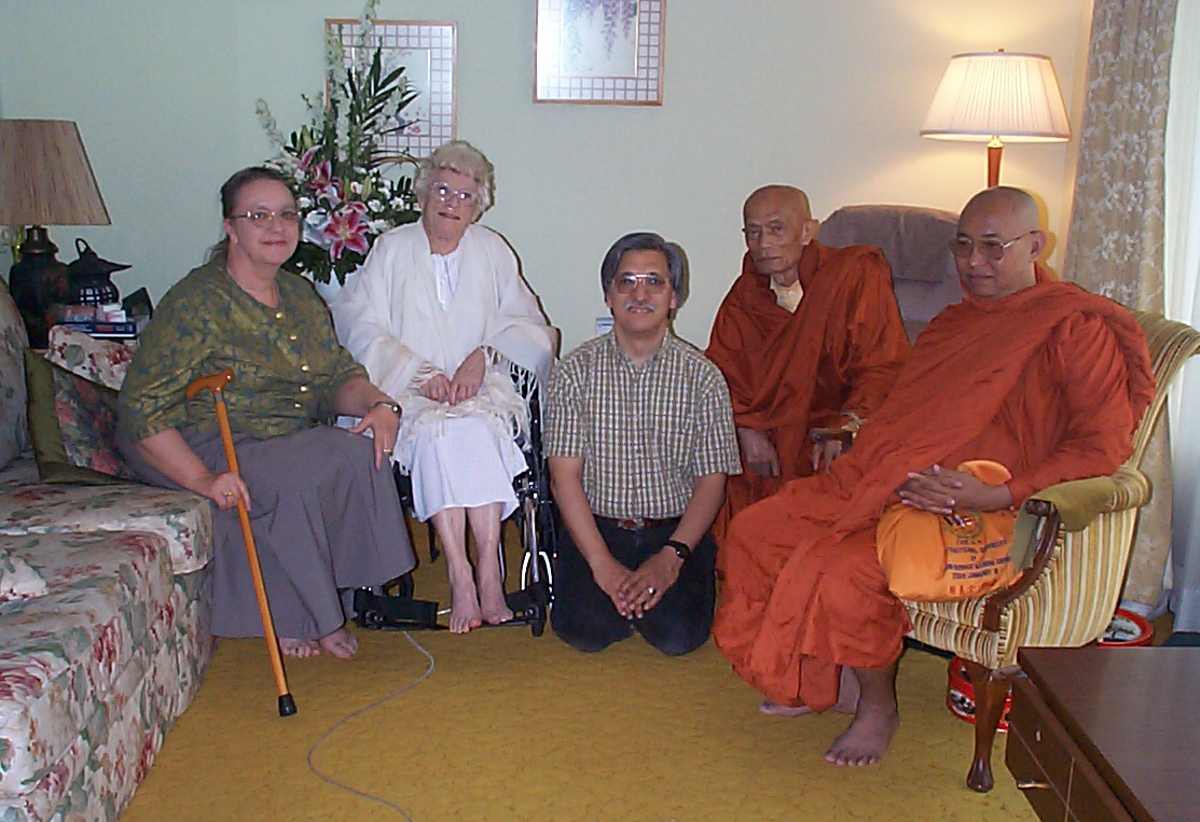 |
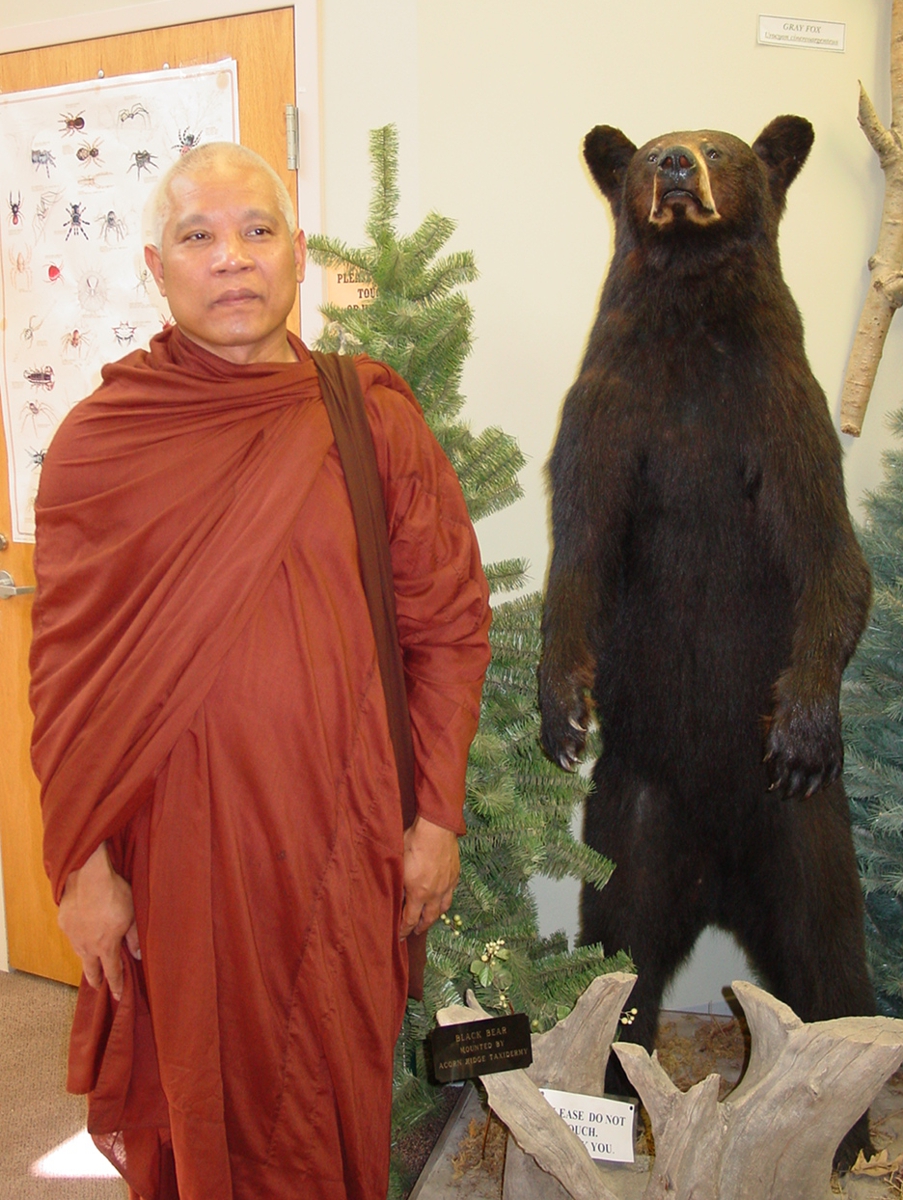 |
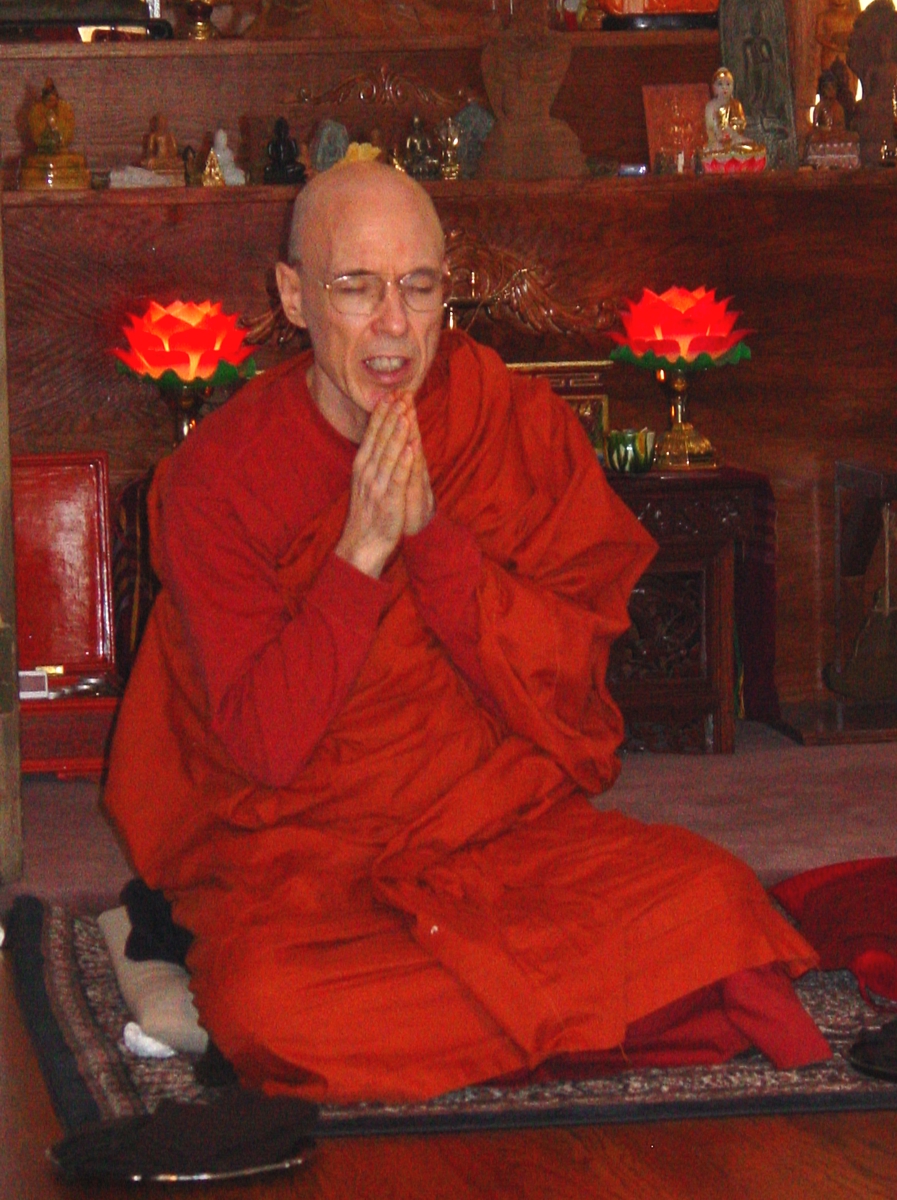 |
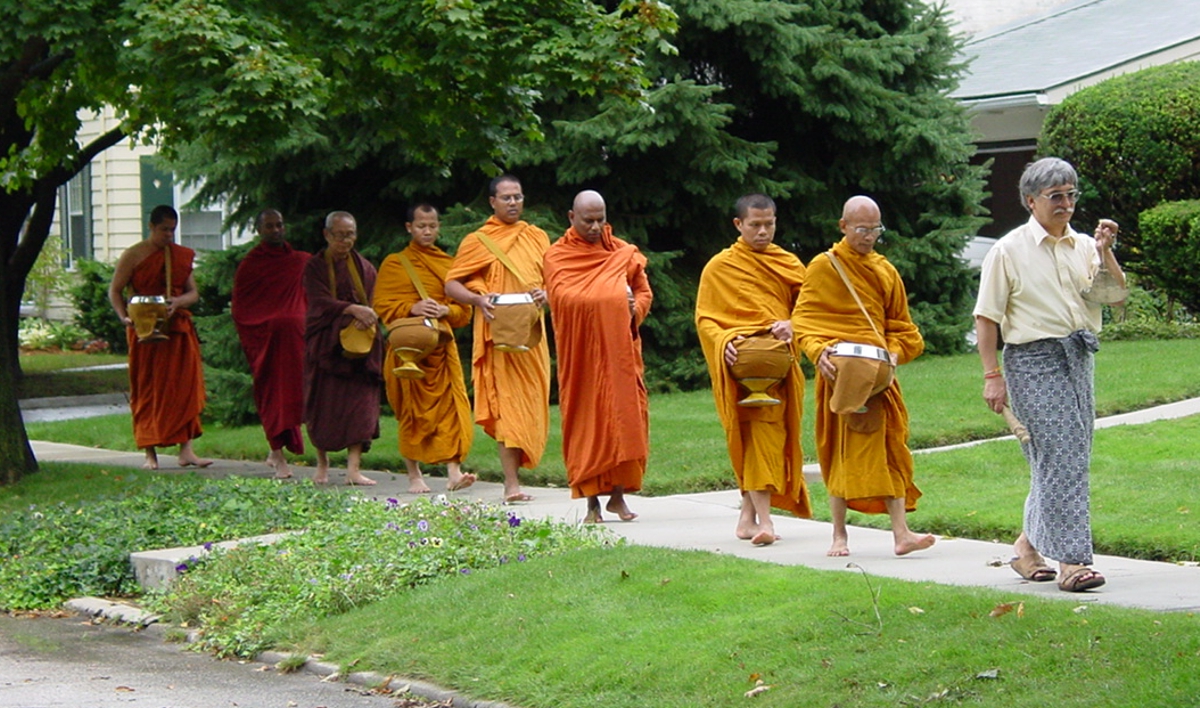 |
|
Still not finished with the Jatakas, we began to feel dissatisfied with living in the US, politically, socially, and financially. We wanted to live in a Buddhist country and decided on Sri Lanka, partly because that was the home of Buddhist Publication Society. In October 2005, we moved to Kandy and were able, at last, to devote ourselves intensively to the task of retelling the Jataka.
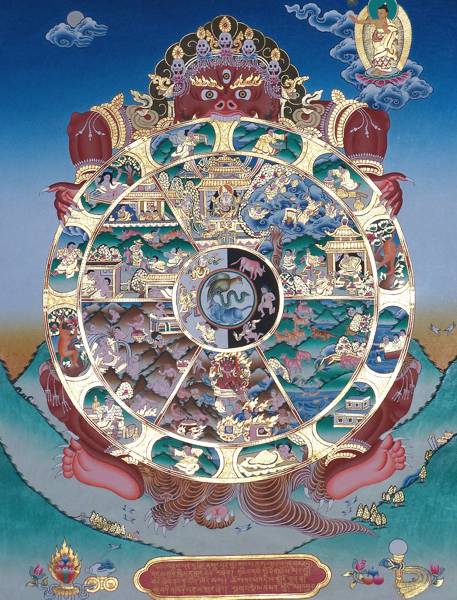 The more we read and reworked the Jatakas, the more we had come to understand and appreciate their profoundness. The introductory stories of the present, usually omitted in collections for children, clearly explain how the Buddha related the story of his past life to the complications of life in this world. Though often taught to members of the Sangha, the story of the past usually involves laypeople, deities, or animals. Thus, they provide profound examples and instructions on how we can practice morality, truthfulness, generosity, nonviolence, compassion, equanimity, and all the other perfections. The identification at the end of each story reveals how the Buddha, his family, and his disciples had been striving together in many forms over many eons. Thus, we came to understand that many of the beings, both people and animals, we meet in this life have been with us in past lives, and that we will come in contact with them again and again as Samsara rolls on and we all strive to reach the goal. The sure knowledge that even the wicked, jealous Devadatta will one day become a Pacceka Buddha teaches that, in time, all can realize the truth and that, therefore, we need to extend our compassion and loving-kindness to the seemingly evil and wicked individuals and leaders causing great suffering and threatening to destroy our present world.
The more we read and reworked the Jatakas, the more we had come to understand and appreciate their profoundness. The introductory stories of the present, usually omitted in collections for children, clearly explain how the Buddha related the story of his past life to the complications of life in this world. Though often taught to members of the Sangha, the story of the past usually involves laypeople, deities, or animals. Thus, they provide profound examples and instructions on how we can practice morality, truthfulness, generosity, nonviolence, compassion, equanimity, and all the other perfections. The identification at the end of each story reveals how the Buddha, his family, and his disciples had been striving together in many forms over many eons. Thus, we came to understand that many of the beings, both people and animals, we meet in this life have been with us in past lives, and that we will come in contact with them again and again as Samsara rolls on and we all strive to reach the goal. The sure knowledge that even the wicked, jealous Devadatta will one day become a Pacceka Buddha teaches that, in time, all can realize the truth and that, therefore, we need to extend our compassion and loving-kindness to the seemingly evil and wicked individuals and leaders causing great suffering and threatening to destroy our present world.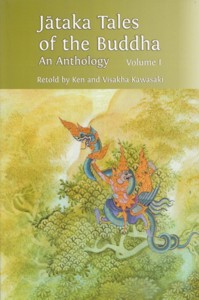 |
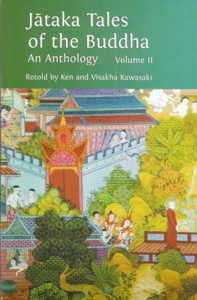 |
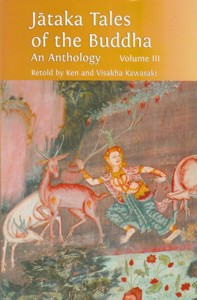 |
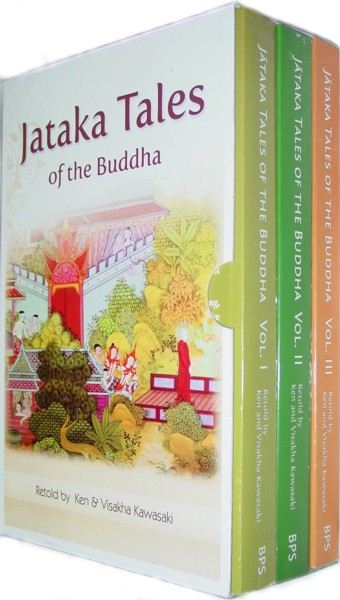 |
|
We mentioned earlier that, from the beginning, we intended to use the Jatakas in our ESL classes. We had not been able to incorporate them fully into a syllabus until we began teaching monks and nuns in Sri Lanka. With these classes, both weekly and intensive, the stories were perfect reading/study material. For many of them, we created exercises to enhance comprehension and to encourage the students to consider and to discuss the Dhamma in the stories. We adapted several of the stories as playscripts and had the students present them as dramas. Particularly enjoyable were "It's All the King's Fault" at one of the Bodhisukha intensives and "The Rabbit in the Moon" with a class of novices at Vajirarama. The audio recording of some of these dramatizations can be heard on our website.
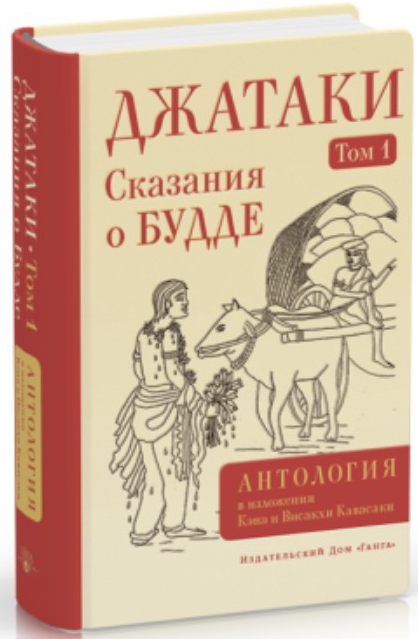 |
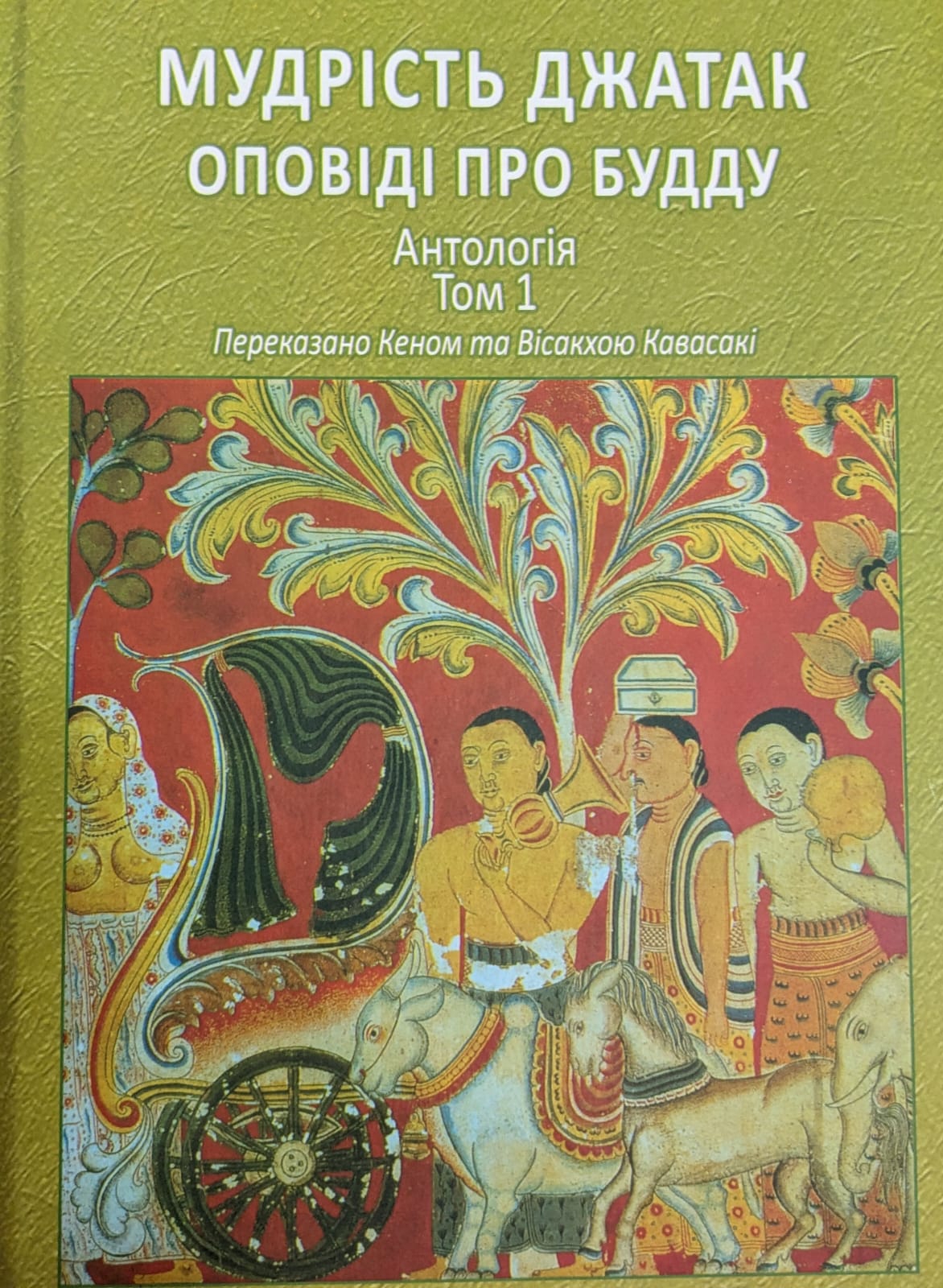 |
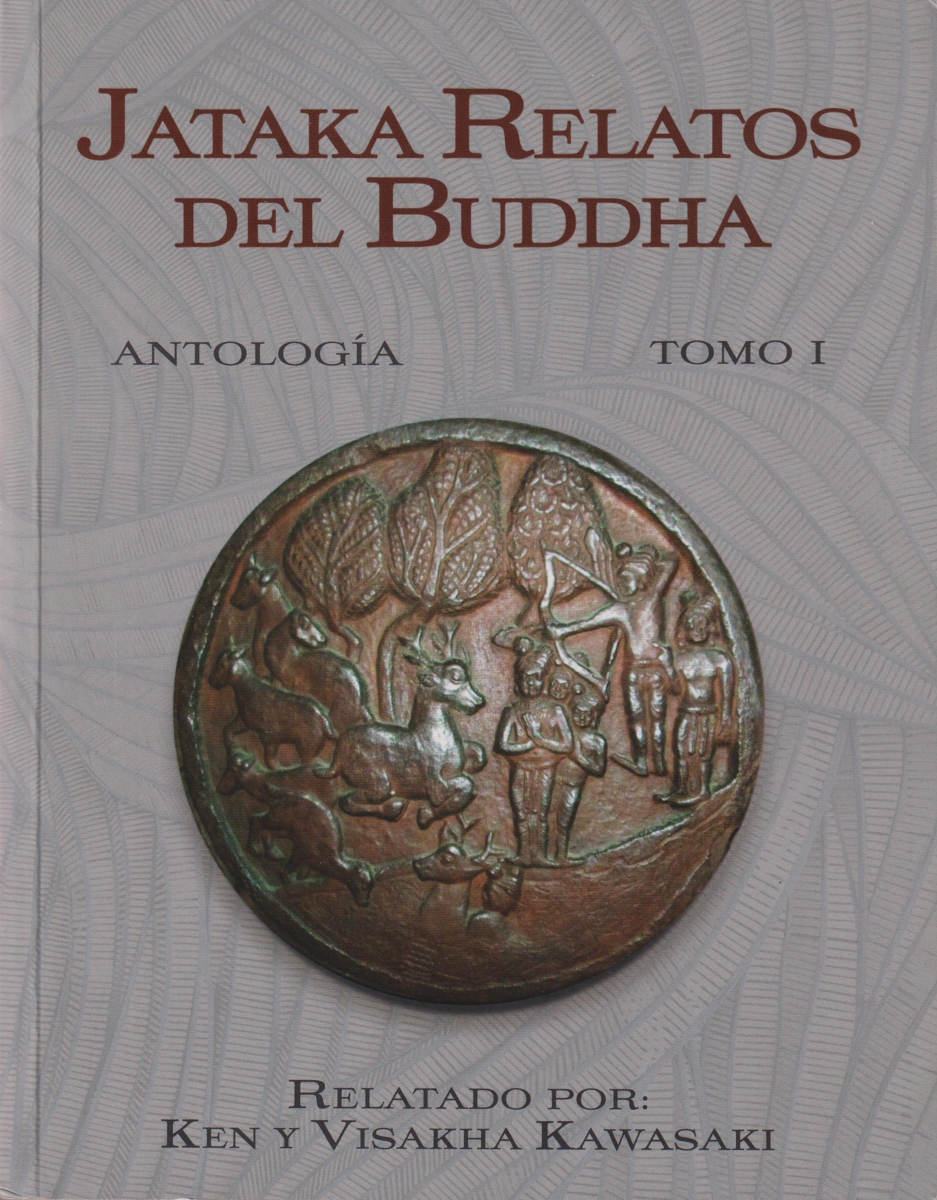 |
|
{Each of the pictures along the sides can be enlarged with a click}
 |
|
 |
|
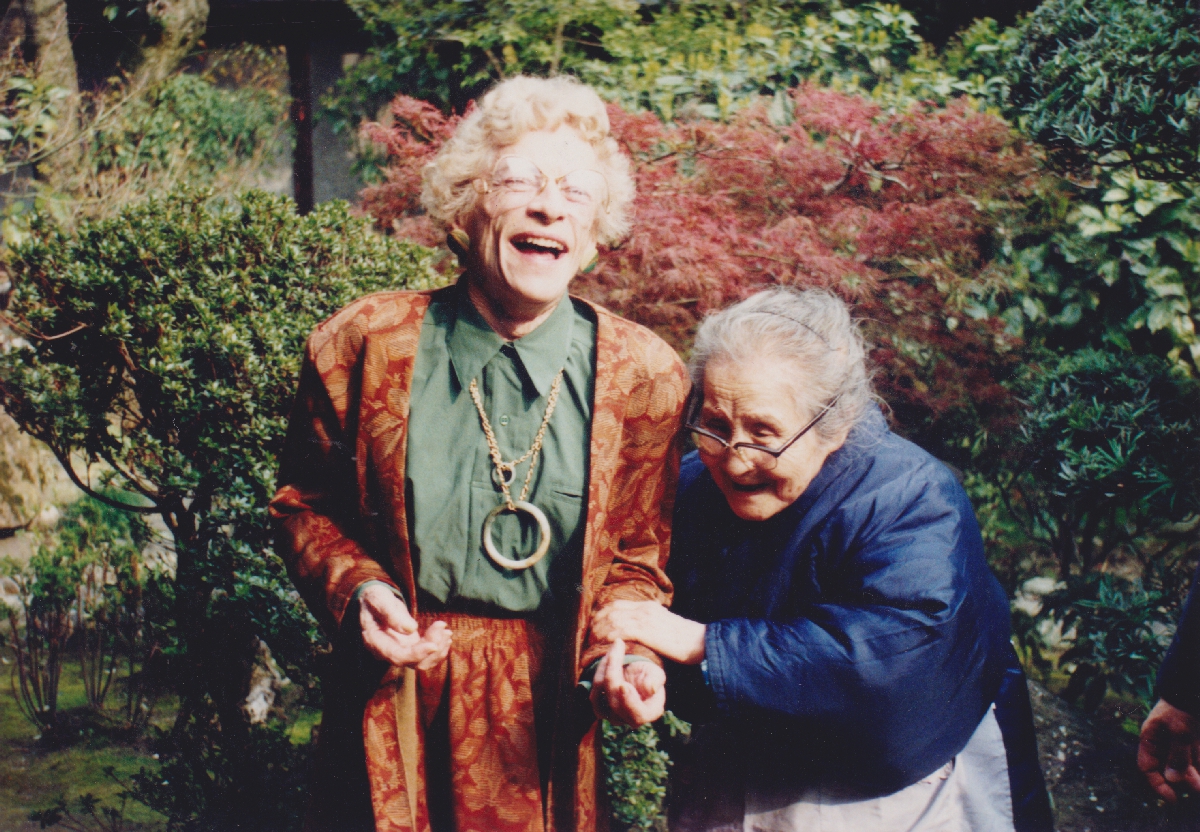 |
|
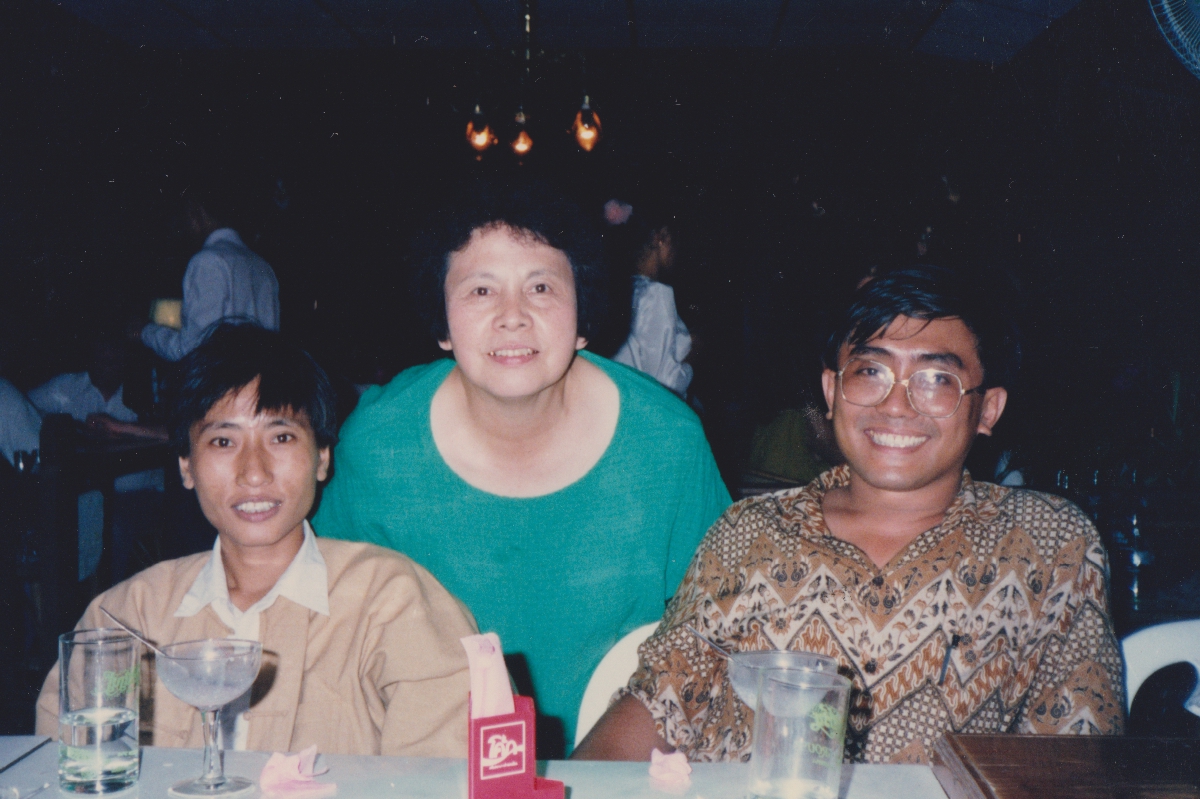 |
|
 |
|
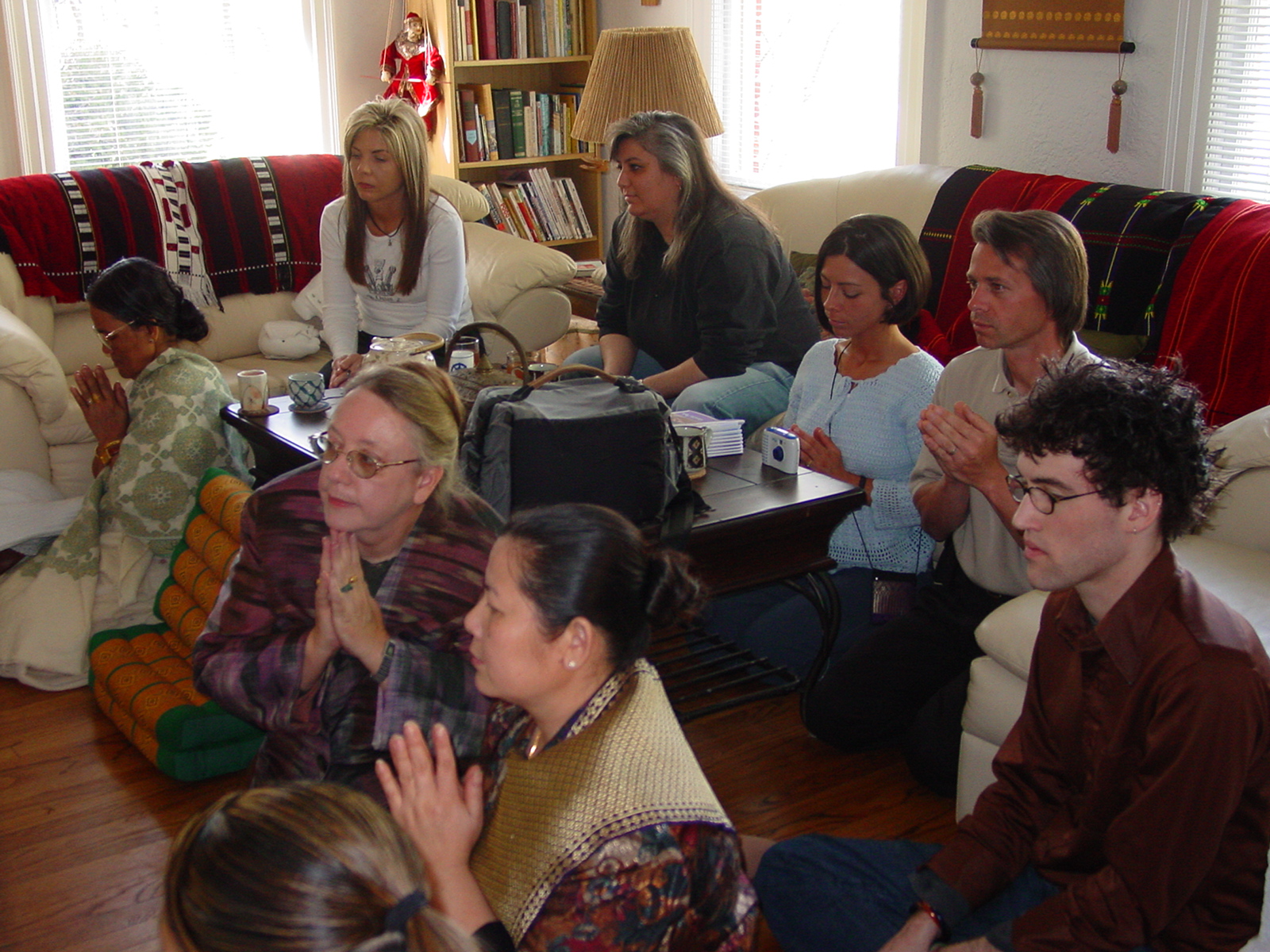 |
|
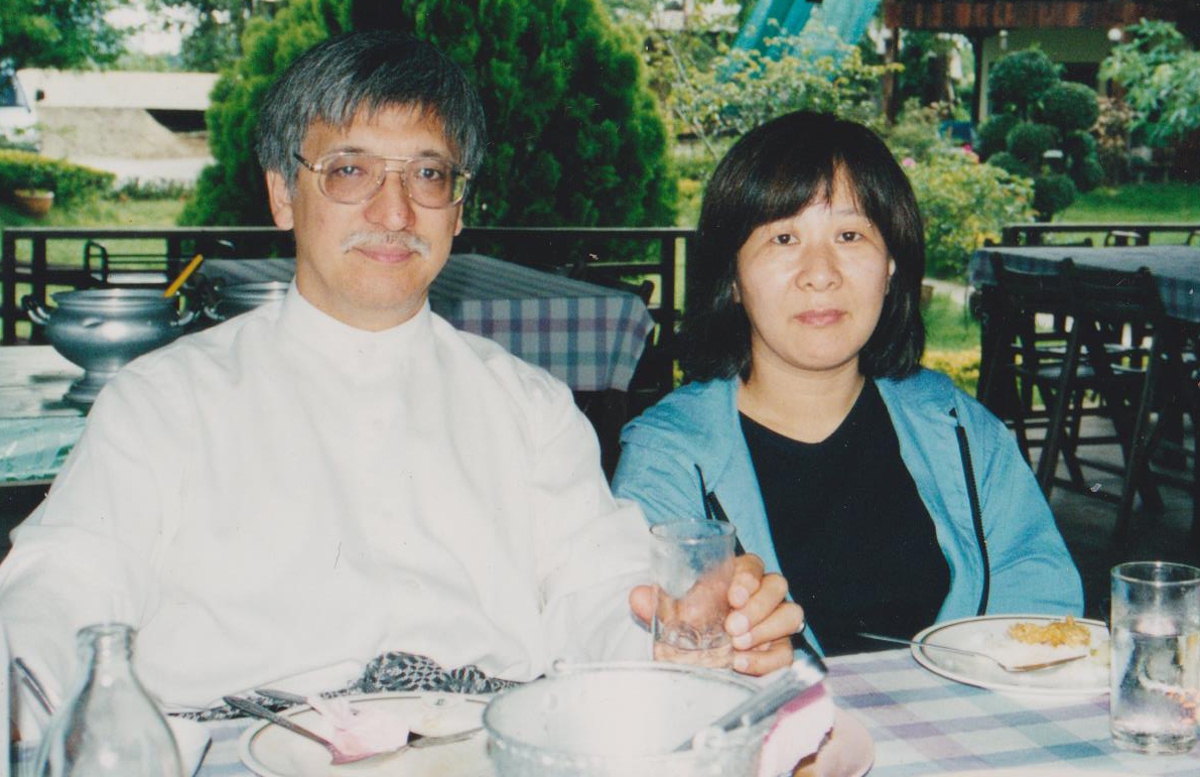 |
|
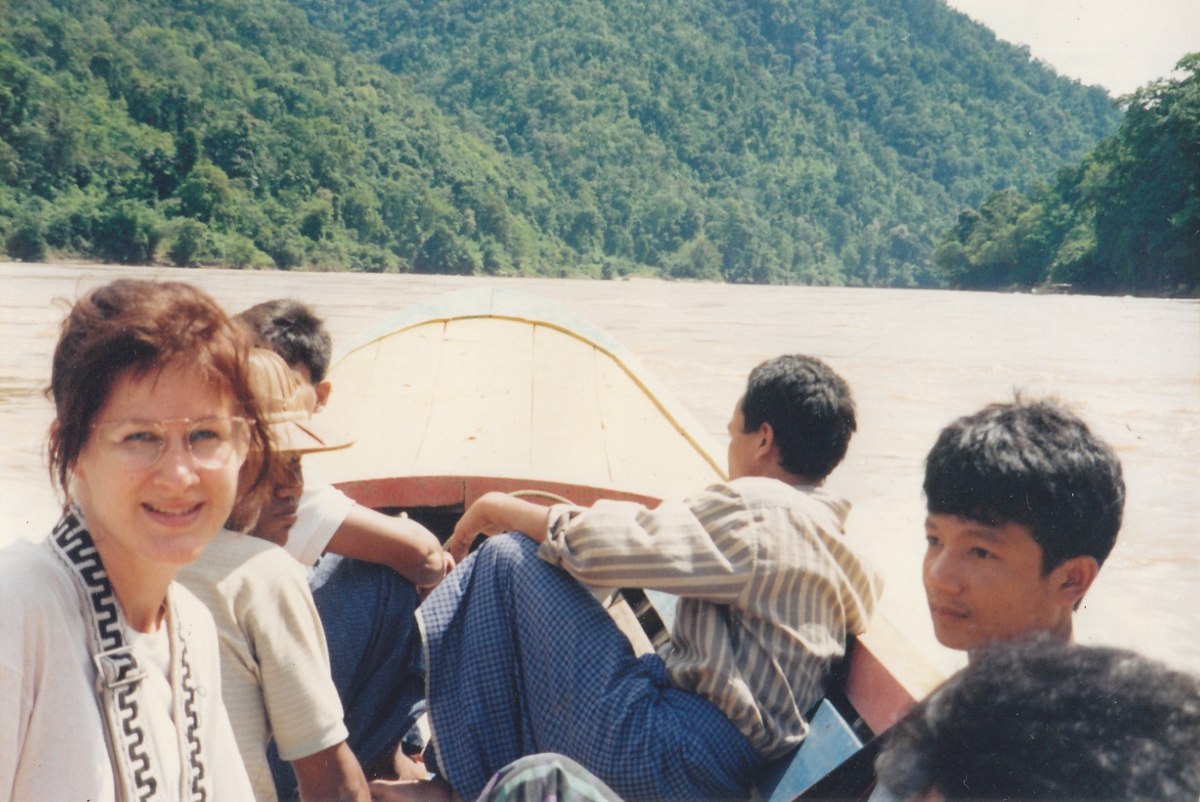 |
|
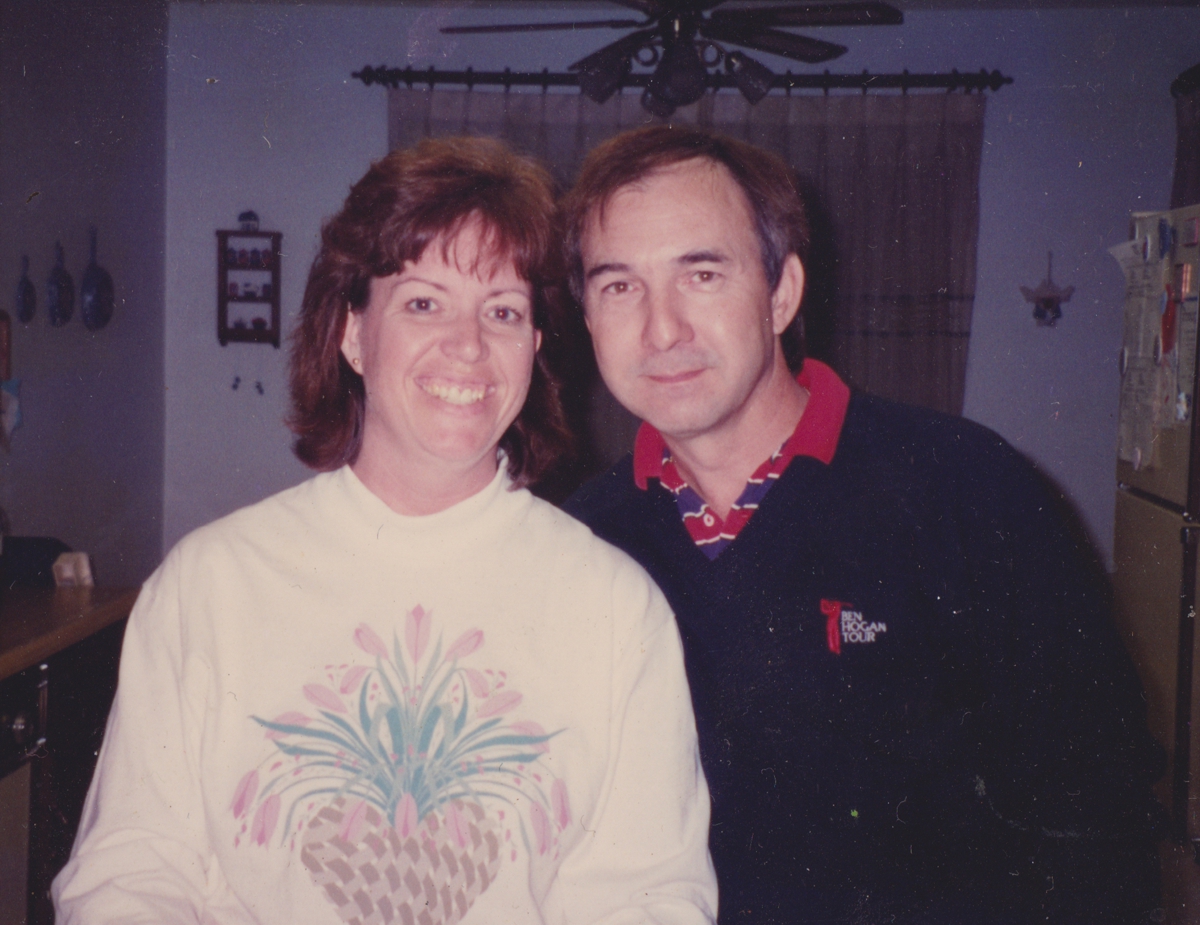 |
|
 |
|
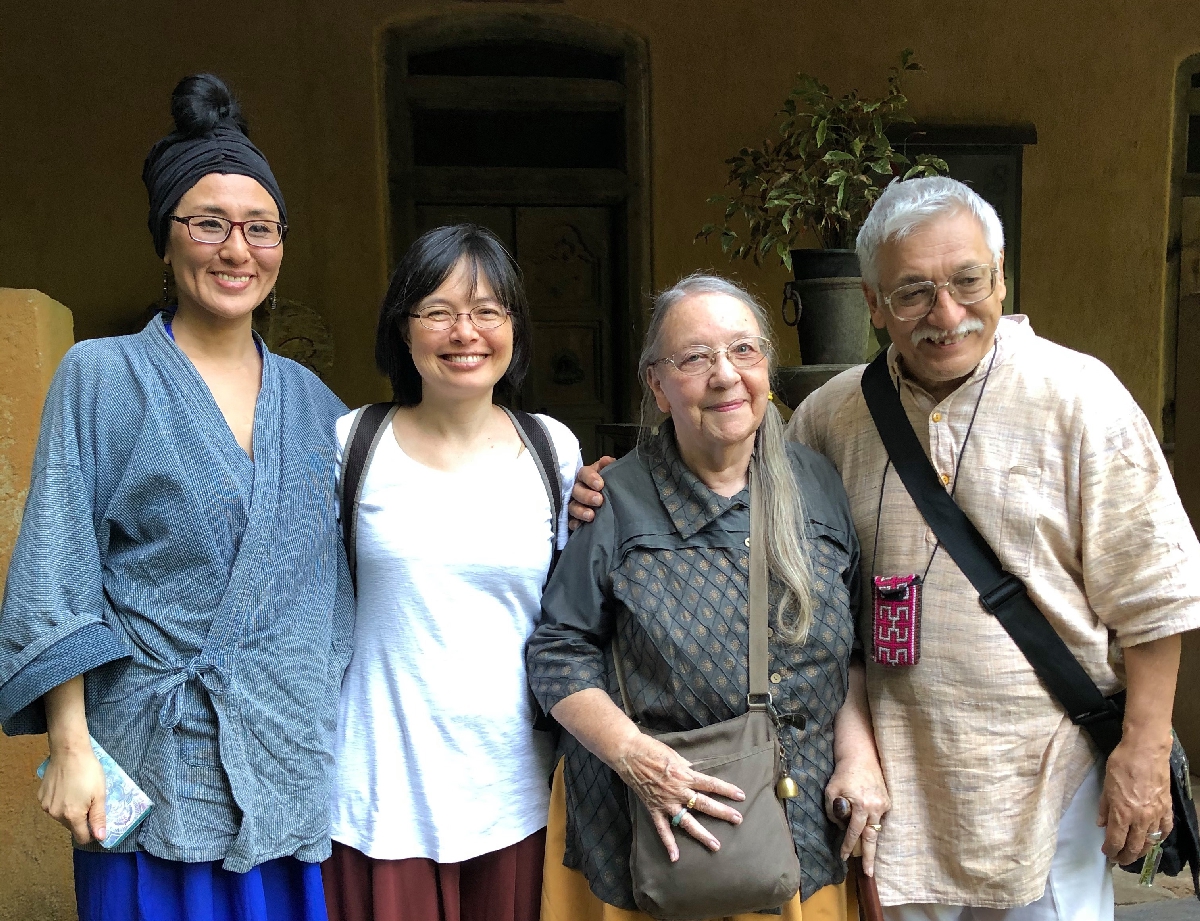 |
|
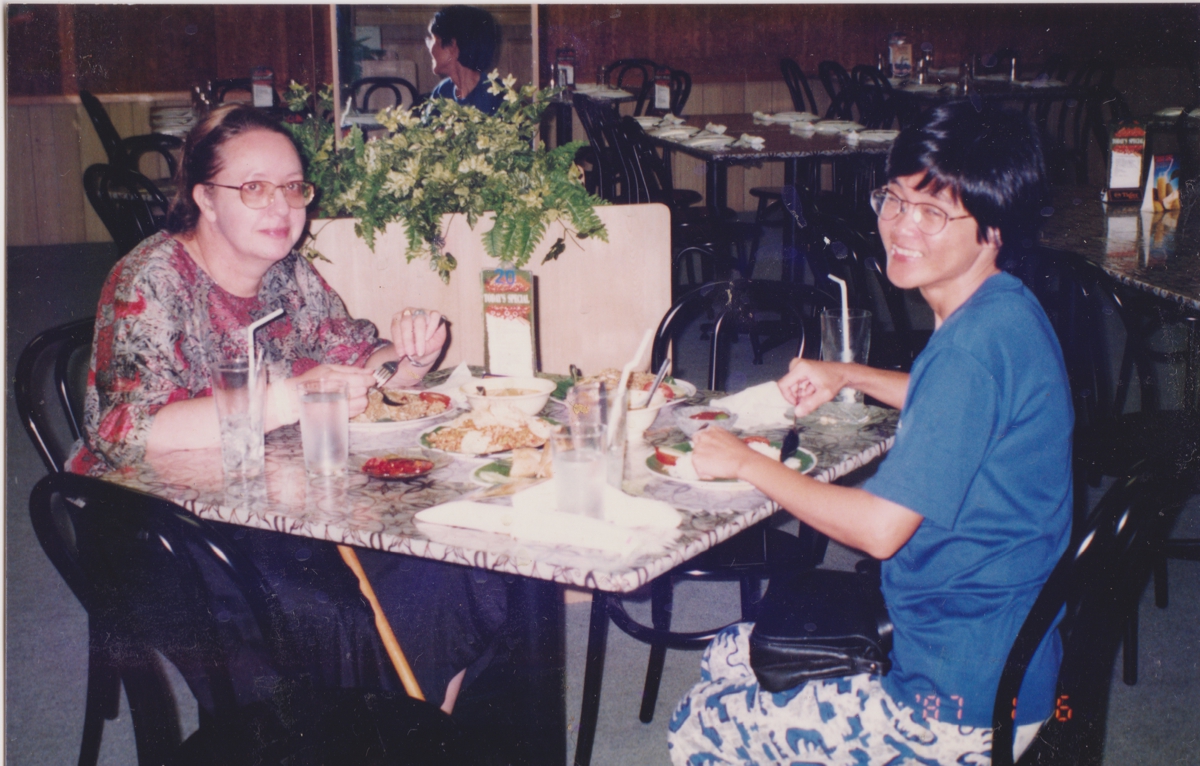 |
|
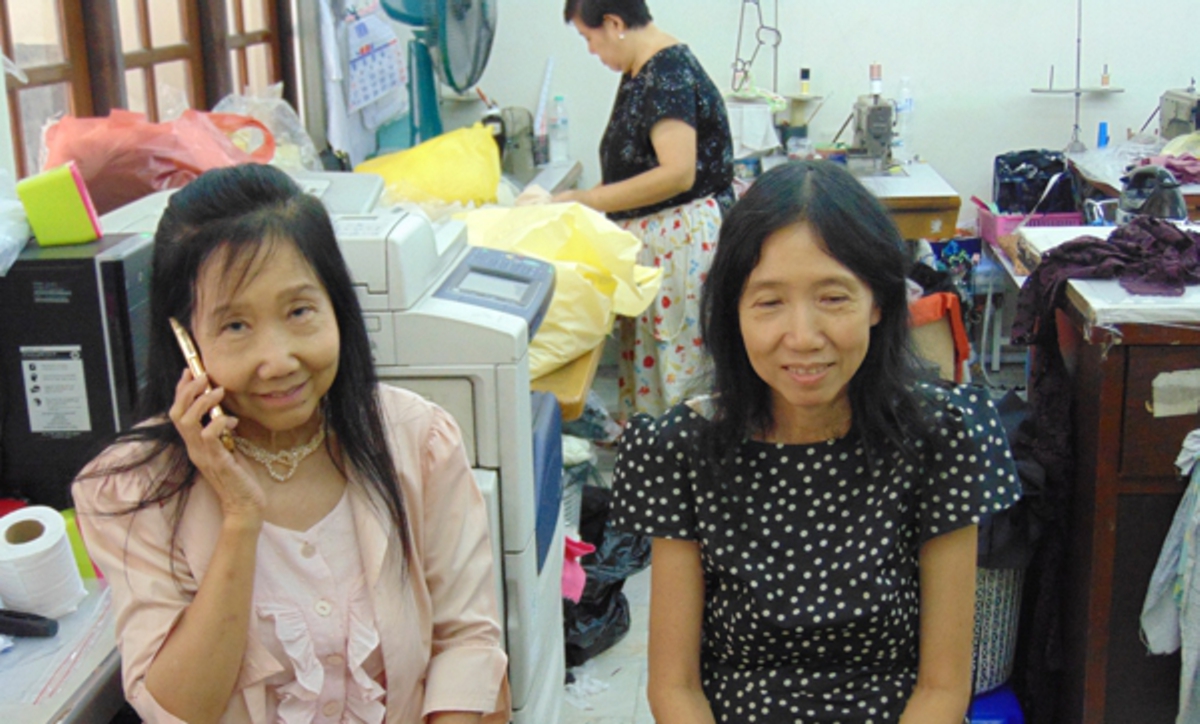 |
|
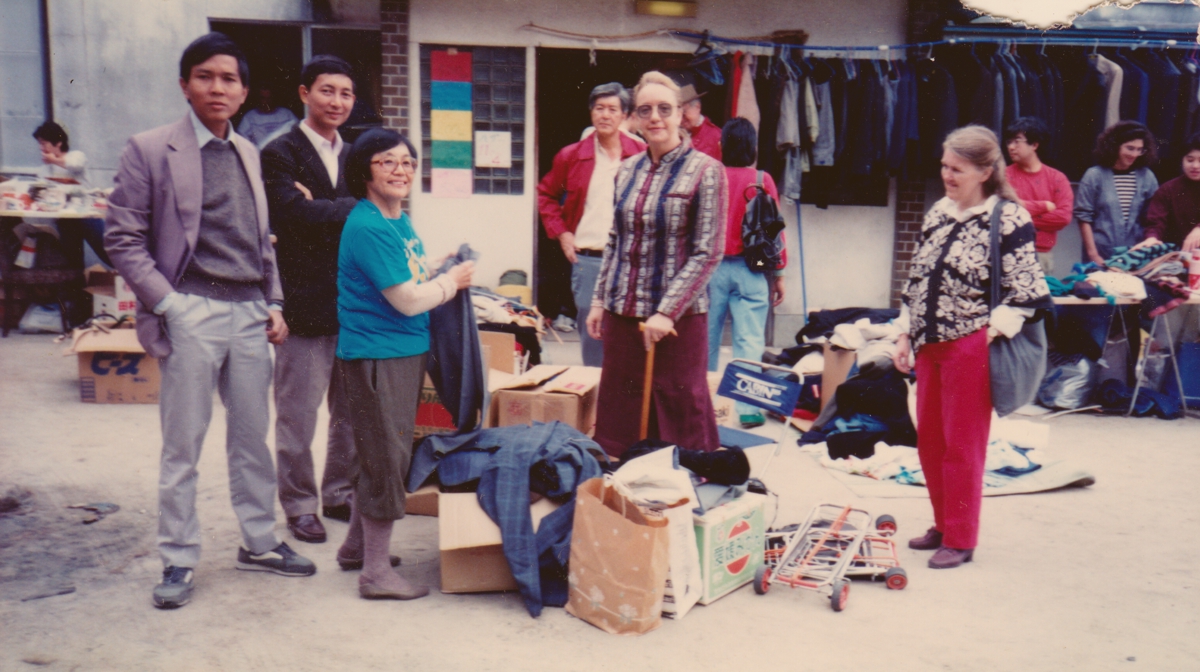 |
|
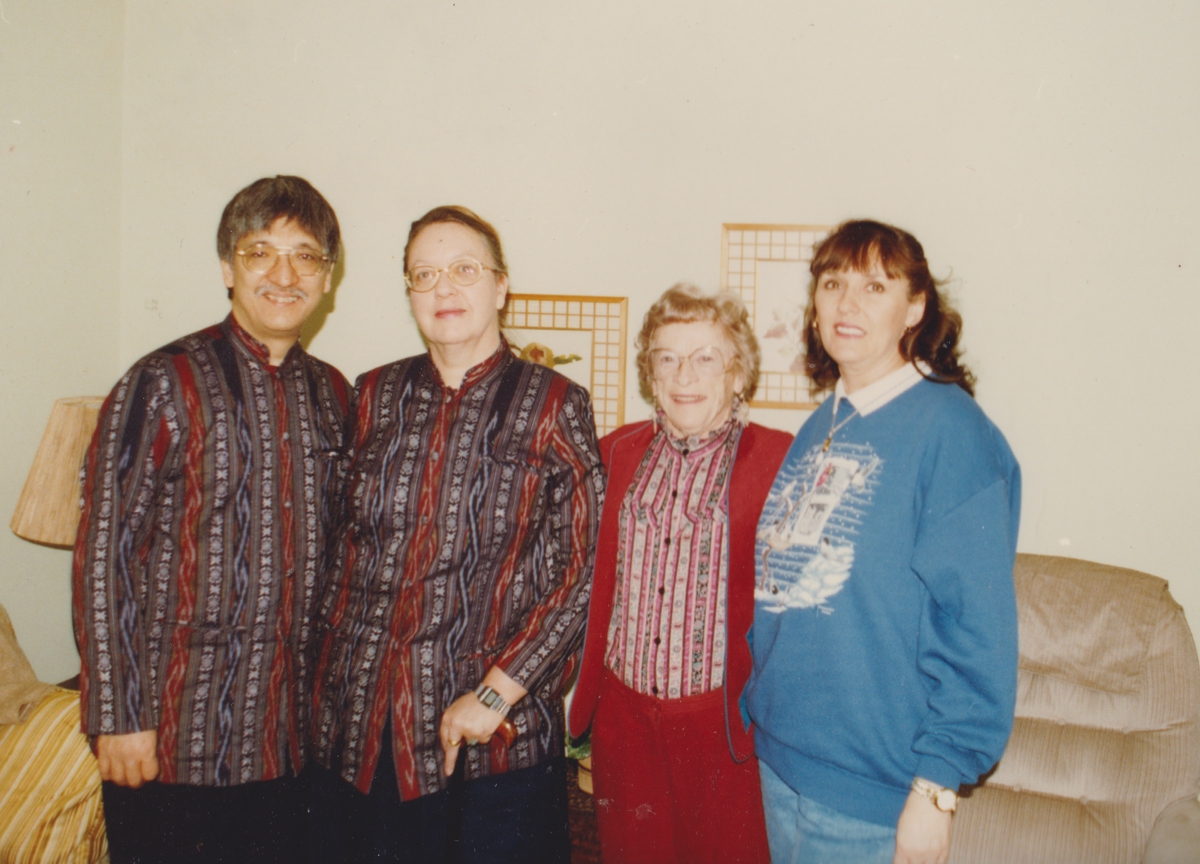 |
|
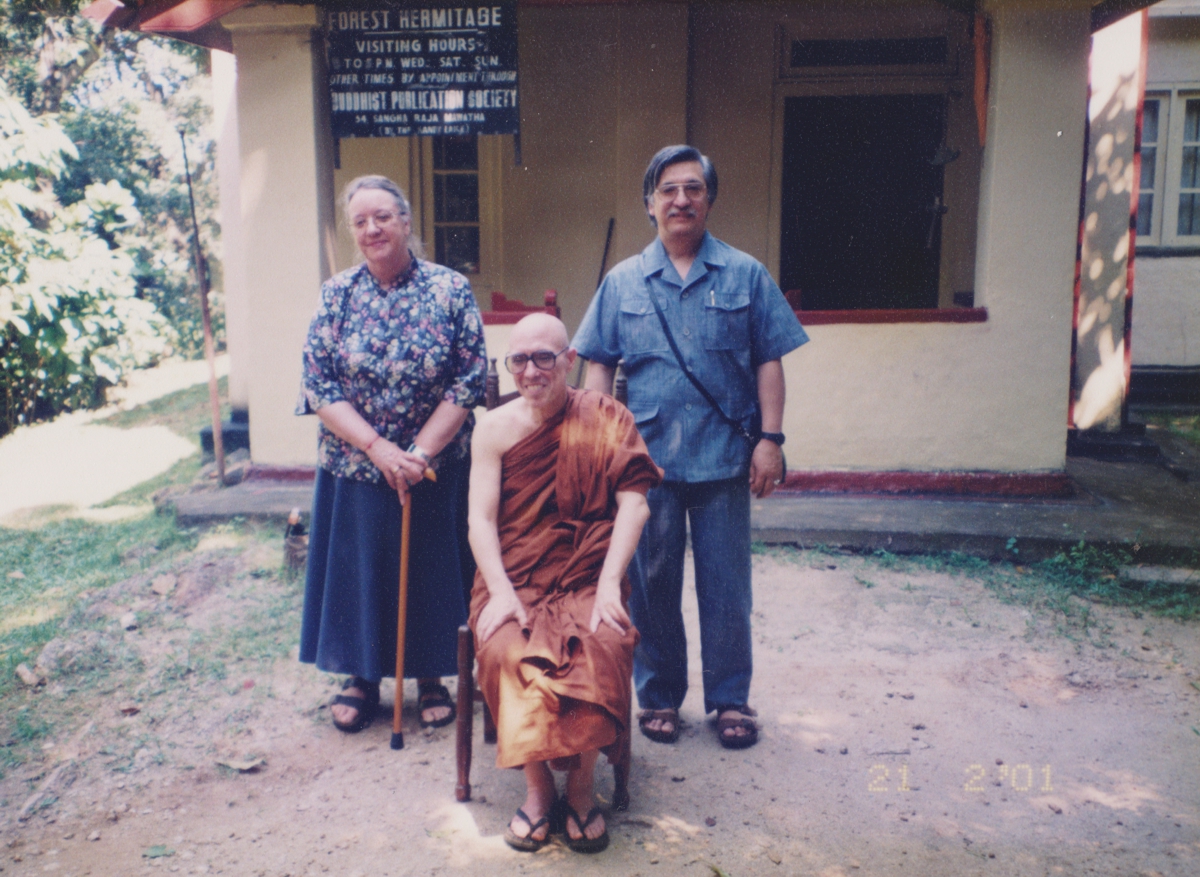 |
|
 |
|
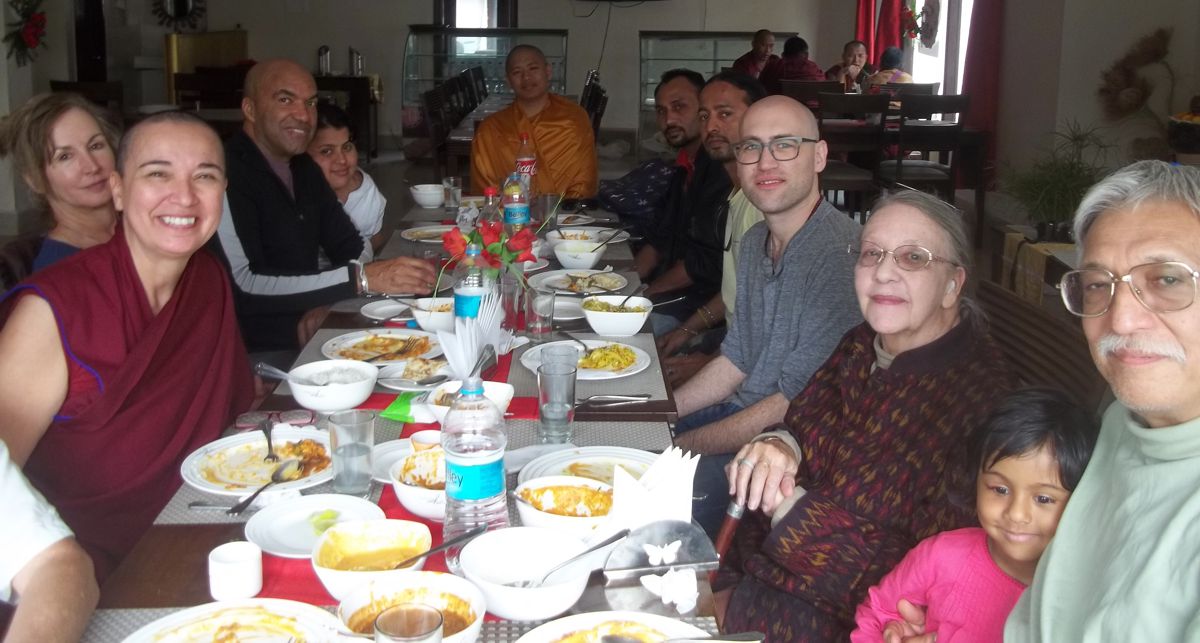 |
|
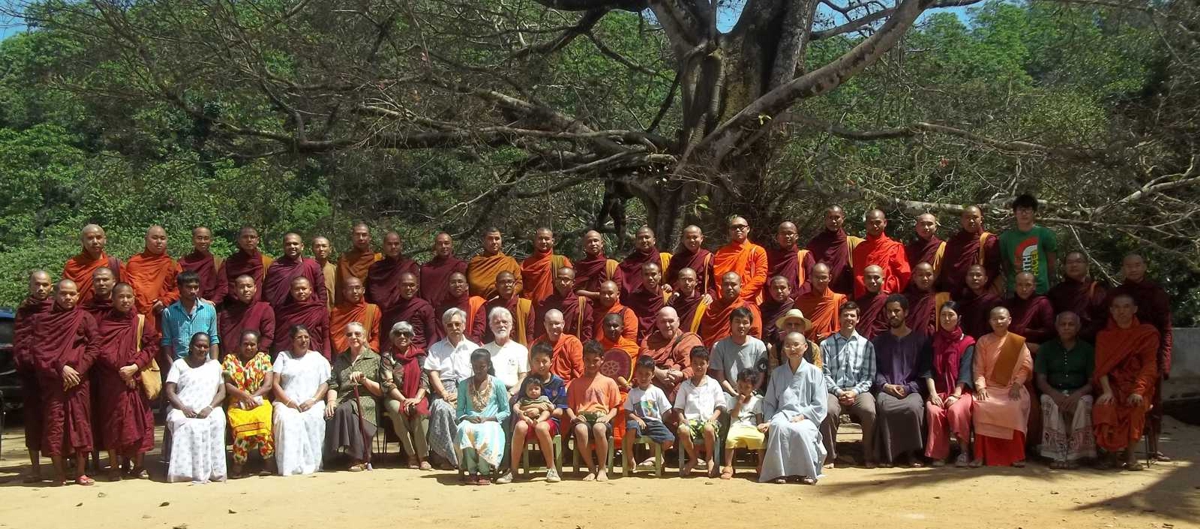 |
|
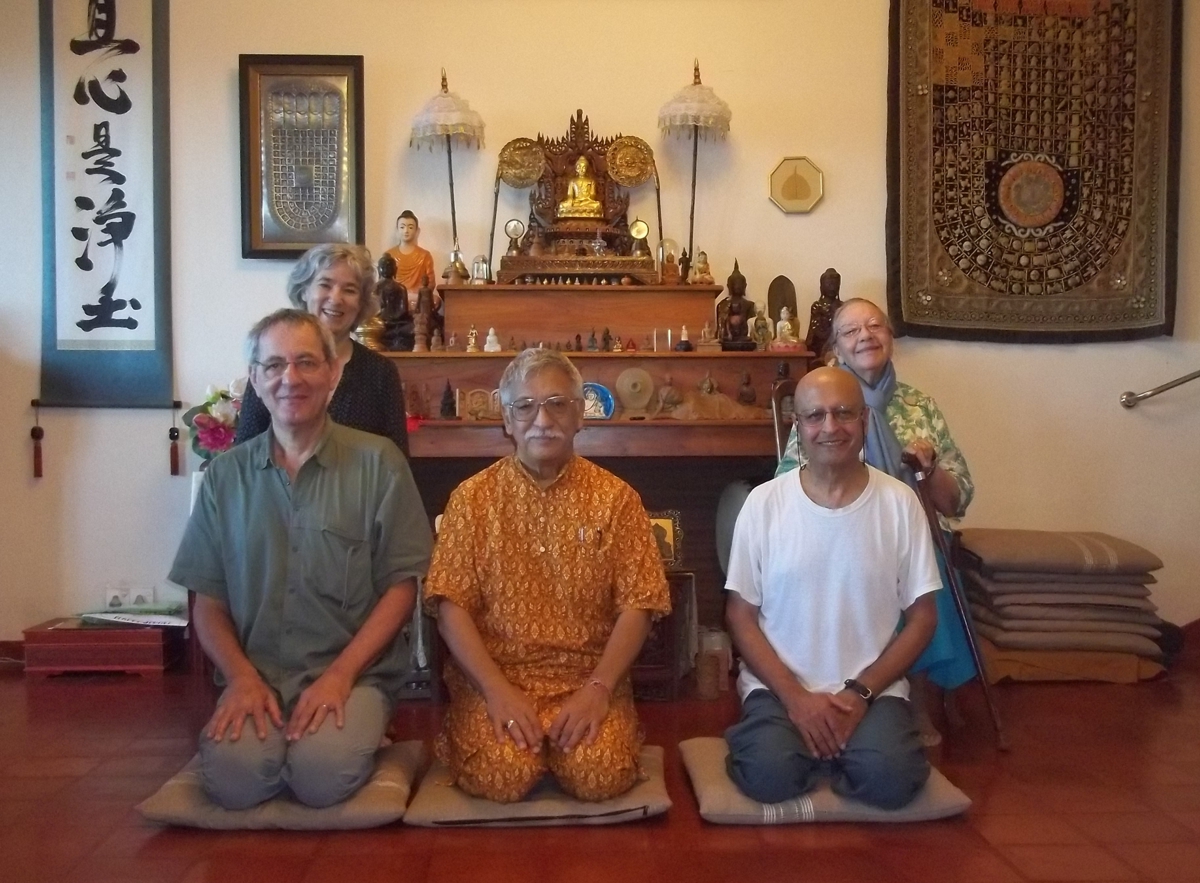 |
|
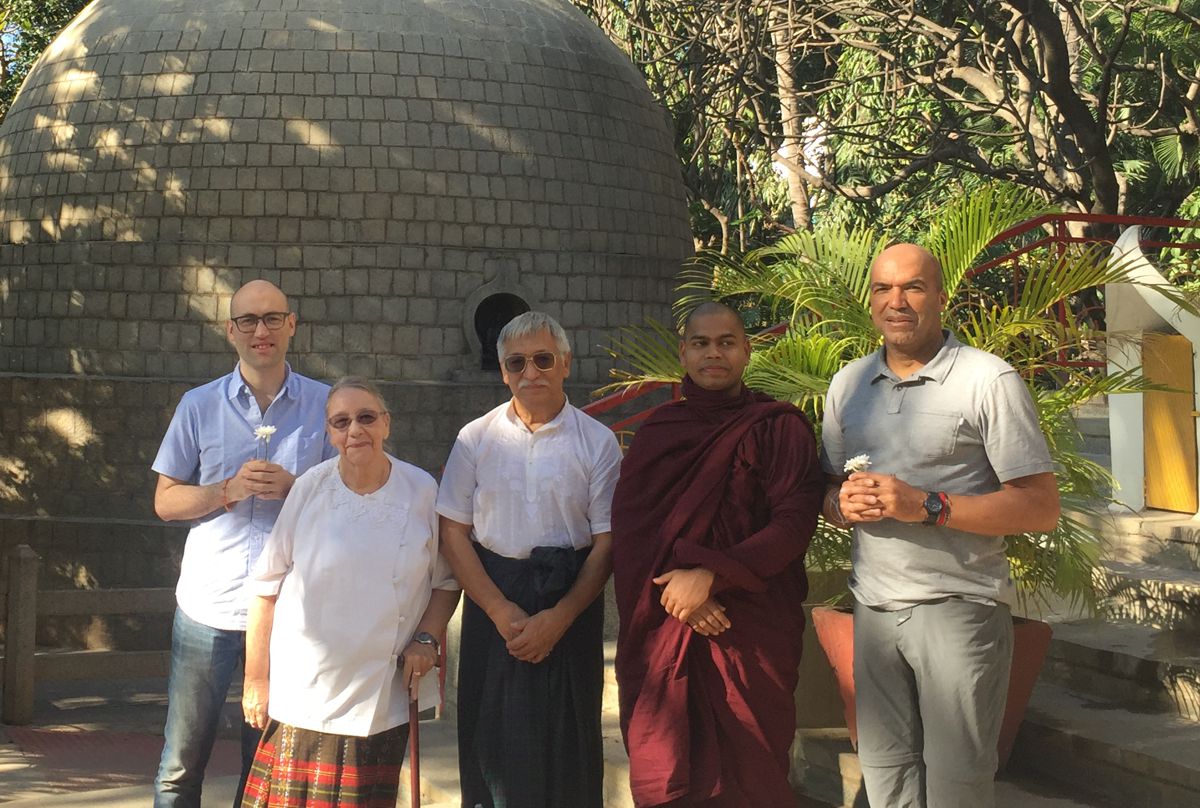 |
|
 |
|
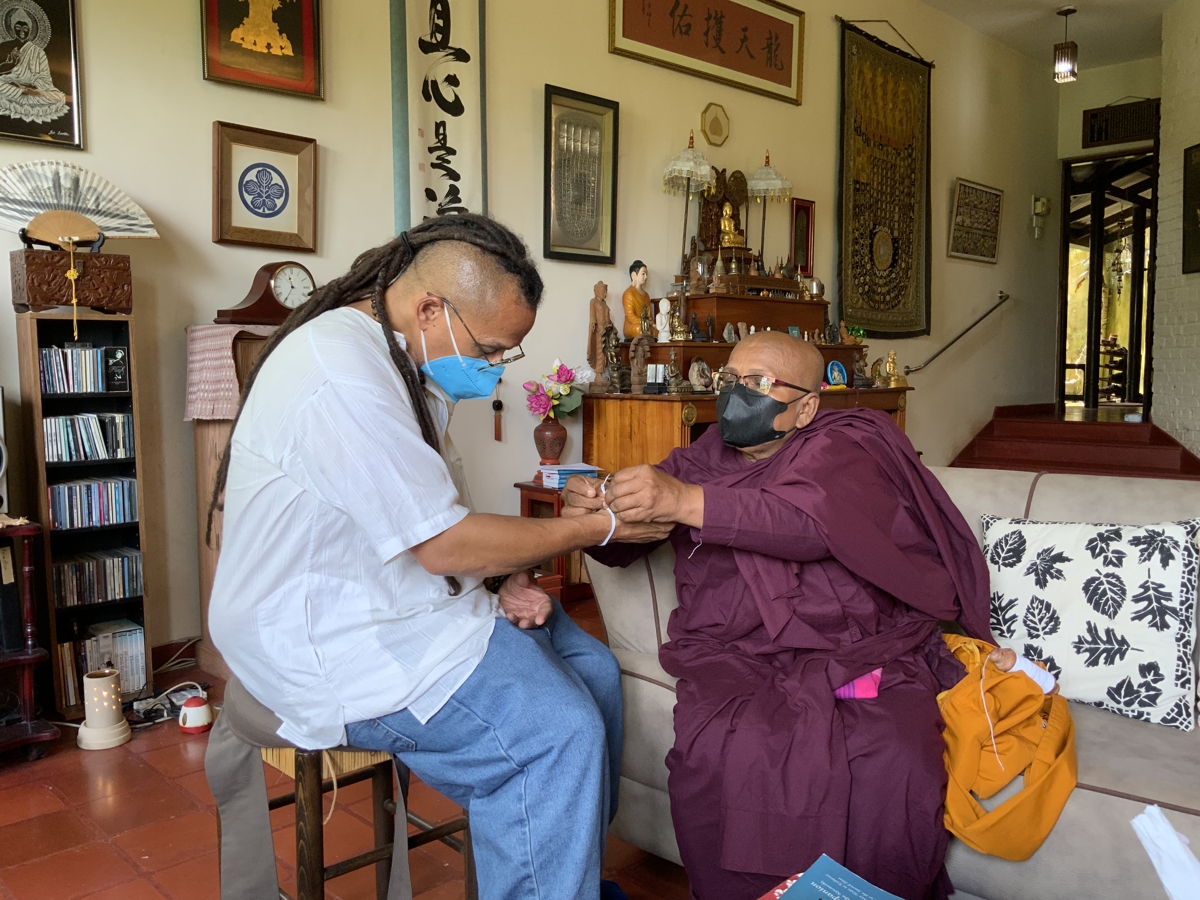 |
|
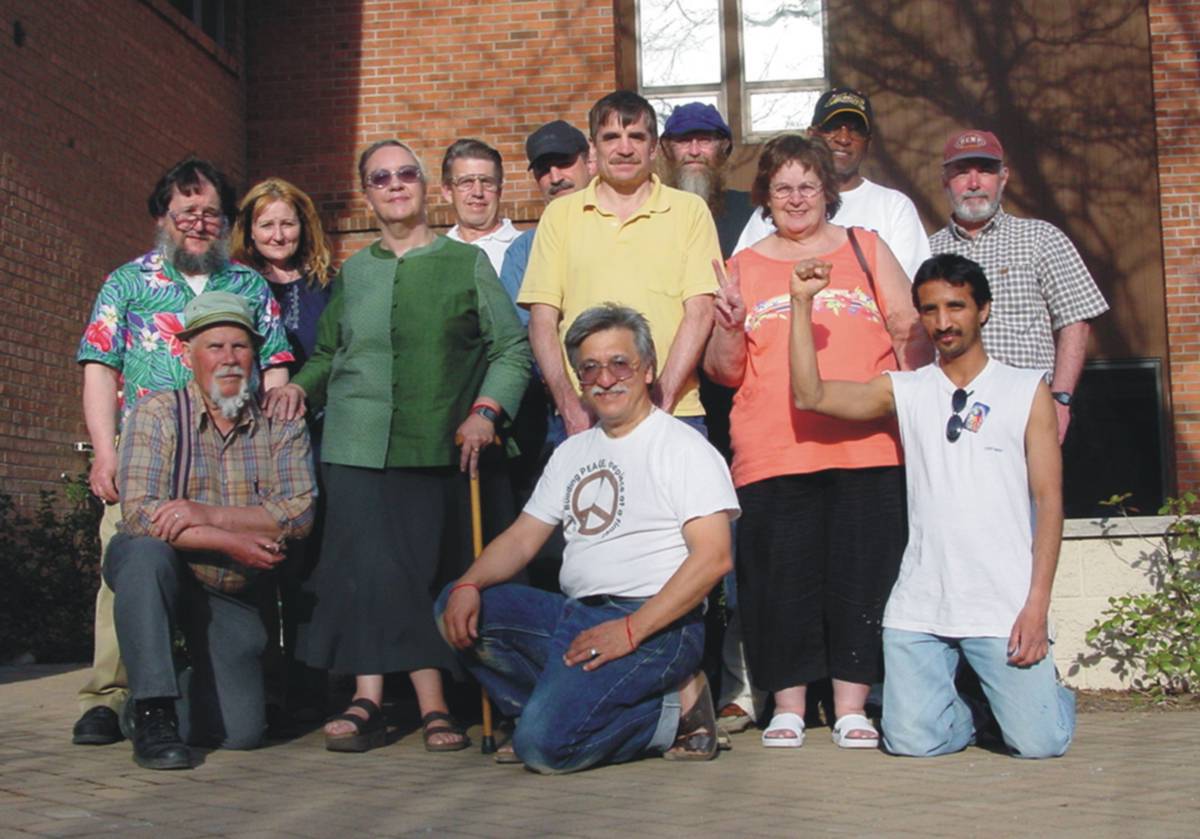 |
|
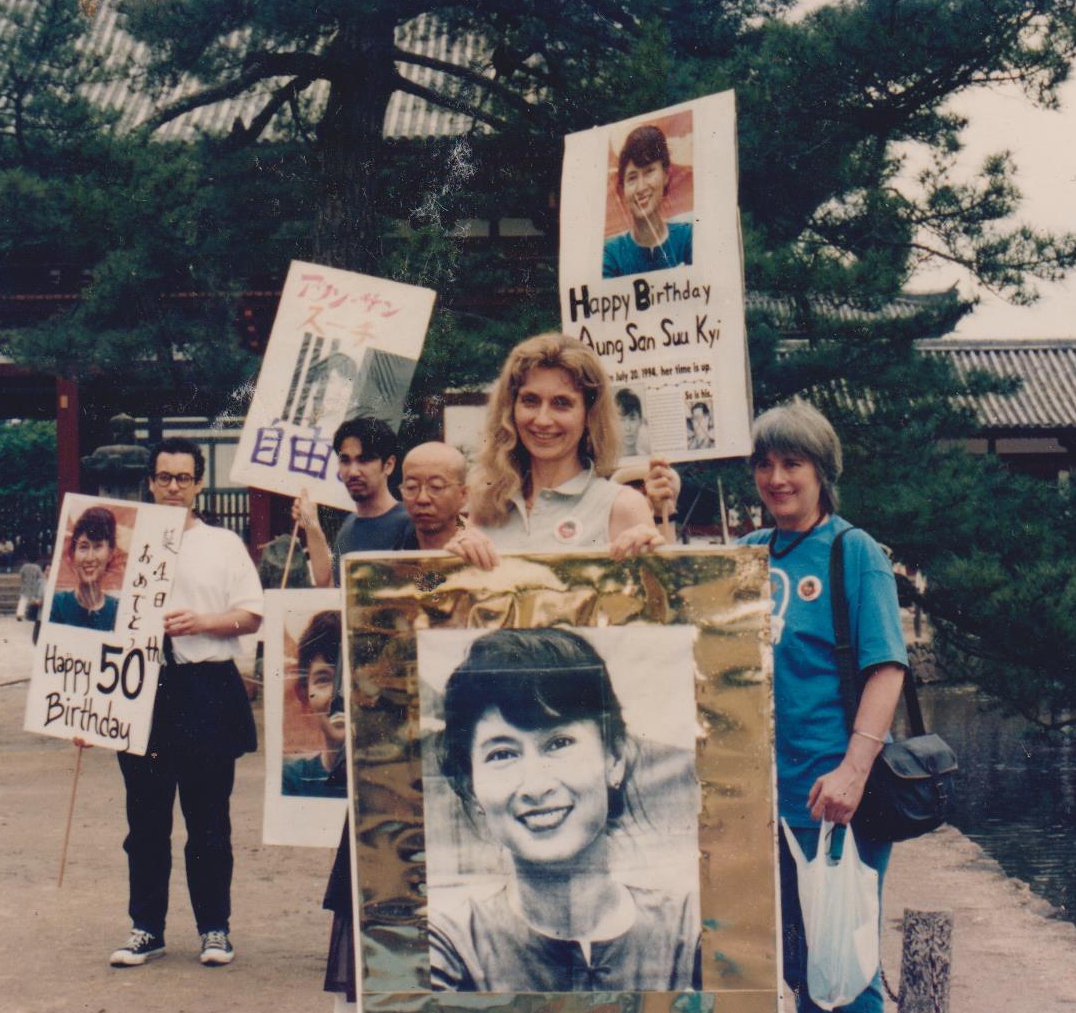 |
|
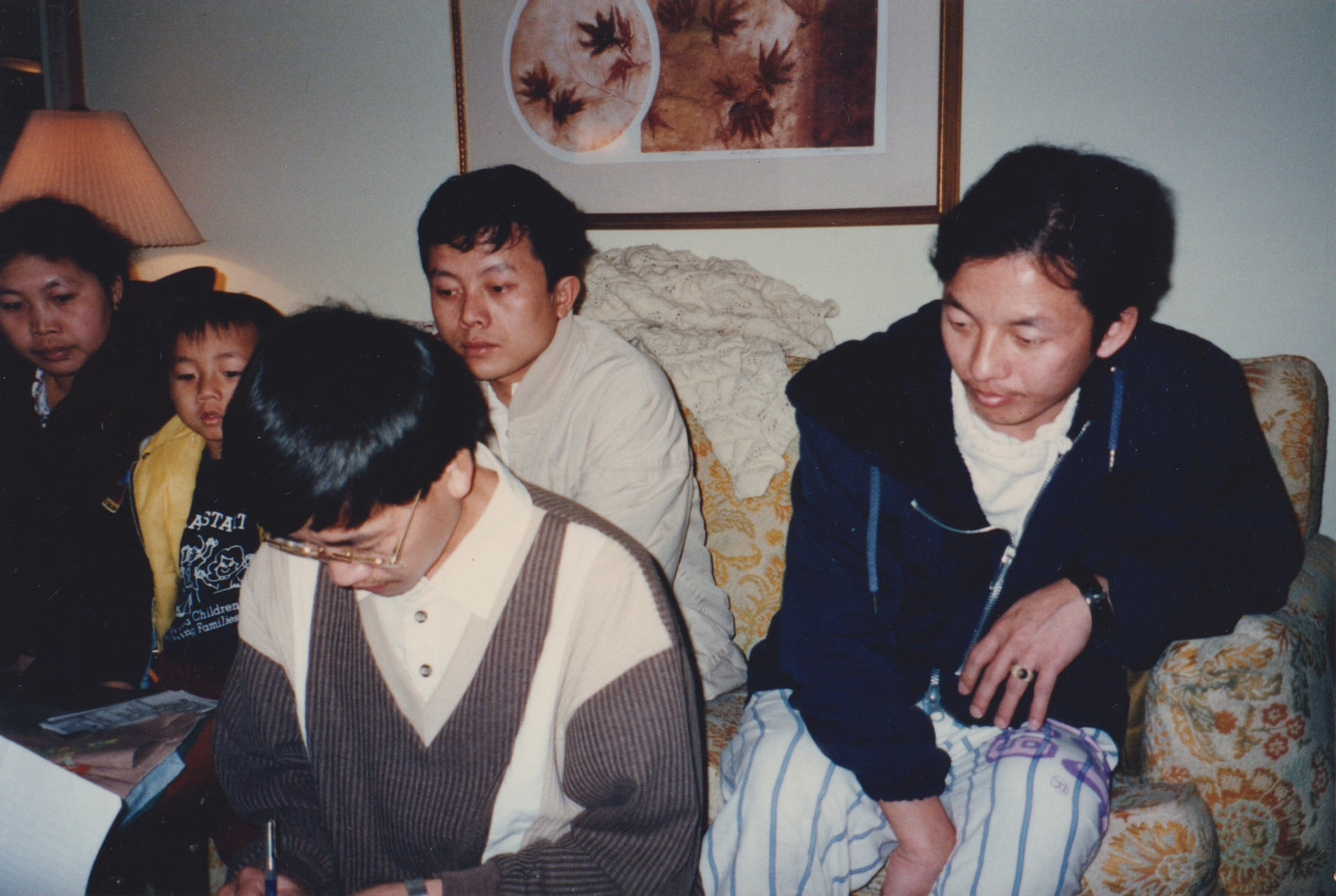 |
|
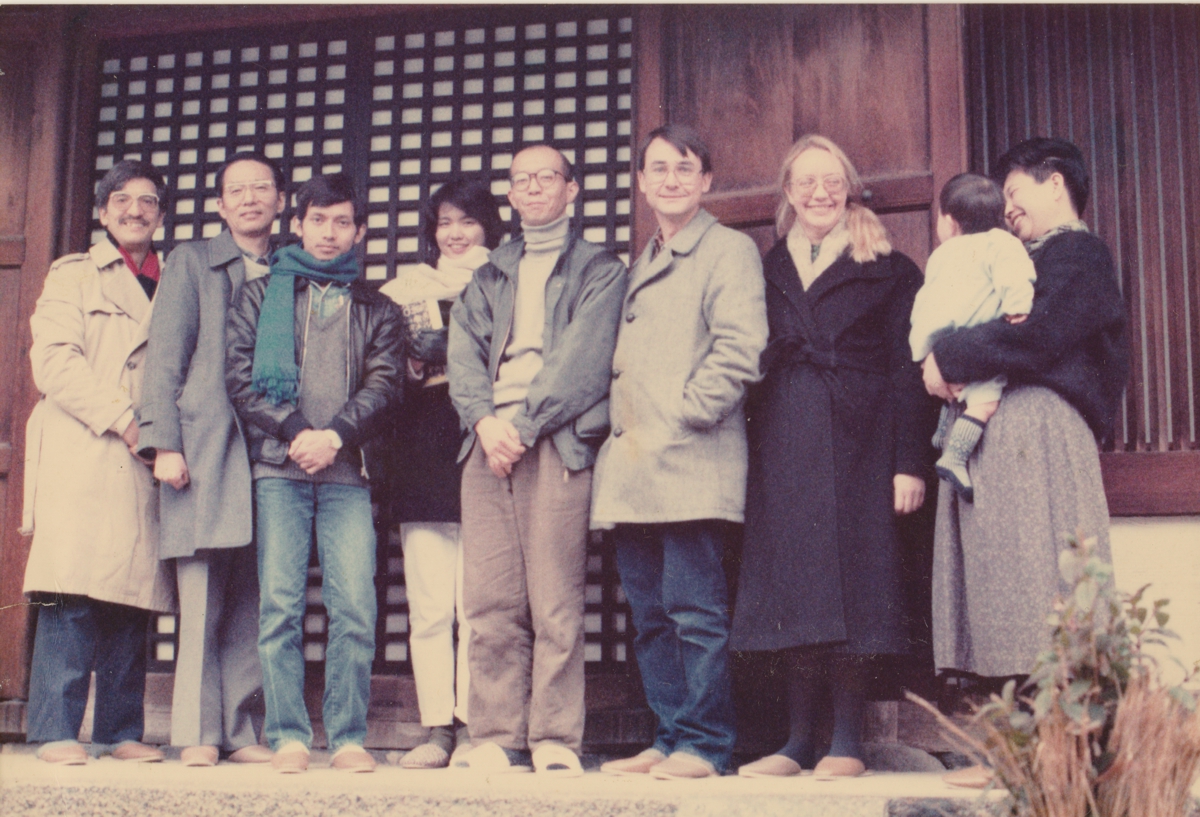 |
|
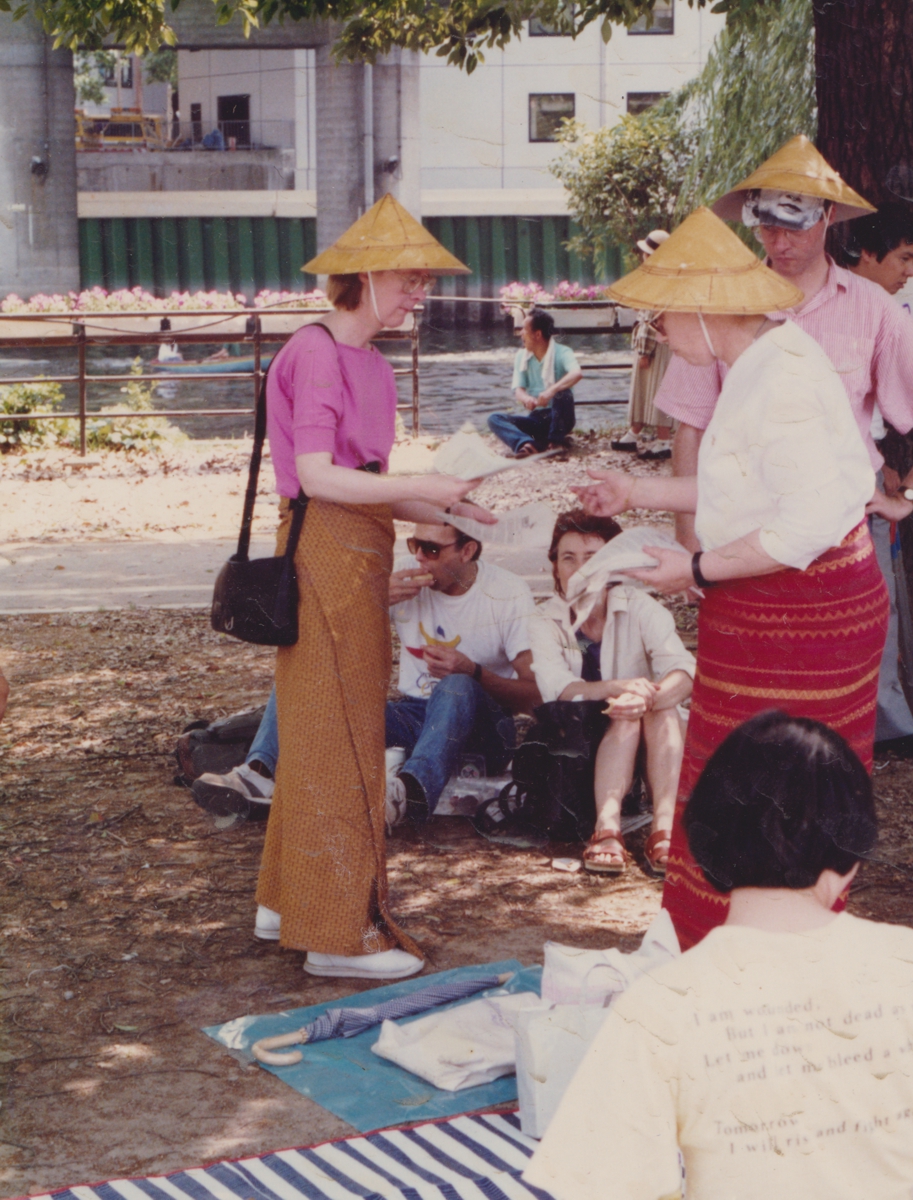 |
|
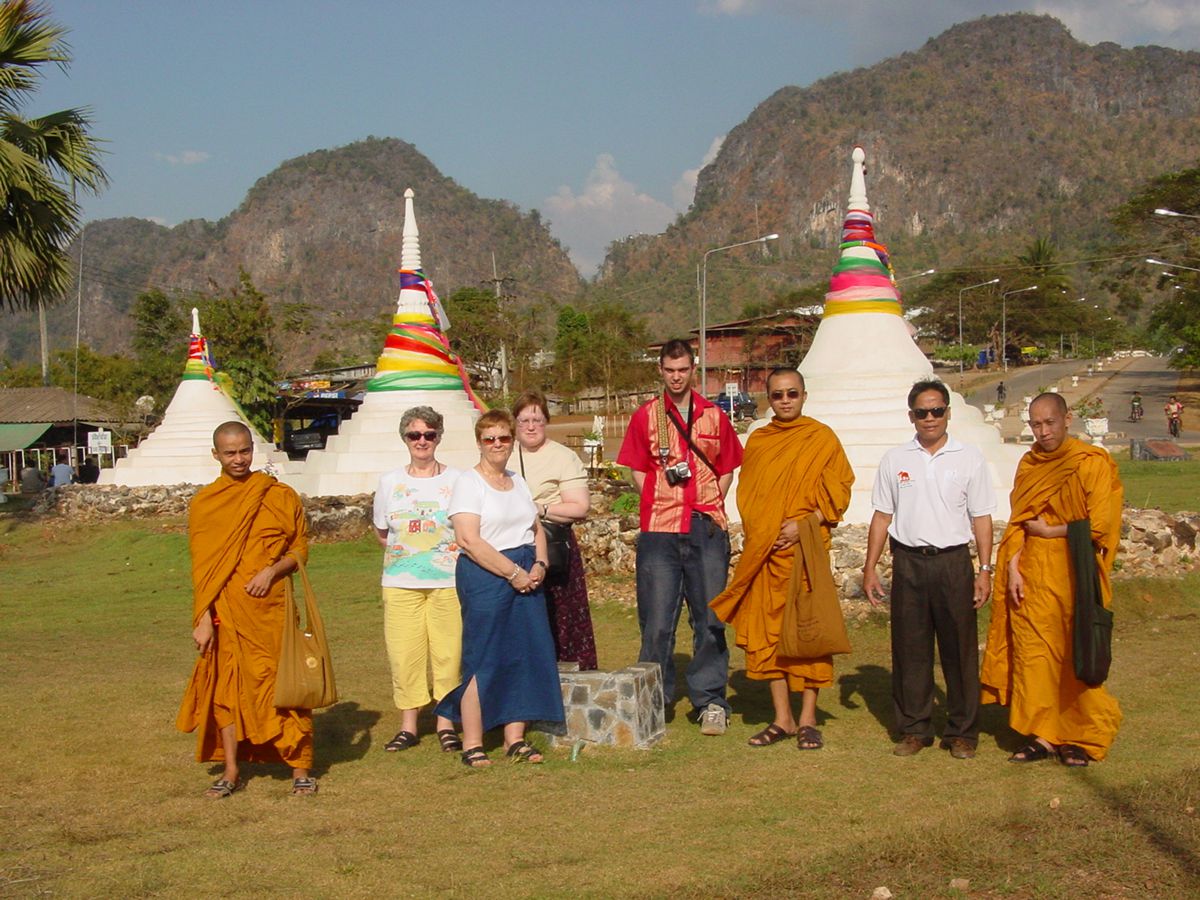 |
|
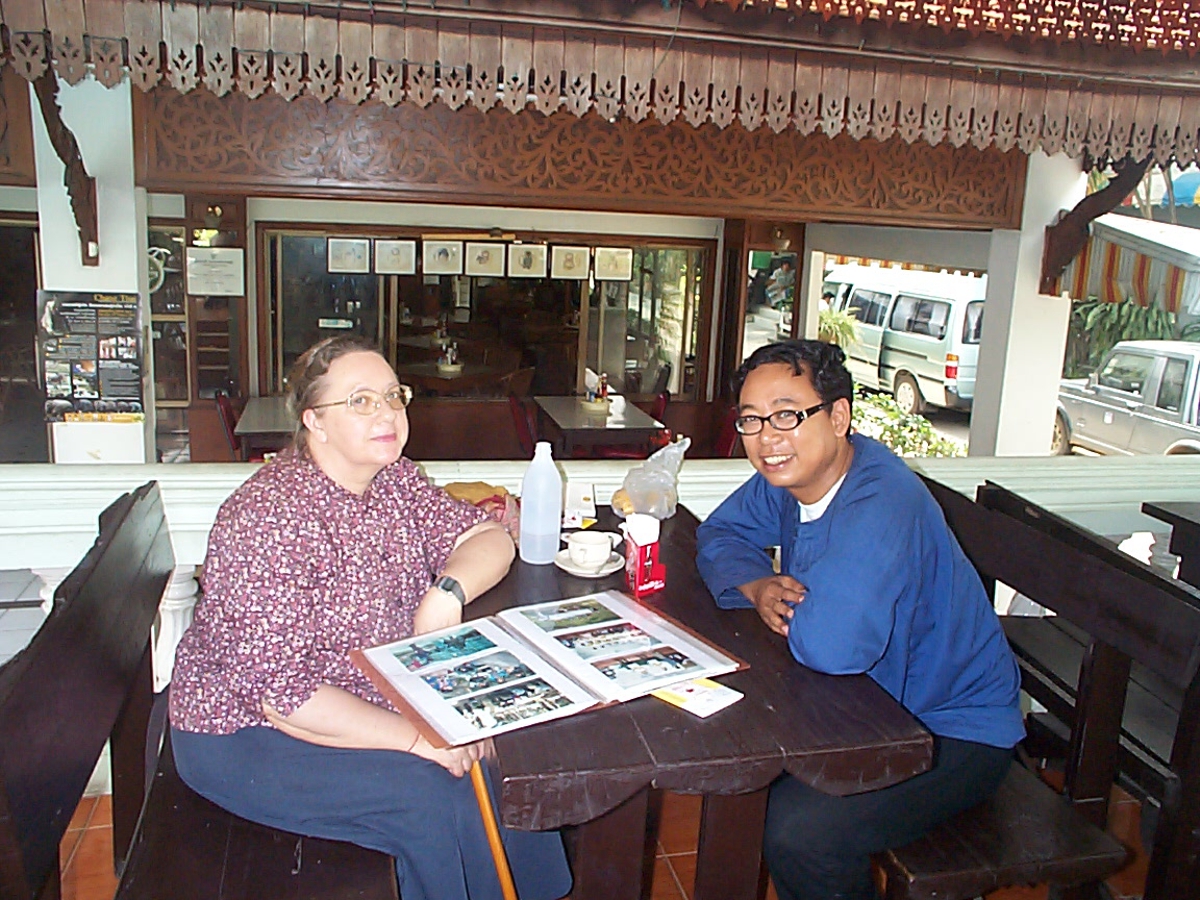 |
|
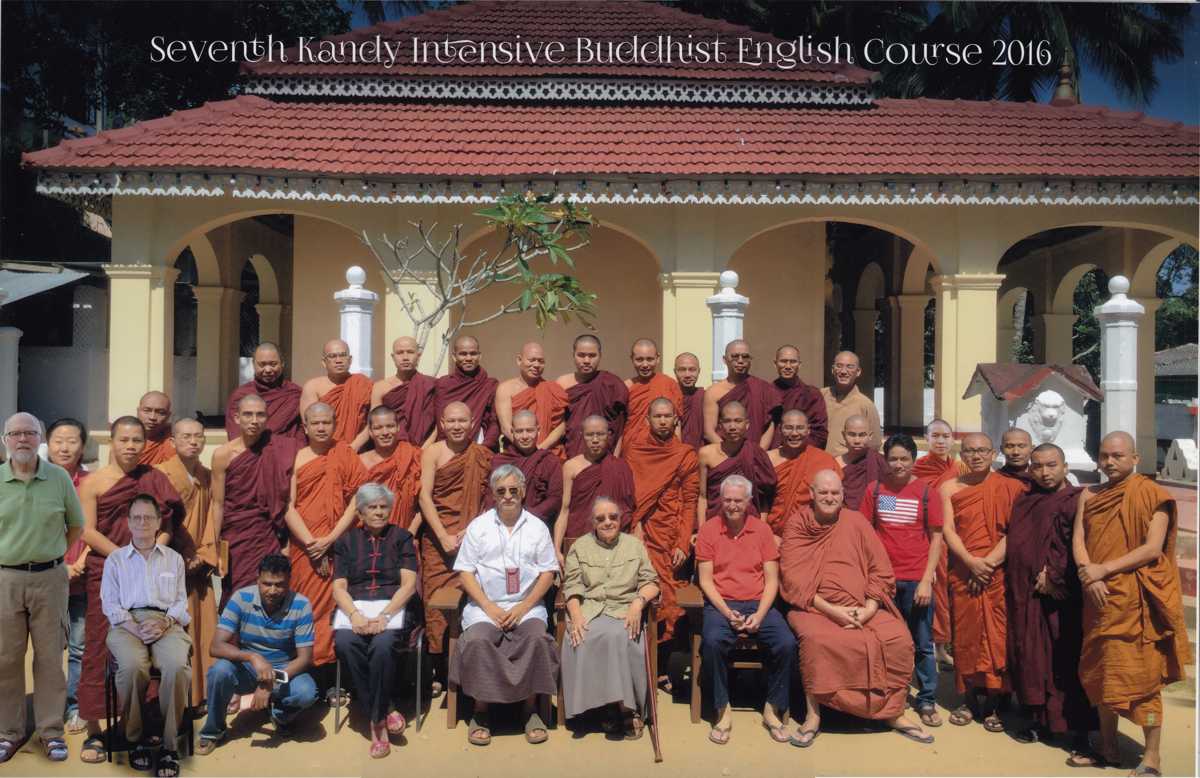 |
|
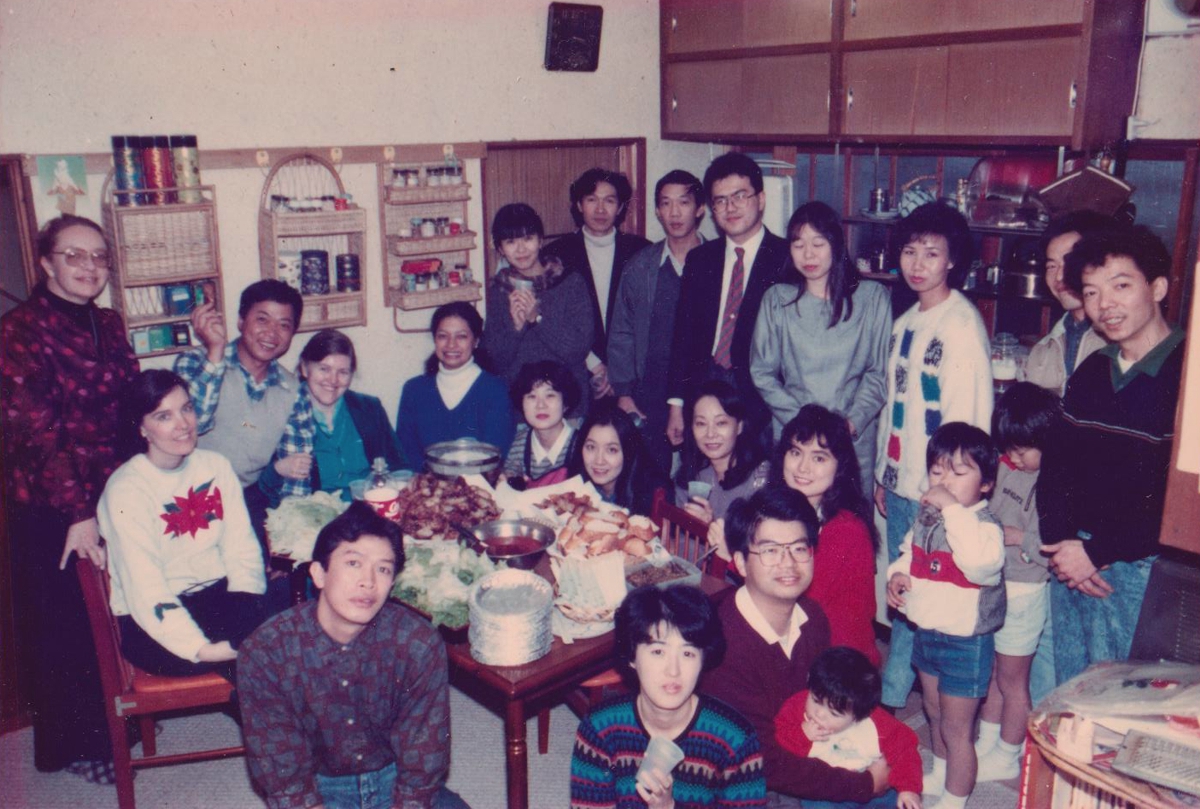 |
|
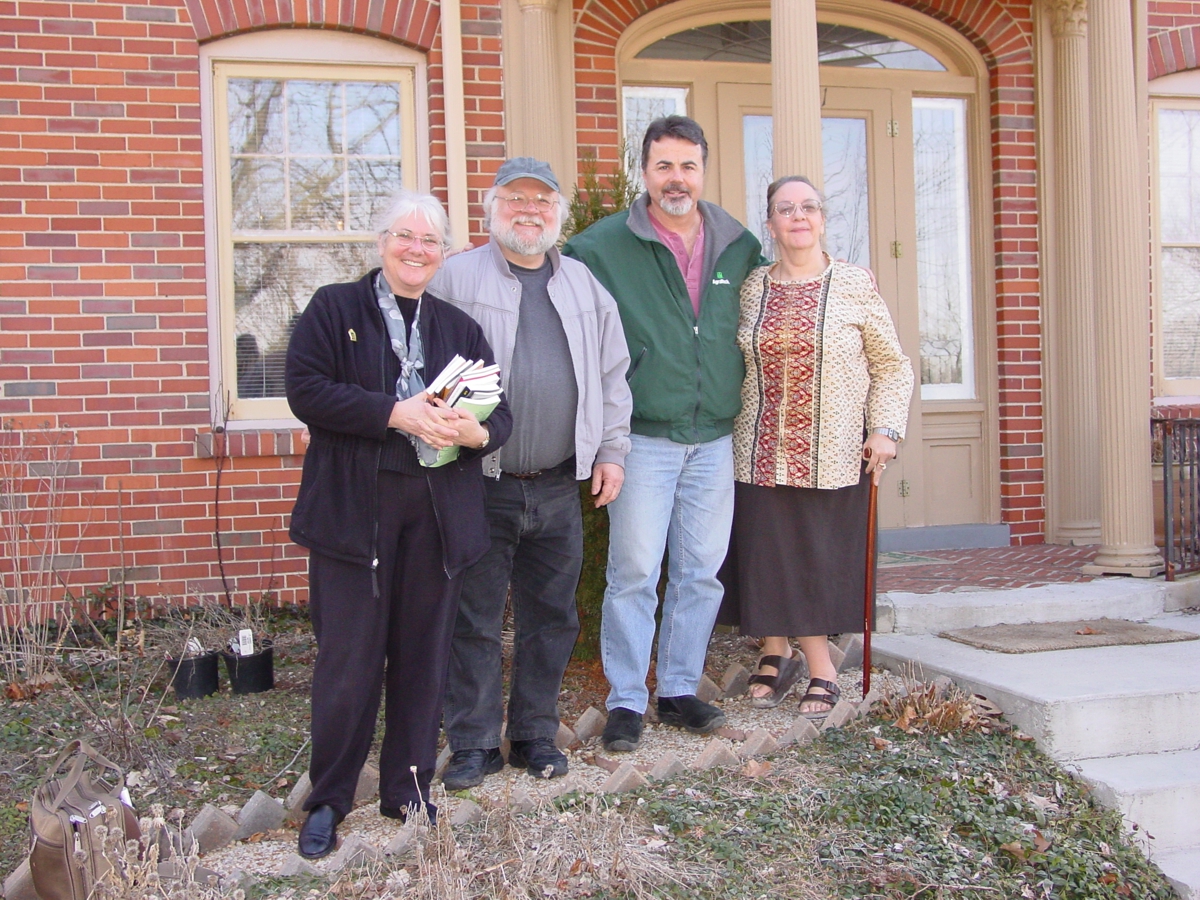 |
|
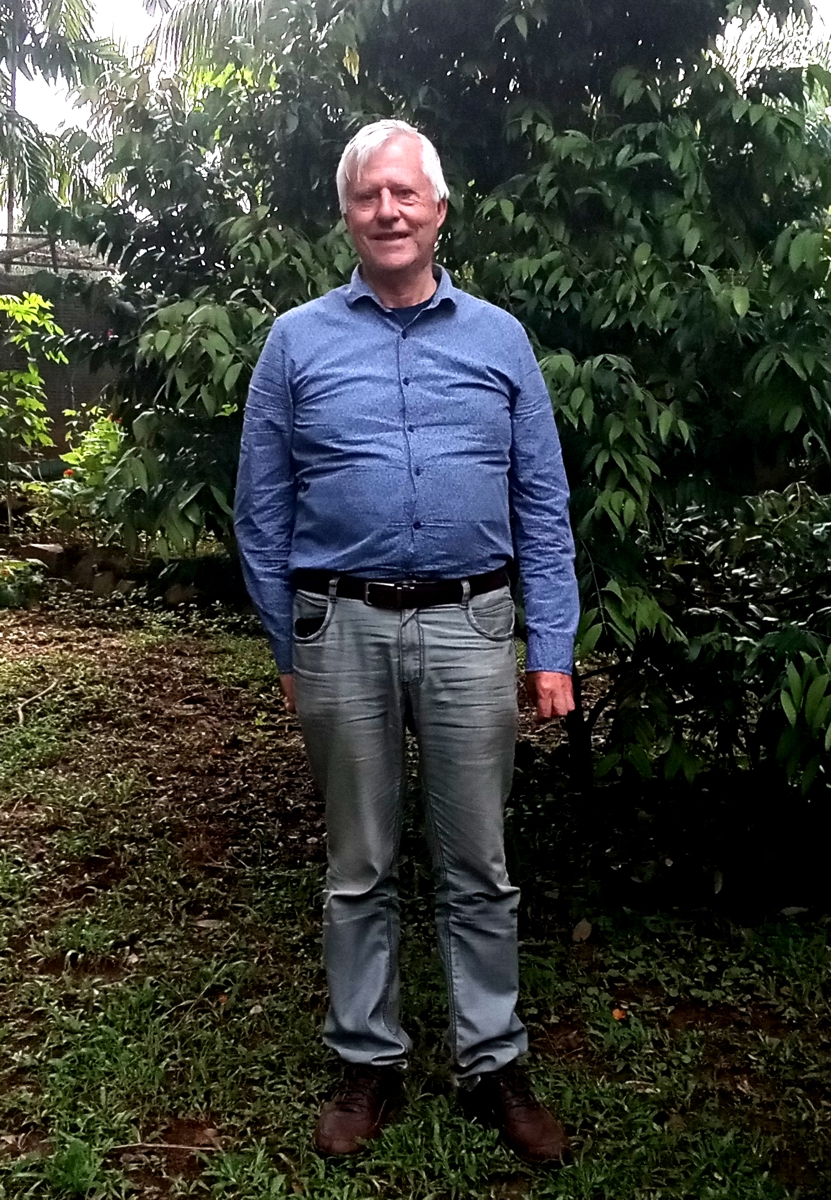 |
|
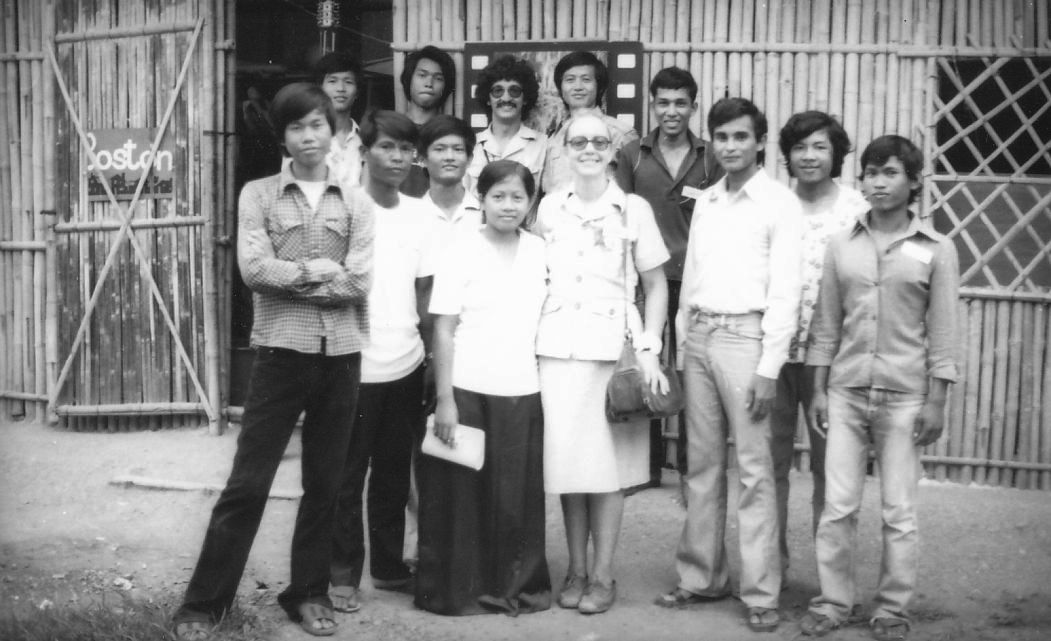 |
|
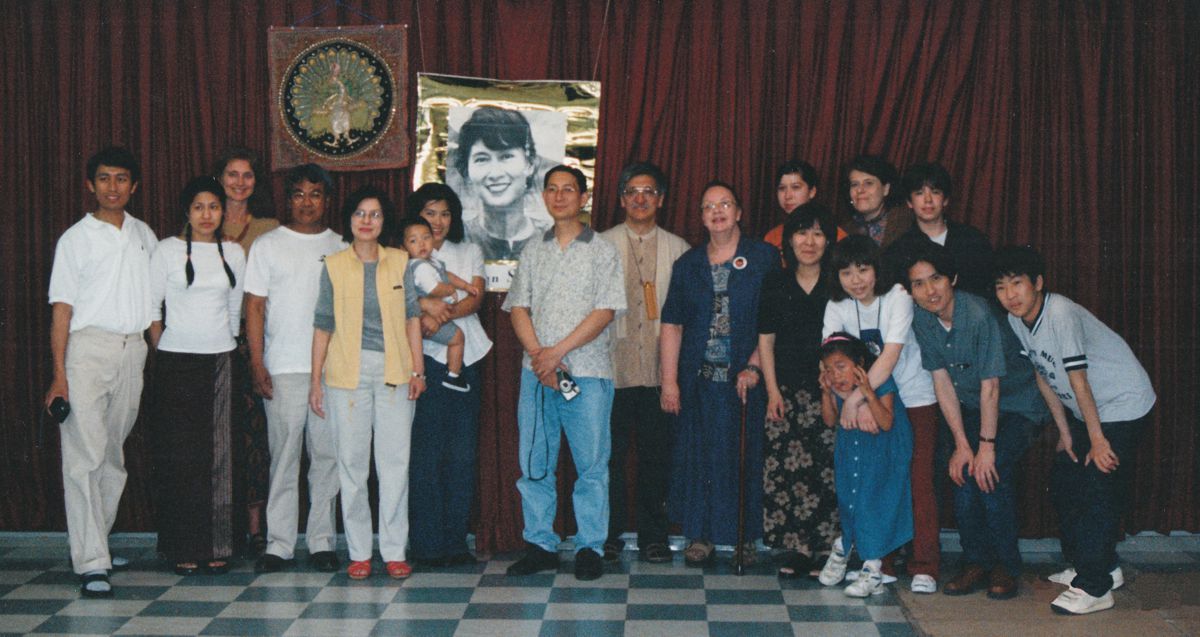 |
|
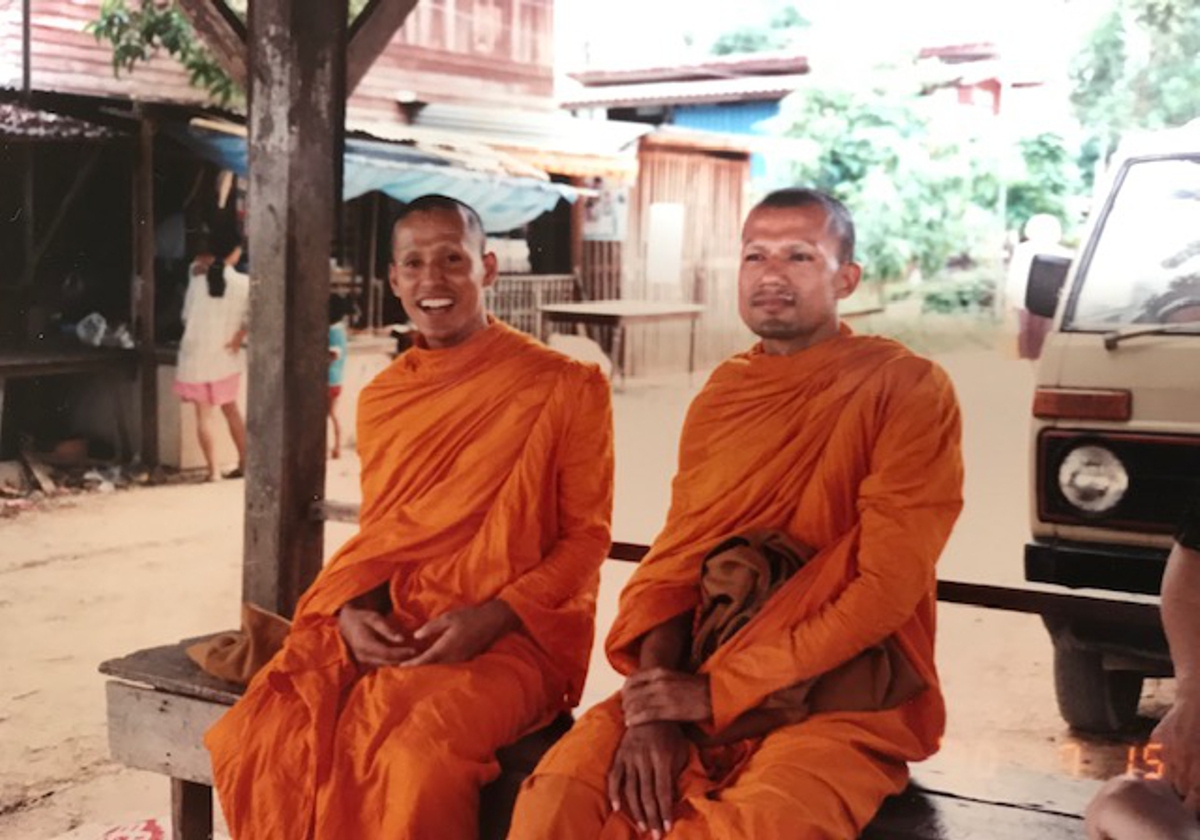 |
|
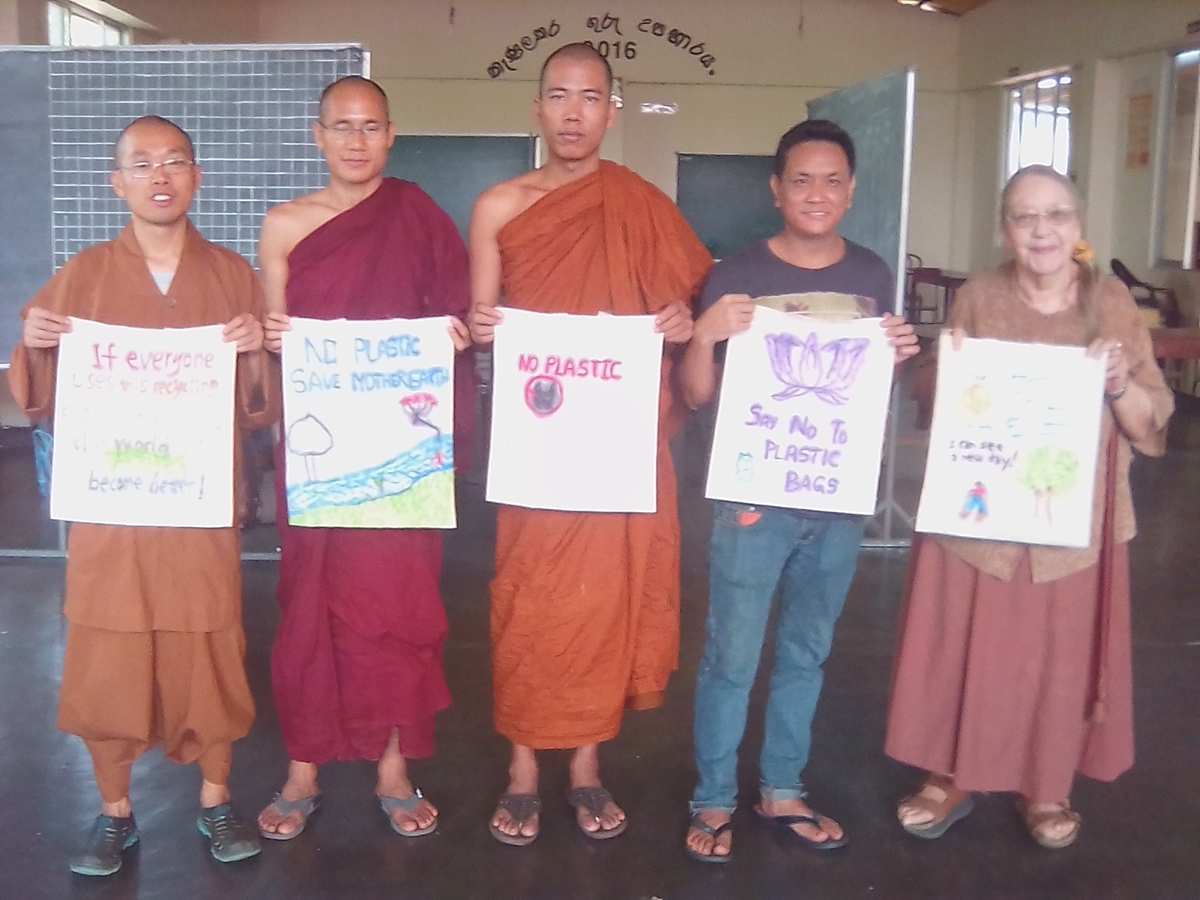 |
|
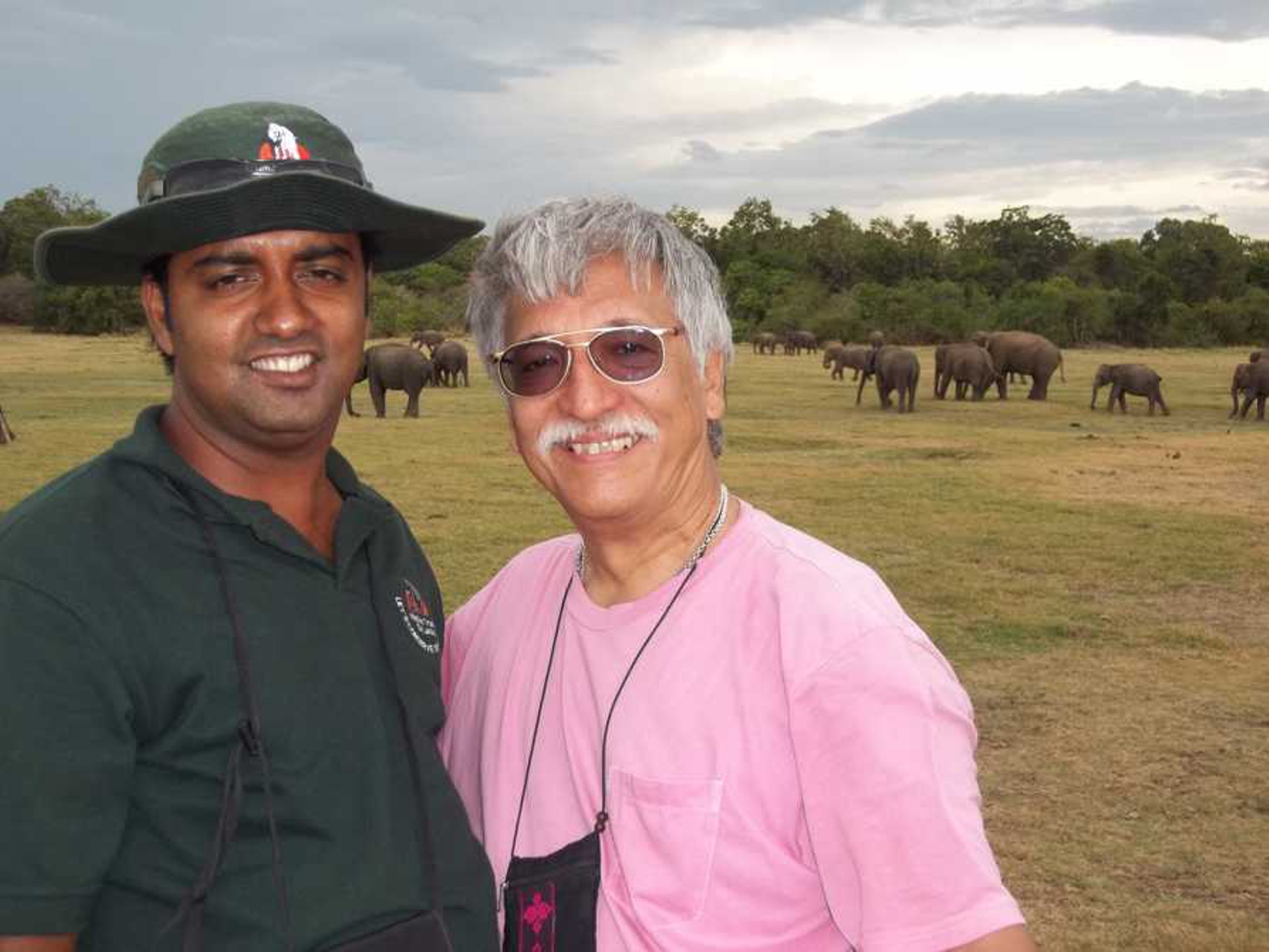 |
|
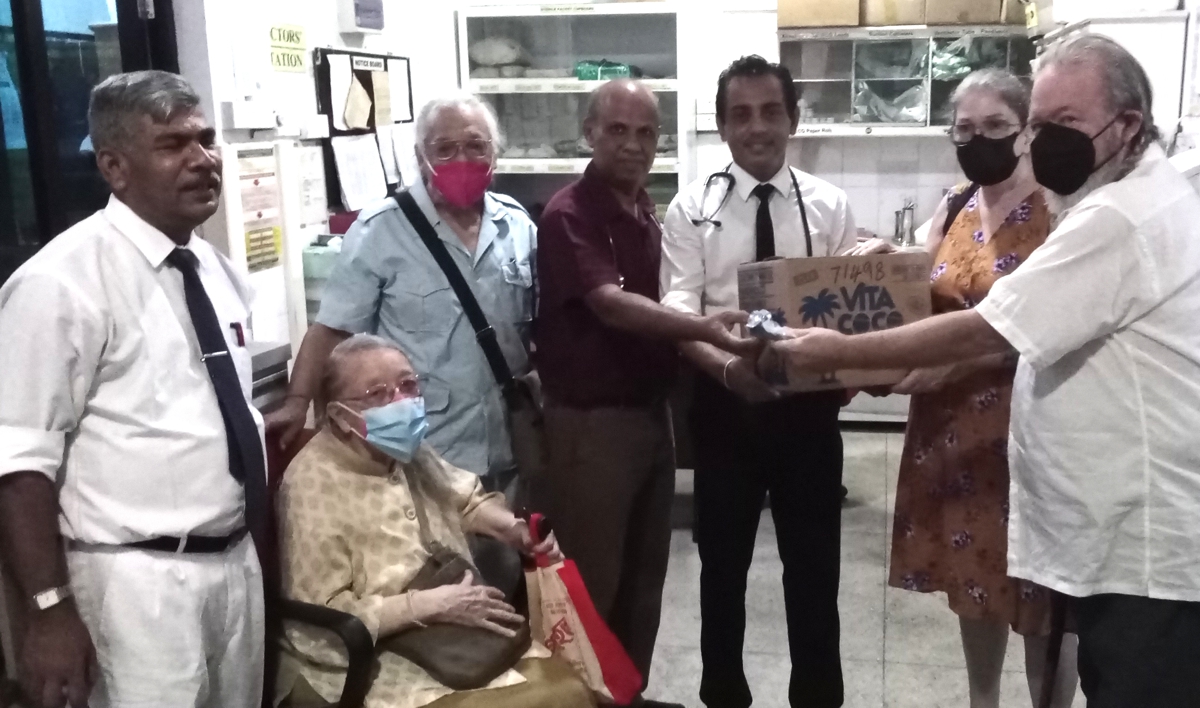 |
|
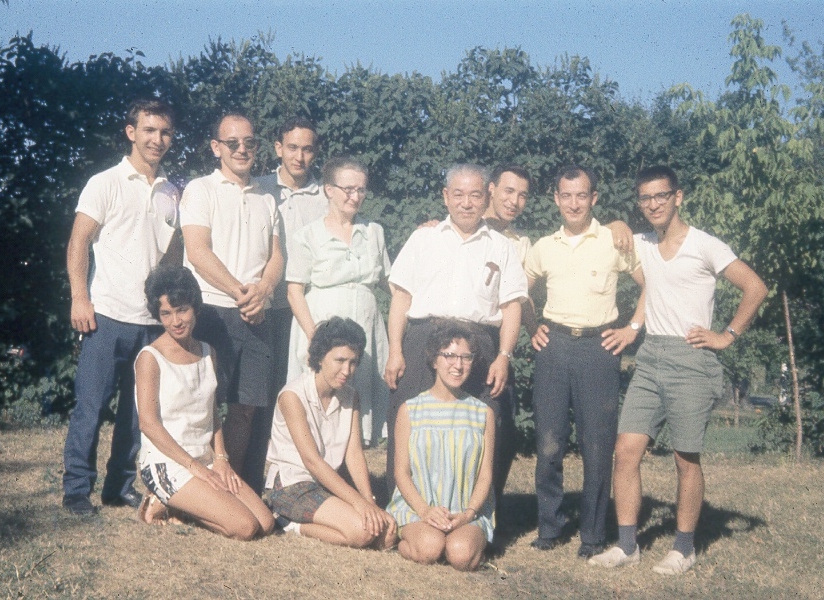 |
|
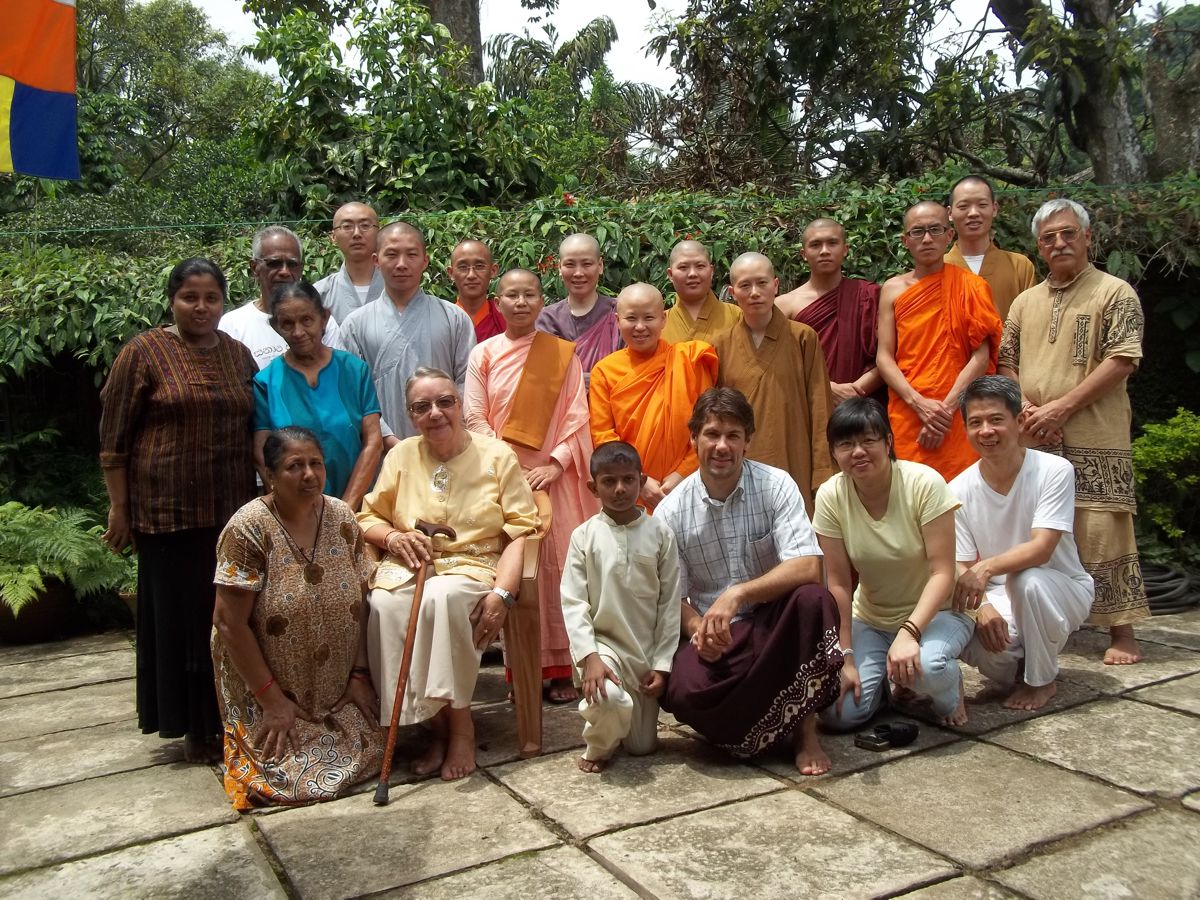 |
|
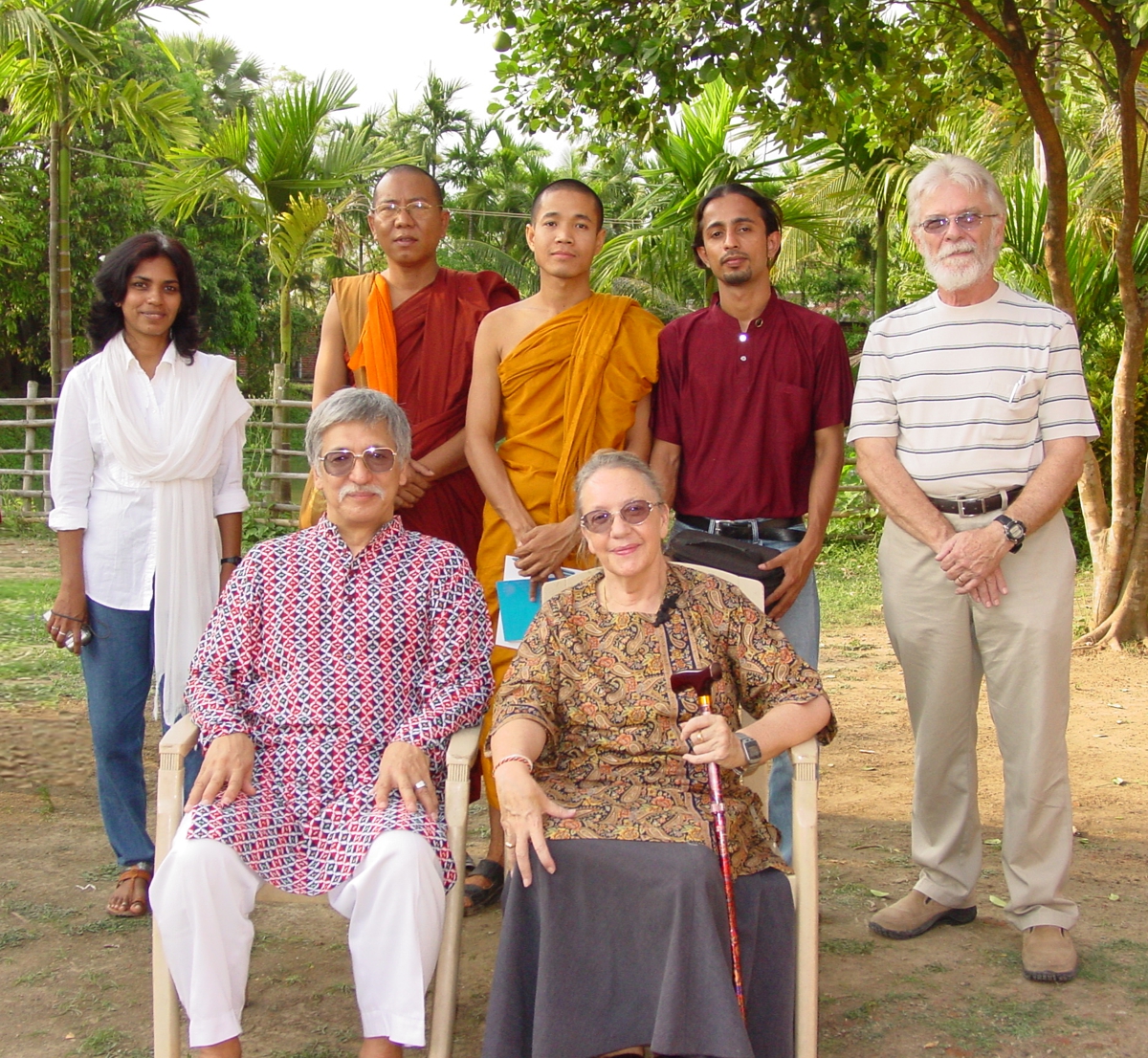 |
|
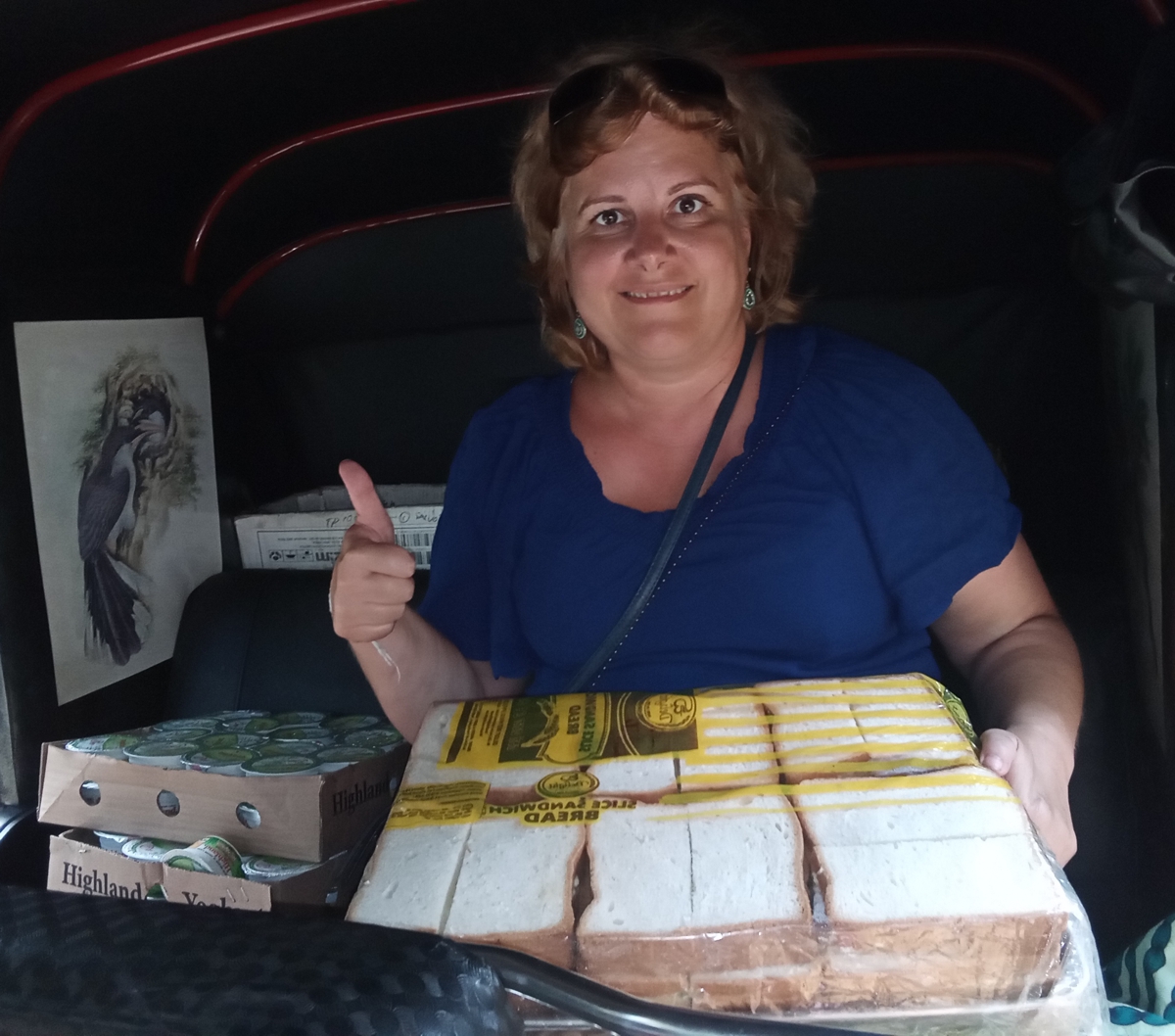 |
|
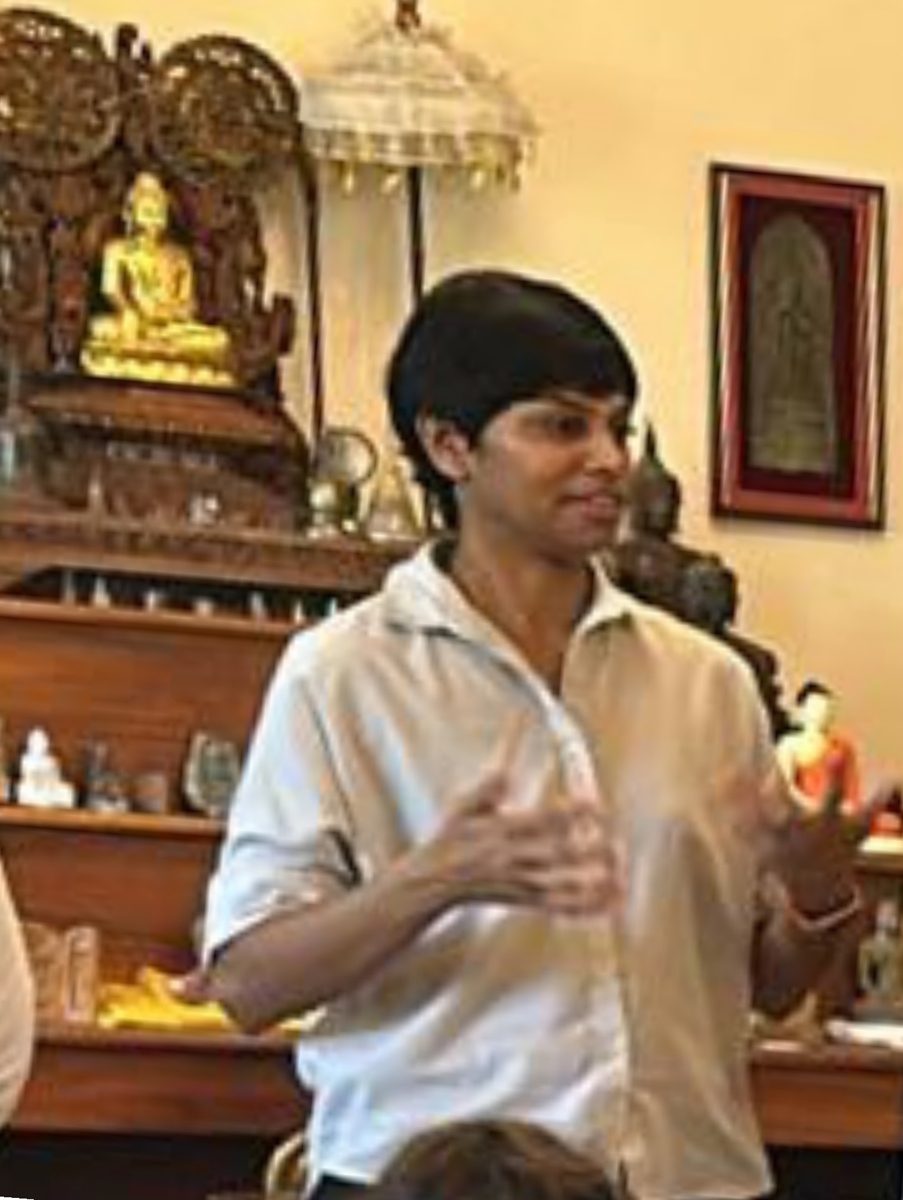 |
|
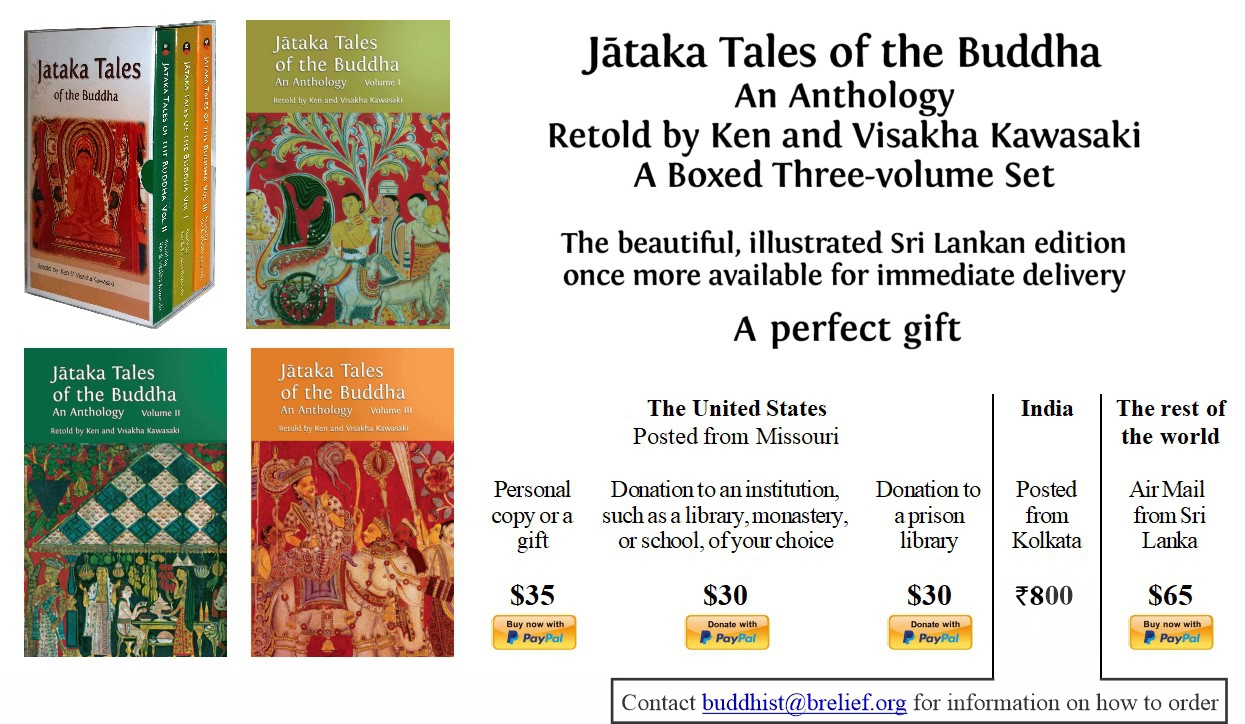 |
|
Other Books |
|
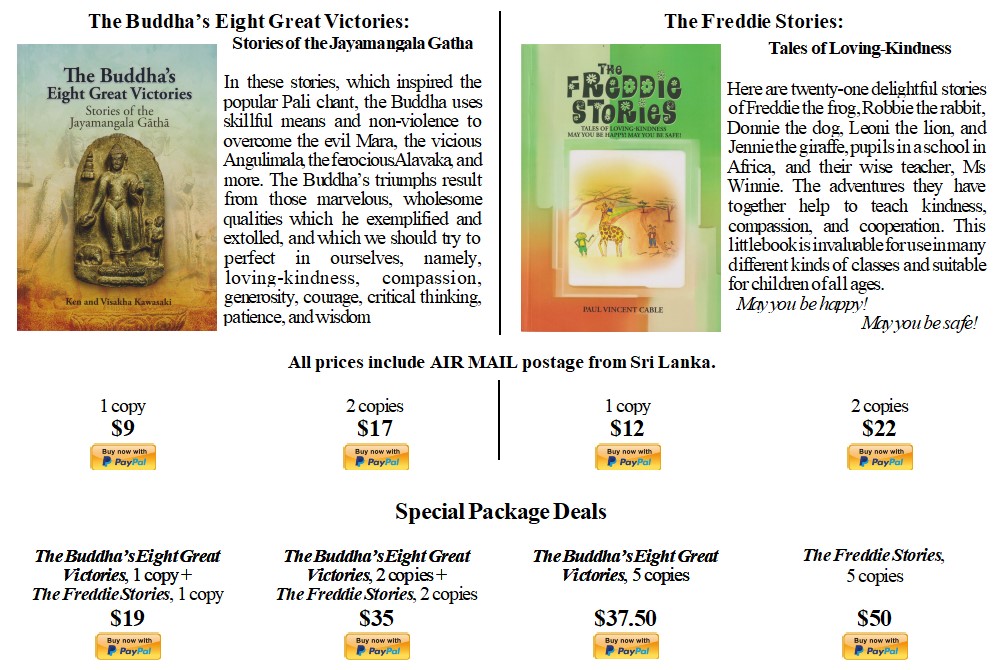 |
|
| In Sri Lanka, these books are available in bookstores islandwide. If you have trouble finding any of them, please contact us at buddhist@brelief.org, | |
We are extremely grateful and honored that these stories, which have given so much meaning and purpose to our lives and have greatly enhanced our understanding of wisdom, virtue, generosity, the workings of kamma, and other aspects of the Buddha's Teaching, are being used by meditators and teachers in so many traditions. We are also grateful to our friend Calvin Malone for his untiring efforts to help us place copies of these books in prison libraries around the US.
{In this section, you can enlarge each photo on the sides with a click.}
|
|
kawasaki@brelief.org |
Messenger |
KenVisakha Kawasaki | |
| Tel (Sri Lanka) | 077-964-9292 | KenVisakha Kawasaki | ||
| Tel (USA)( We answer via computer) |
715 352 4434 | +94-77-964-9292 | ||
| SKYPE. | brelief |
Thank you, Dr. Kyaw Thet Oo! The 6 days you spent here with us were so precious, filling our thoughts and indeed the house, with memories--of Mother and Flint, of beautiful children now grown with children of their own, of those on the border and friends who got bitten by the "border bug" and came to care about Burma and Democracy. We talked, we meditated, we looked at photos--each awakening another memory!While he was here, Mike's mother, Barbara came, and we played a rousing game of Coopoly. She had brought four oxygen tank regulators which Dean and Nancy donated to Kandy National Hospital Emergency Ward. Kyaw Thet Oo accompanied us to donate them to our family physician, Dr. Salahudeen, who works in that unit. Barbara has begun closing out so that she can resettle here in the spring. We look forward to movie nights, more games, and lots of fun!
Recent visits by Keiko, Paul, and Jason evoked even more memories. All this in addition to singing with Dorothy on SKYPE/telephone and with Madoka and her parents on Messenger! Then, of course, there are the holiday Kawasaki family meetings with Ken's surviving siblings--Joyce, Nancy, Louis, and Dean--and numerous nephews and nieces, as well as Hiroshi in Japan. It is wonderful to be able to chat with so many others of you. And Beverly is coming again from Thailand for a visa run. We feel truly blessed with good friends!
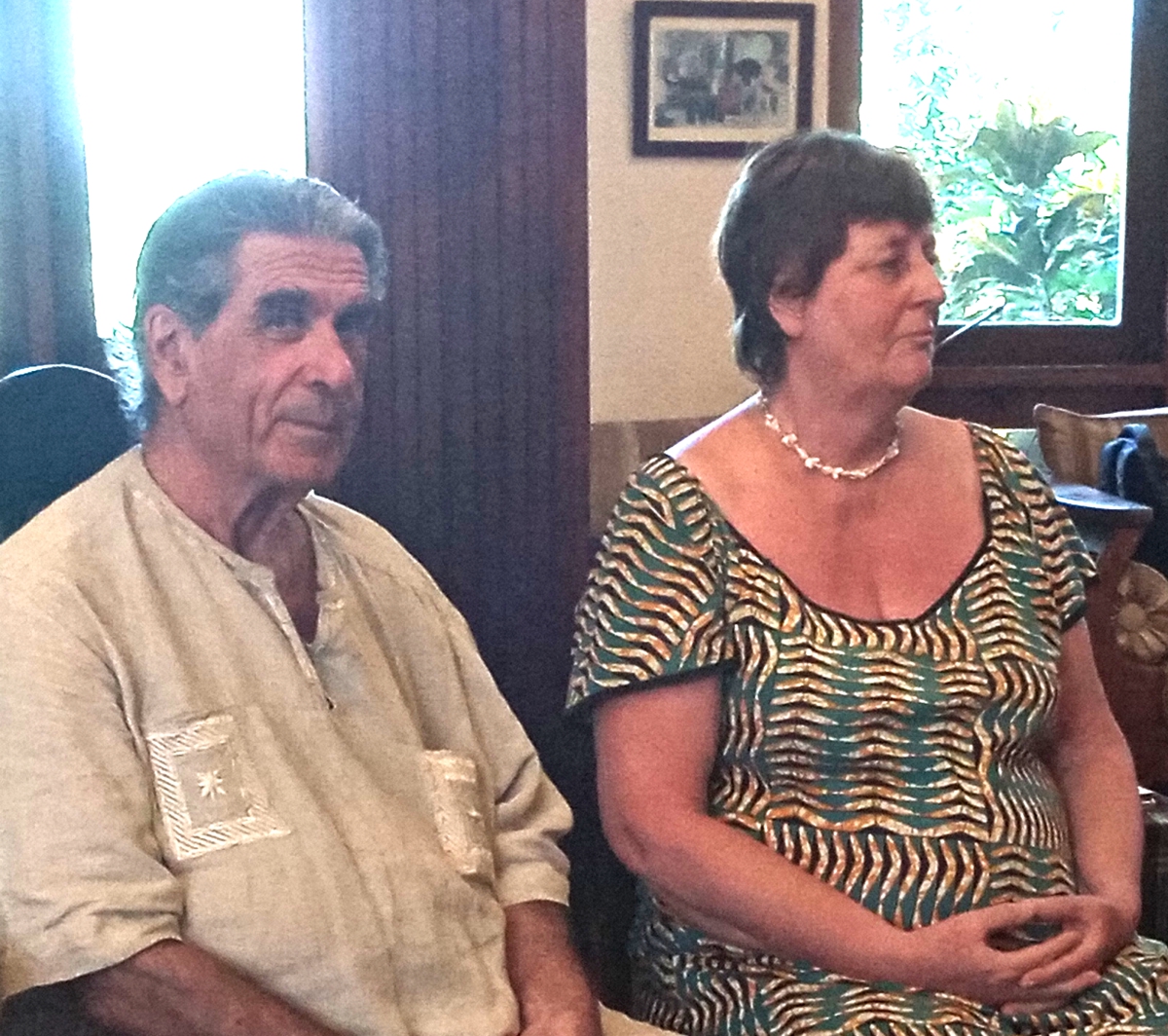 During the past year, there have been many SERVAS guests to brighten our lives. Therese and Frank arrived on Christmas Eve for their second visit. Frank has followed Tibetan Buddhism for many years and shared photos of some of his teachers. Each morning, our taking refuge is enhancec by his deep-throated chanting.
During the past year, there have been many SERVAS guests to brighten our lives. Therese and Frank arrived on Christmas Eve for their second visit. Frank has followed Tibetan Buddhism for many years and shared photos of some of his teachers. Each morning, our taking refuge is enhancec by his deep-throated chanting.
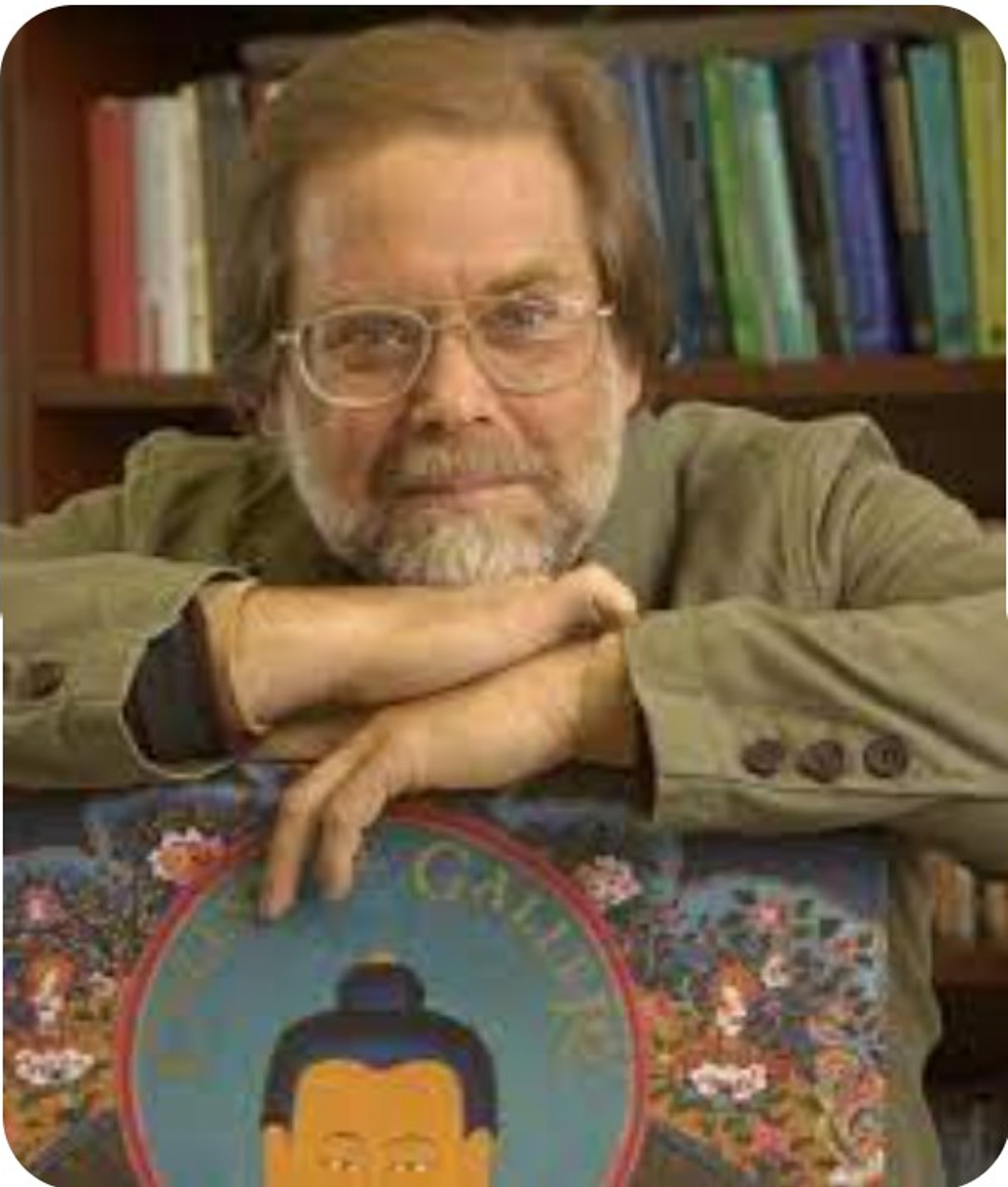 |
|
Speaking of the ZOOM class, it recently transformed itself into a hybrid. Several of the students, particularly the organizer, Ven. Silacara, and a Vietnamese bhikkhuni, Ven. An Ngoc, expressed the same frustration that we had been feeling about the ZOOM technology and asked whether they could come to our house for the class. Now, every Sunday morning, they and others in Kandy/Peradeniya arrive before 8 o'clock and set up the computer at the end of the dining table. We are joined by others from Colombo, Kelaniya, and Myanmar for the two-hour session. It is much more satisfying to have at least some physical and in-person contact. The class has been going on for more than 2 years, focusing on Buddhism and Non-Violence. We began with The Buddha's Eight Great Victories: Stories of the Jayamangala Gatha (which has just been published by Buddhist Culture Centre and is available for sale). We discussed the 2014 article by Bhikkhu Bodhi in Inquiring Mind, claiming that, under certain circumstances, such as "to block the murderous campaign of a ruthless tyrant," war, and World War Two in particular, from a certain Buddhist perspective, can be justified. We also read and discussed the the debate with Ven. Thanissaro, as well as the latter's firm statement of the Buddha's rejection of killing under any circumstances, "Getting the Message," other articles asserting the irrefutable position of Buddhism on nonviolence, and several Jatakas which also present that view. The students were moved by Christopher Titmuss's "The Suffering of Soldiers; Hell on Earth," and we have read "Why We Love War" from Dr. David Loy's Money, Sex, War, Karma.
 |
||
|
Hozan Alan Senauke
1947-Dec. 22, 2024 |
||
Midnight on the Doomsday Clock is about to strike. With President Biden giving permission to fire long-range missile at targets in Russia, President Putin has threatened retaliation with nuclear weapons. Israel's genocide against the Palestinians in Gaza and its desructive attacks on Lebanon are beyond comprehension. As Israel continues to ignore Security Council resolutions and International Court rulings, the United Nations and the Courts are losing their authority, and the collapse of the framework for peace and justice has become apparent. Even more baffling than this is the lack of decisive action by the rest of the world to put an end to the horror. Of course, the United States must take the blame for vetoing ceasefire resolutions and for its unrestrained arms supply, including 2000-lb bombs, which are being used to destroy hospitals, schools, and refugee camps. Like the US, Germany and the UK continue to provide Israel with weapons to carry out this genocide, while suppressing protests and censoring the truth of what is really happening. The irony is staggering. The Democrats lost the election due partly to Biden's ironclad support for the Israeli genocide of the Palestinians and the abandonment of the working class in favor of rich lobbyists, but, on both counts, the Trump administration is going to be much worse. Israel, which was created as "reparation" for the Holocaust, has become the Nazi Germany of the Middle East. In one country after another, the far right is becoming stronger, and the entire world seems to be turning Fascist. Democracy has been replaced by oligarchy of billionaires and corporations. It appears that our civilization is virtually bankrupt, the inevitable end of capitalism and imperialism. EVERYTHING IS BROKEN!
On Christmas we held a dana at our house with four monks and three nuns. We honored the memory of Hozan Alan Senauke and others who passed away recently and wished good health for family and friends who are ill. There was no Christmas tree nor any mistletoe, nor did Santa appear, but our hearts were filled with loving thoughts for all of our friends and all the suffering people around the world.
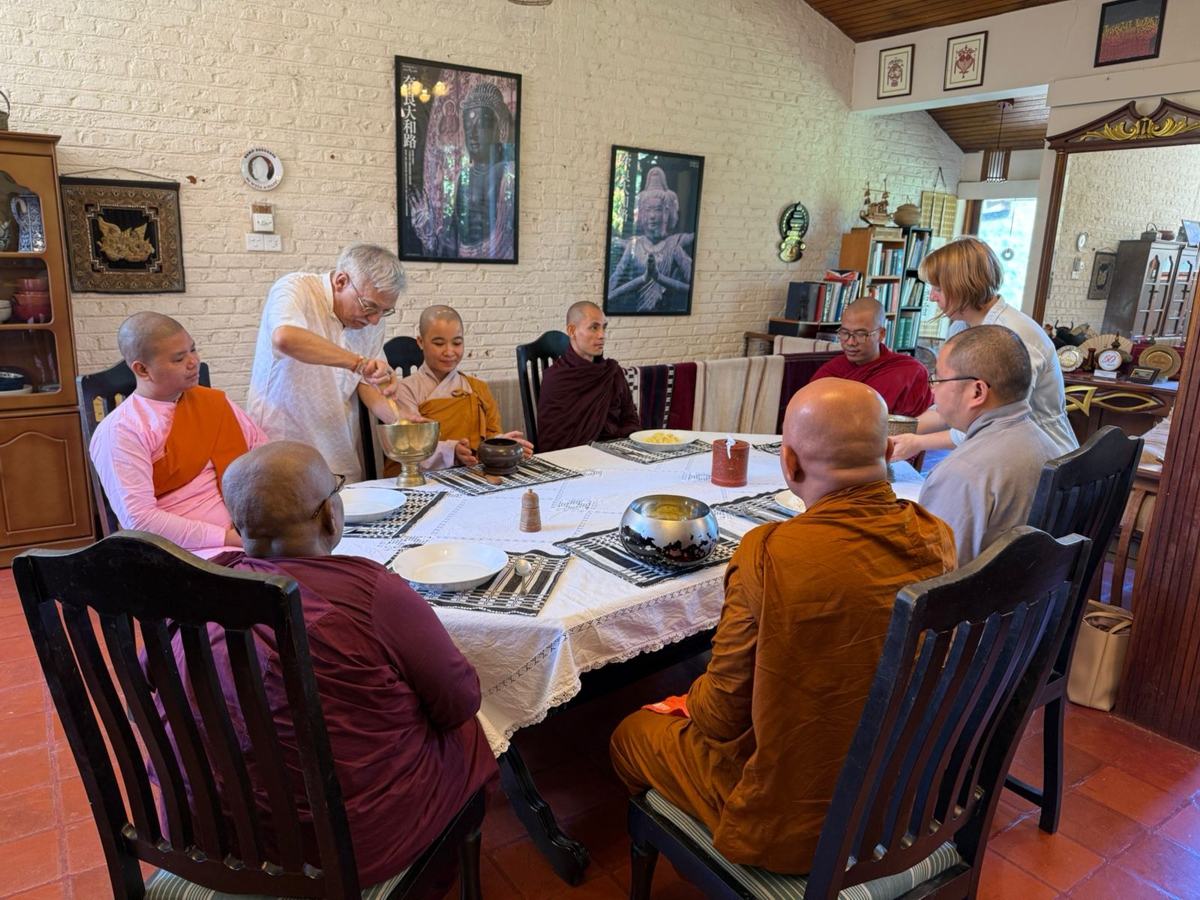 |
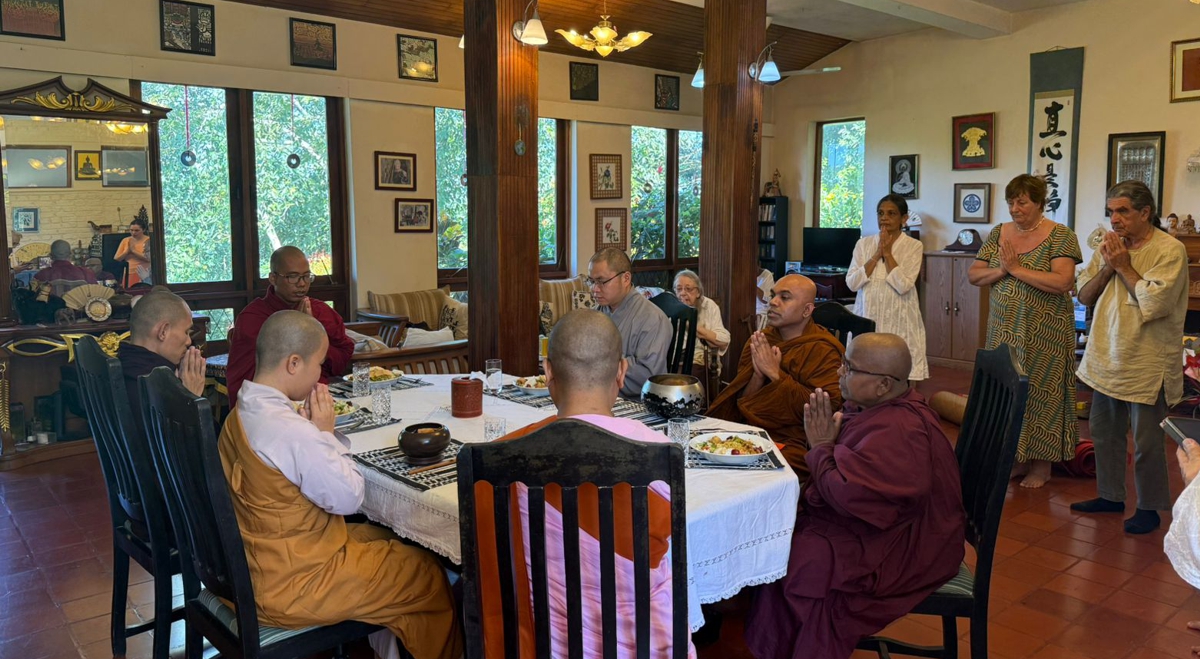 |
|||
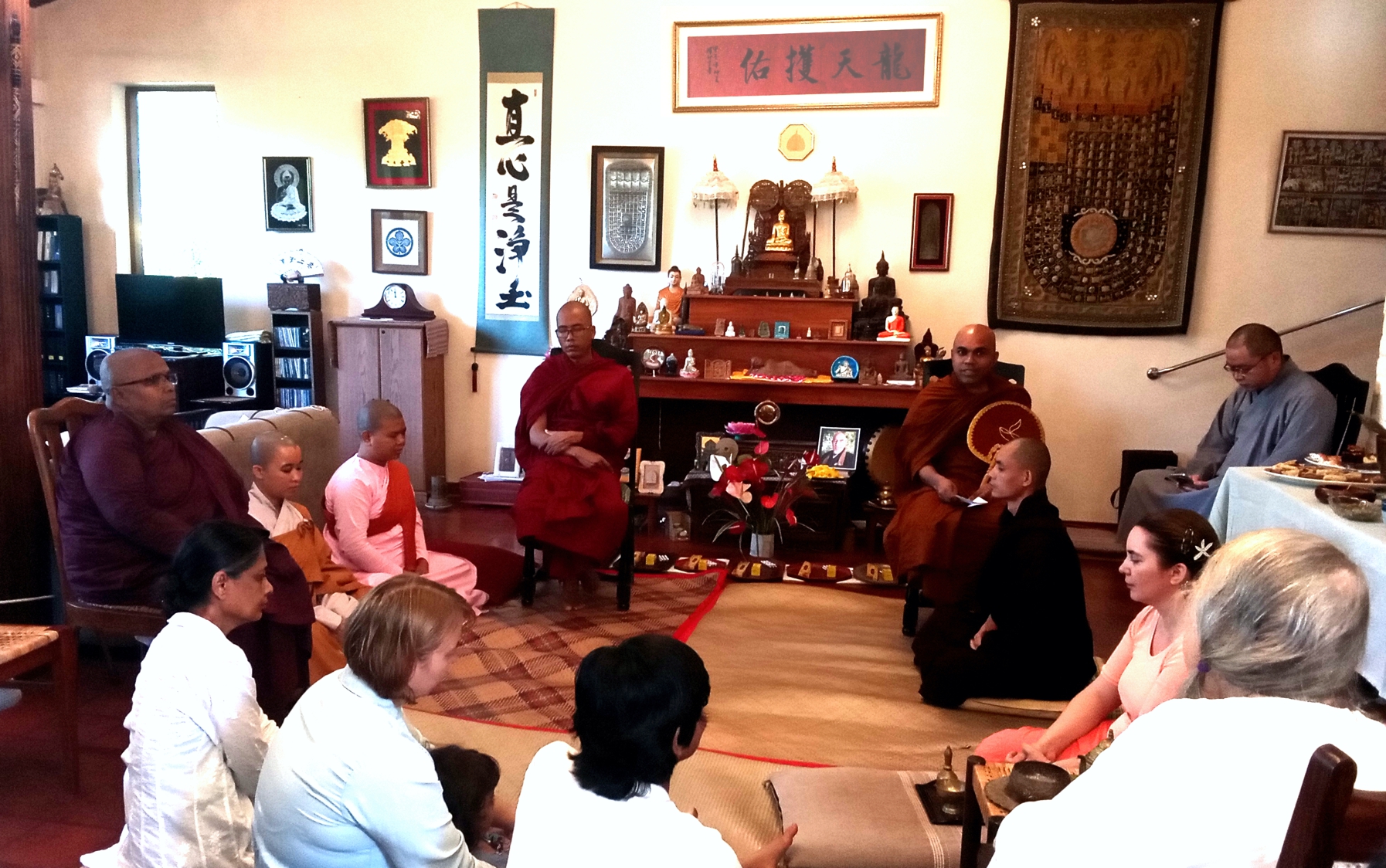 |
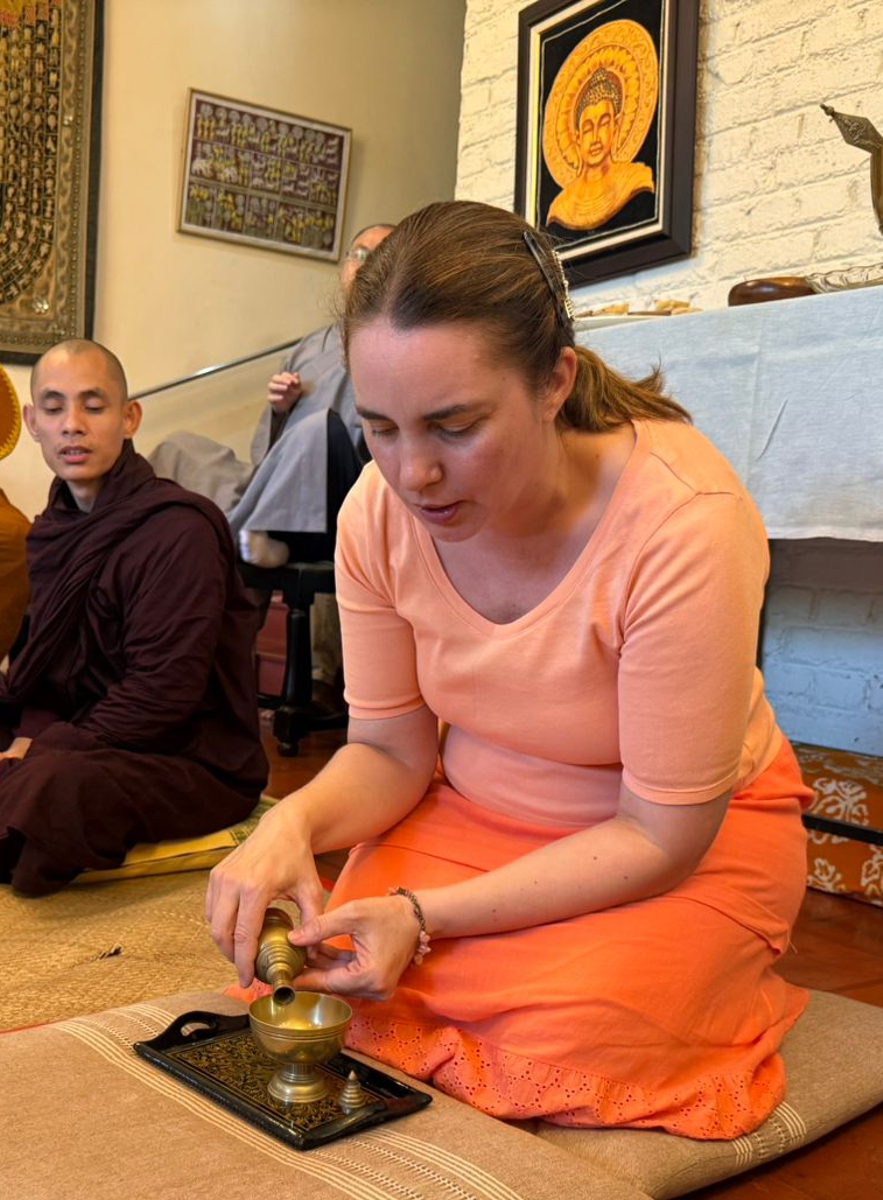 |
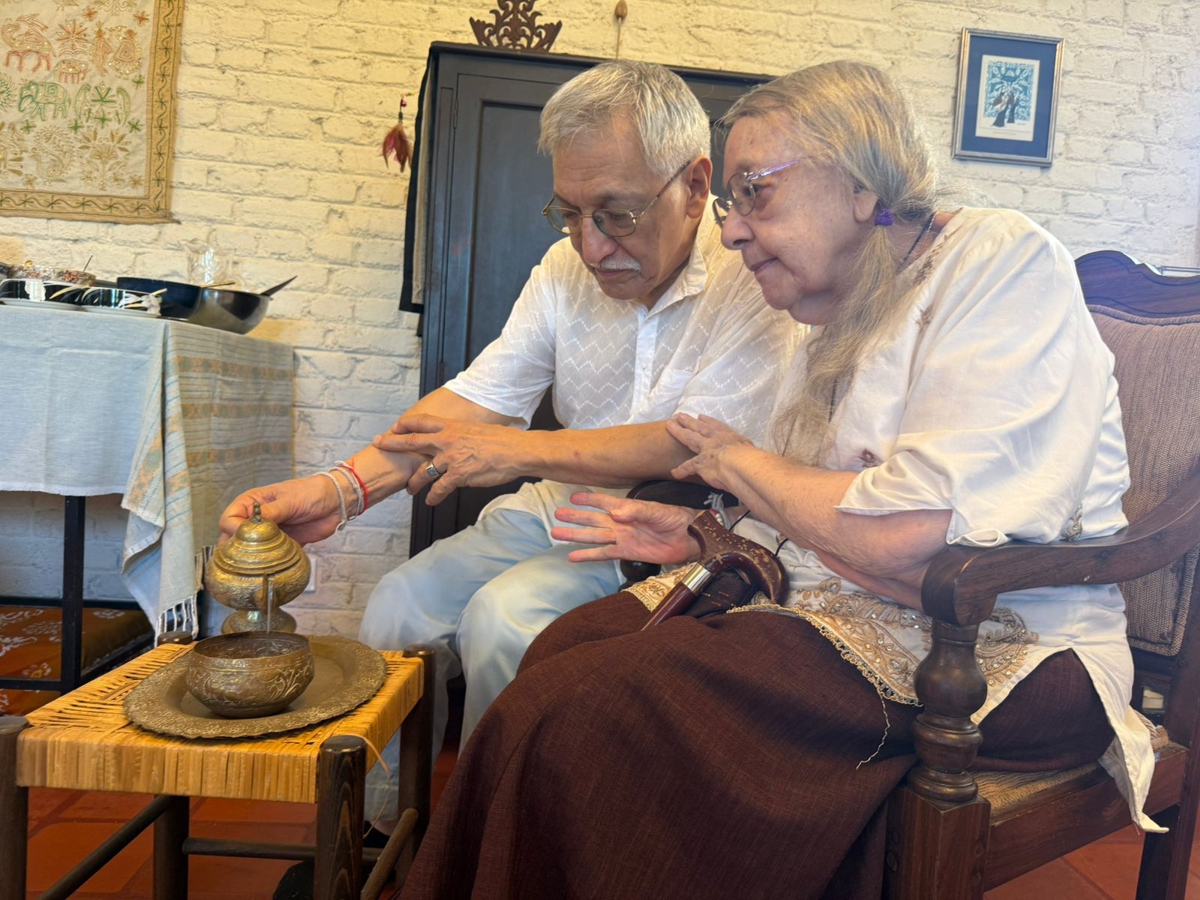 |
||
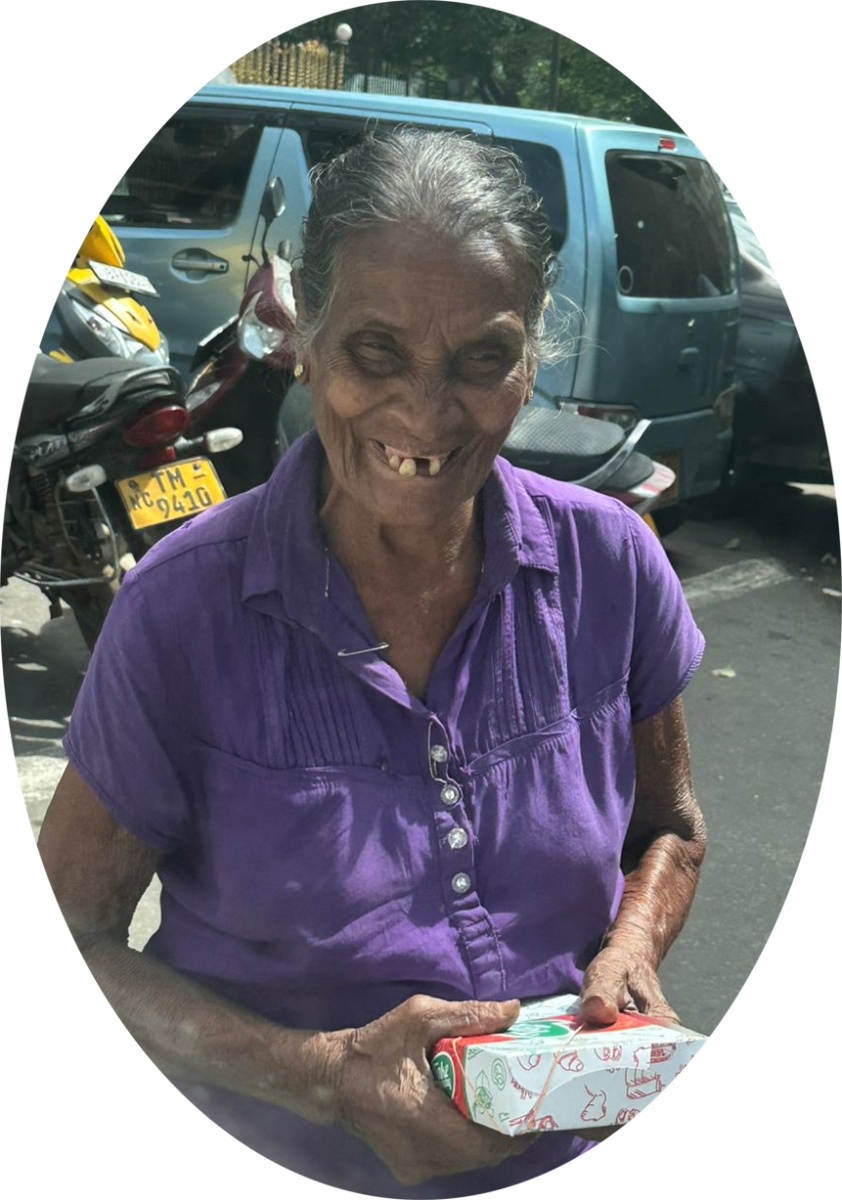 With the new President in Sri Lanka, there are signs and hopes that conditions in the country, socially, politcallly, and economically. Nevertheless, we cannot say that the crisis is over. A neighbor has told us that recently quite a few people have appeared at his gate asking for work and telling him that, instead of money, they would be happy with just some food. Thus, Buddhist Relief Mission will continue its program of distributing relief food aid to families, the Sangha, and various institutions.
With the new President in Sri Lanka, there are signs and hopes that conditions in the country, socially, politcallly, and economically. Nevertheless, we cannot say that the crisis is over. A neighbor has told us that recently quite a few people have appeared at his gate asking for work and telling him that, instead of money, they would be happy with just some food. Thus, Buddhist Relief Mission will continue its program of distributing relief food aid to families, the Sangha, and various institutions.
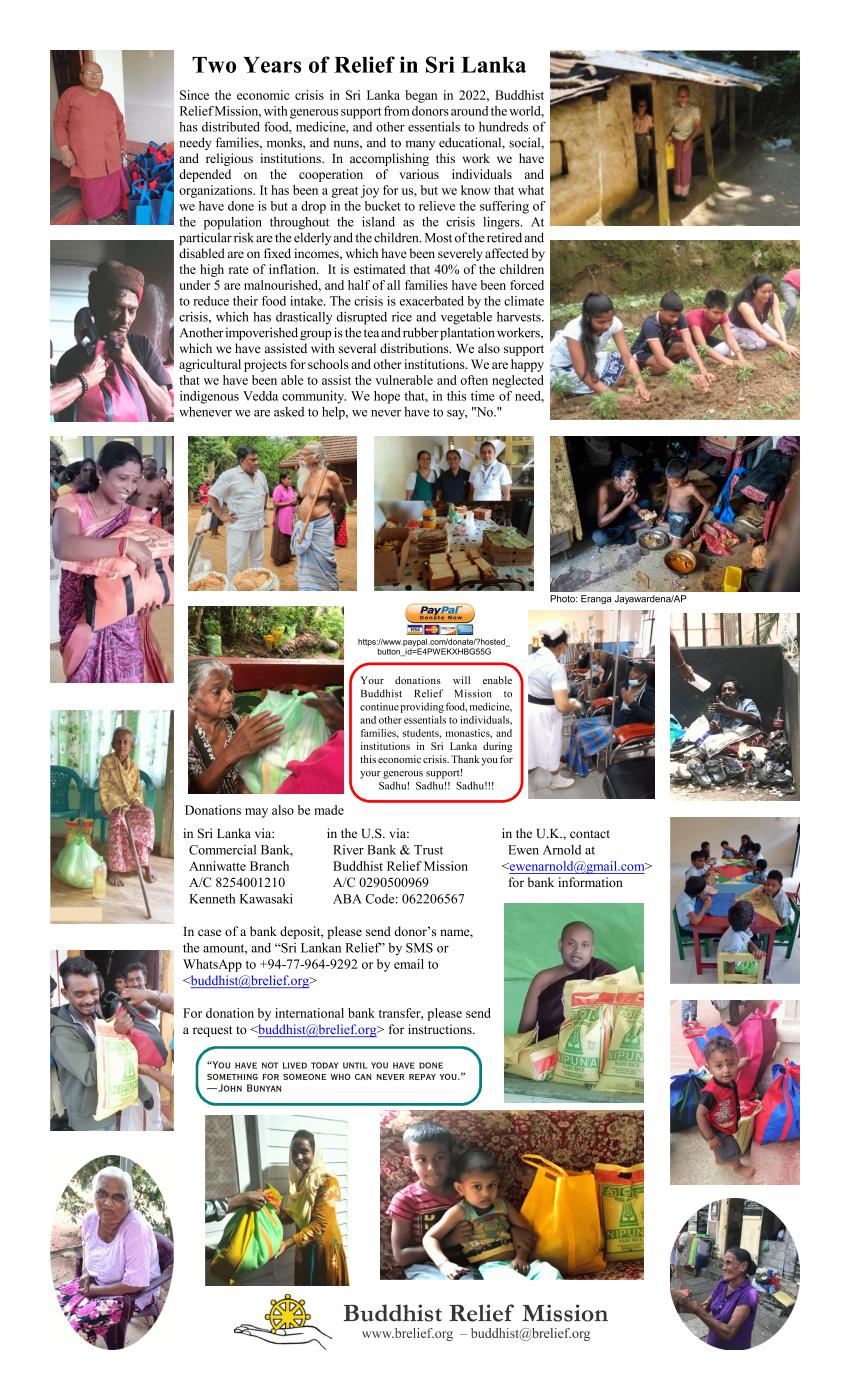 |
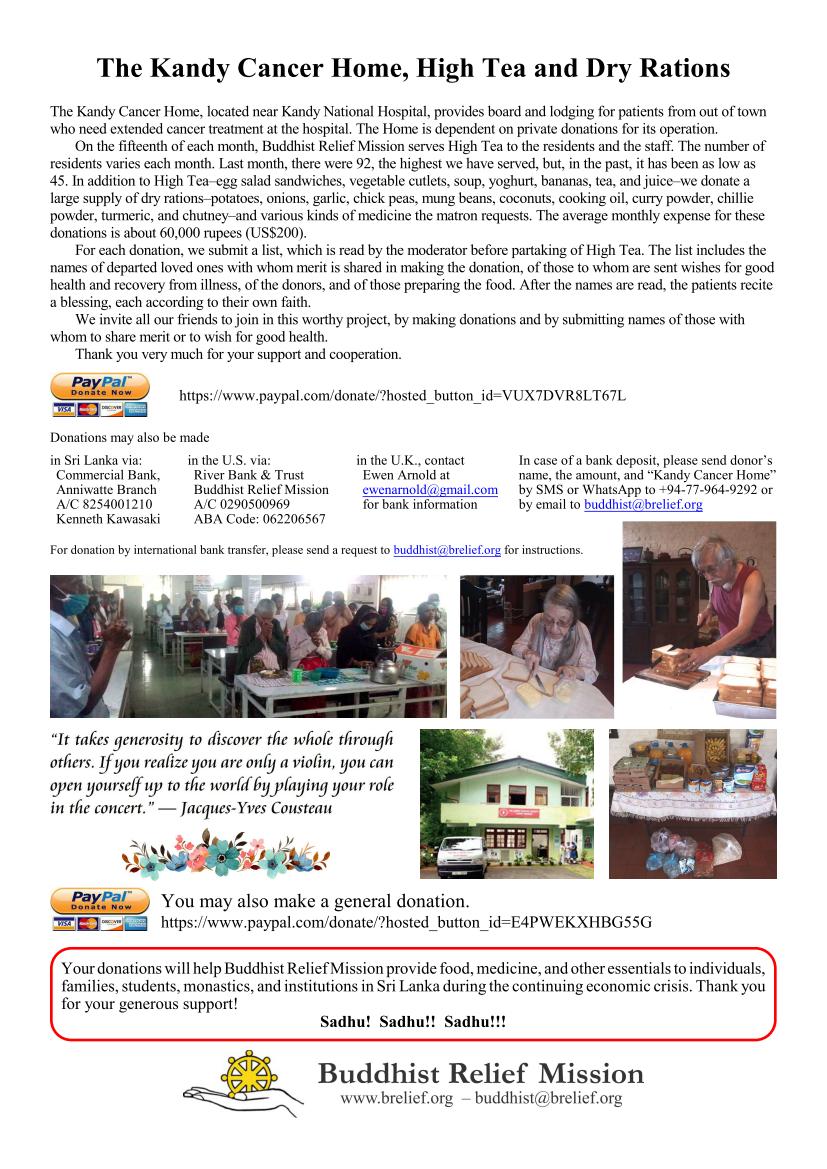 |
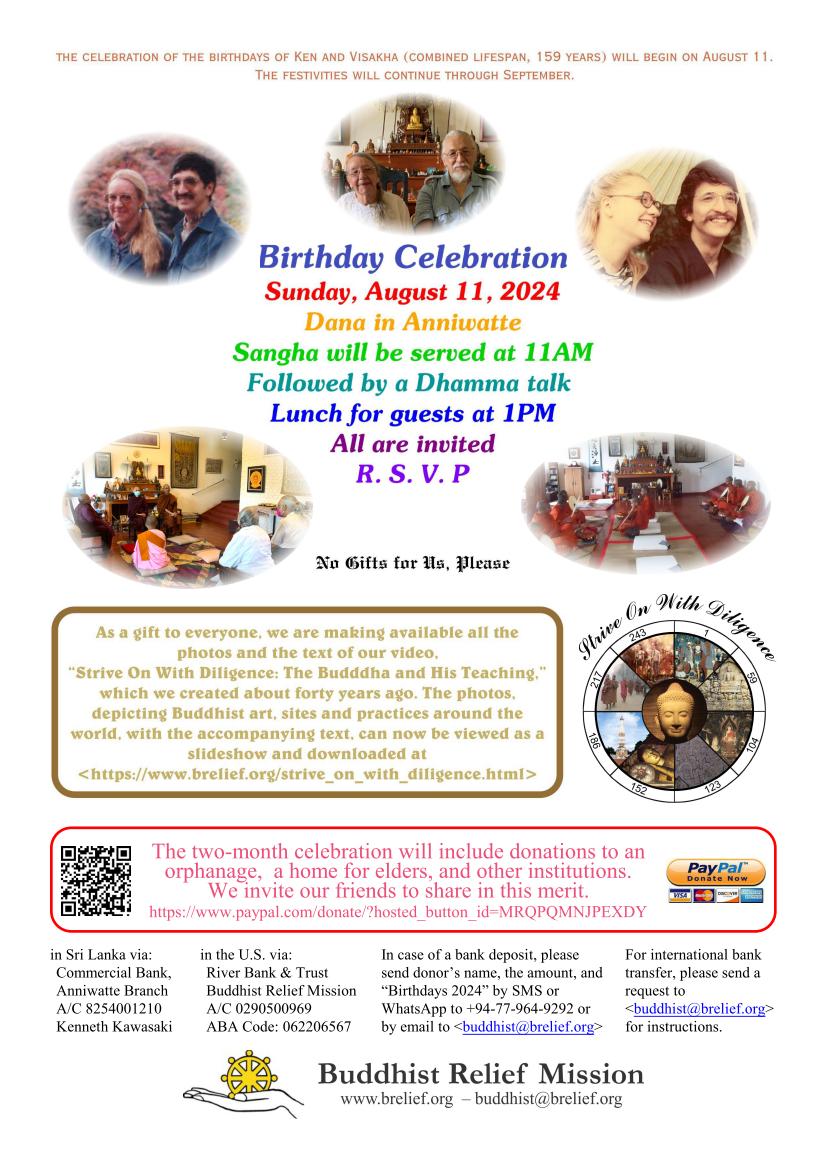 |
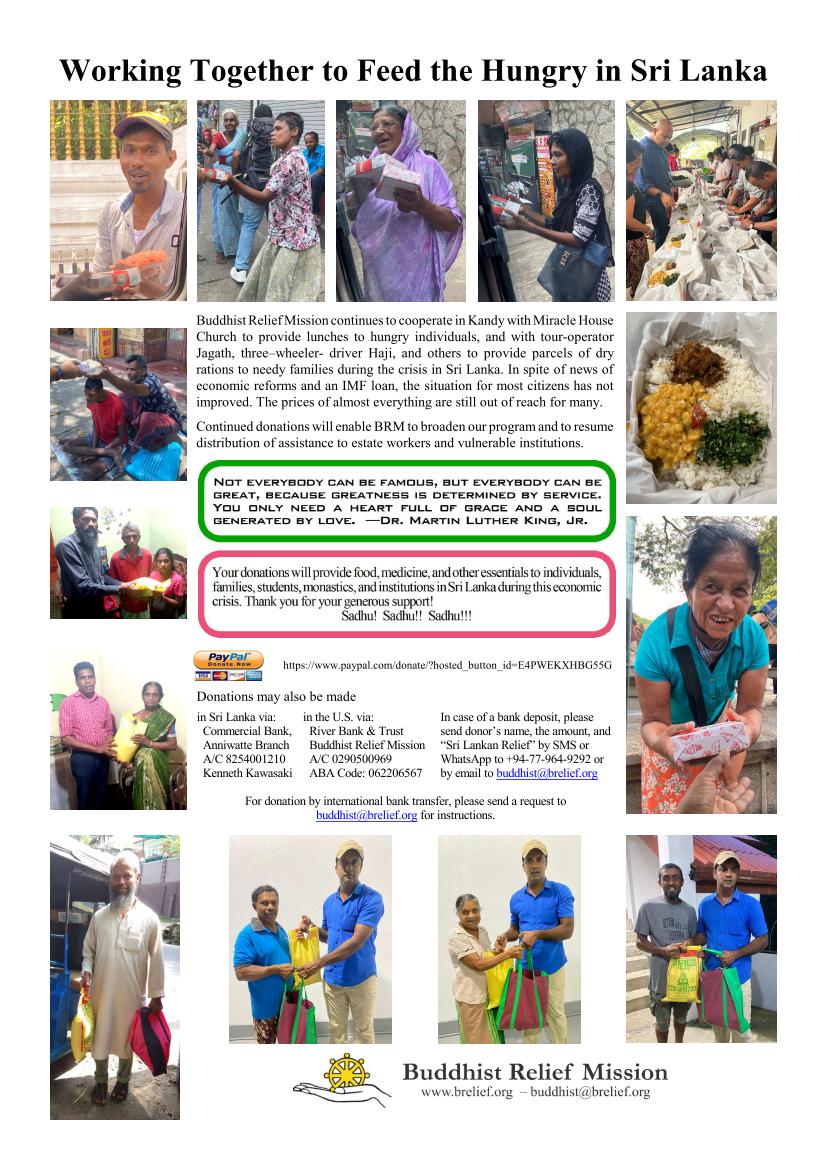 |
 |
|||||||
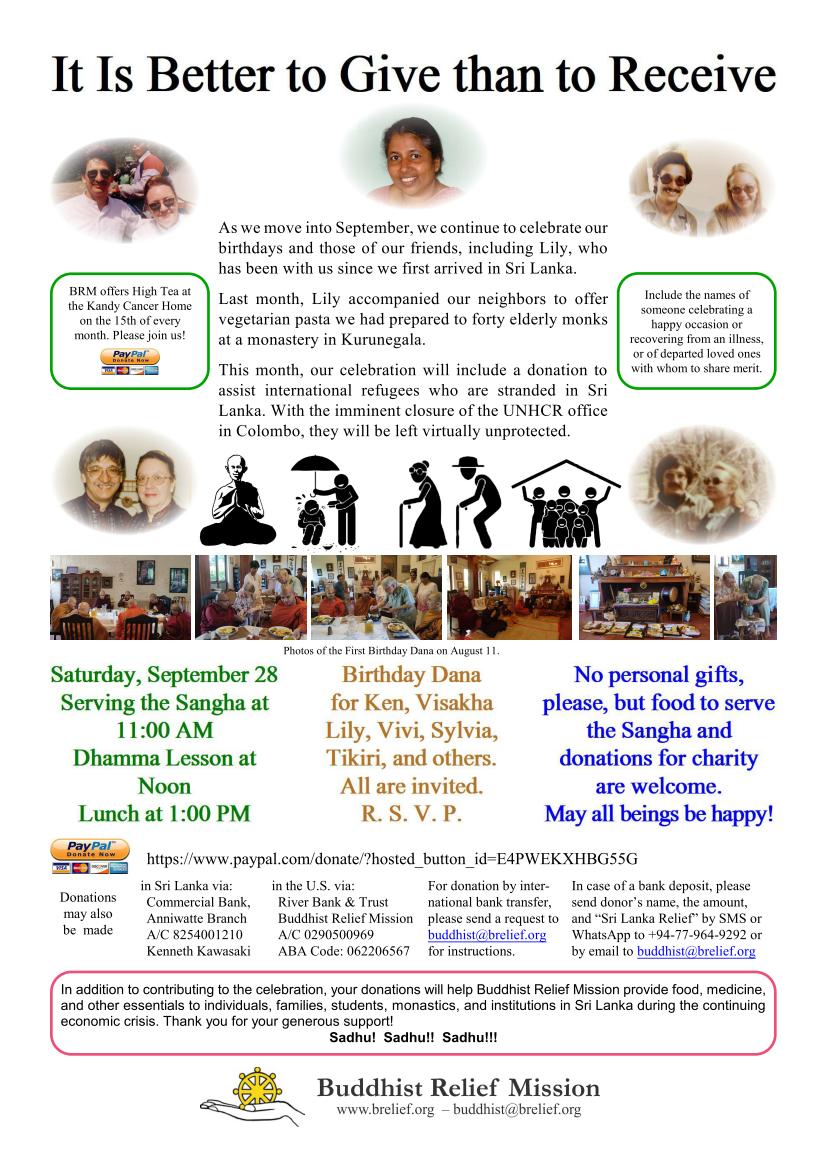 |
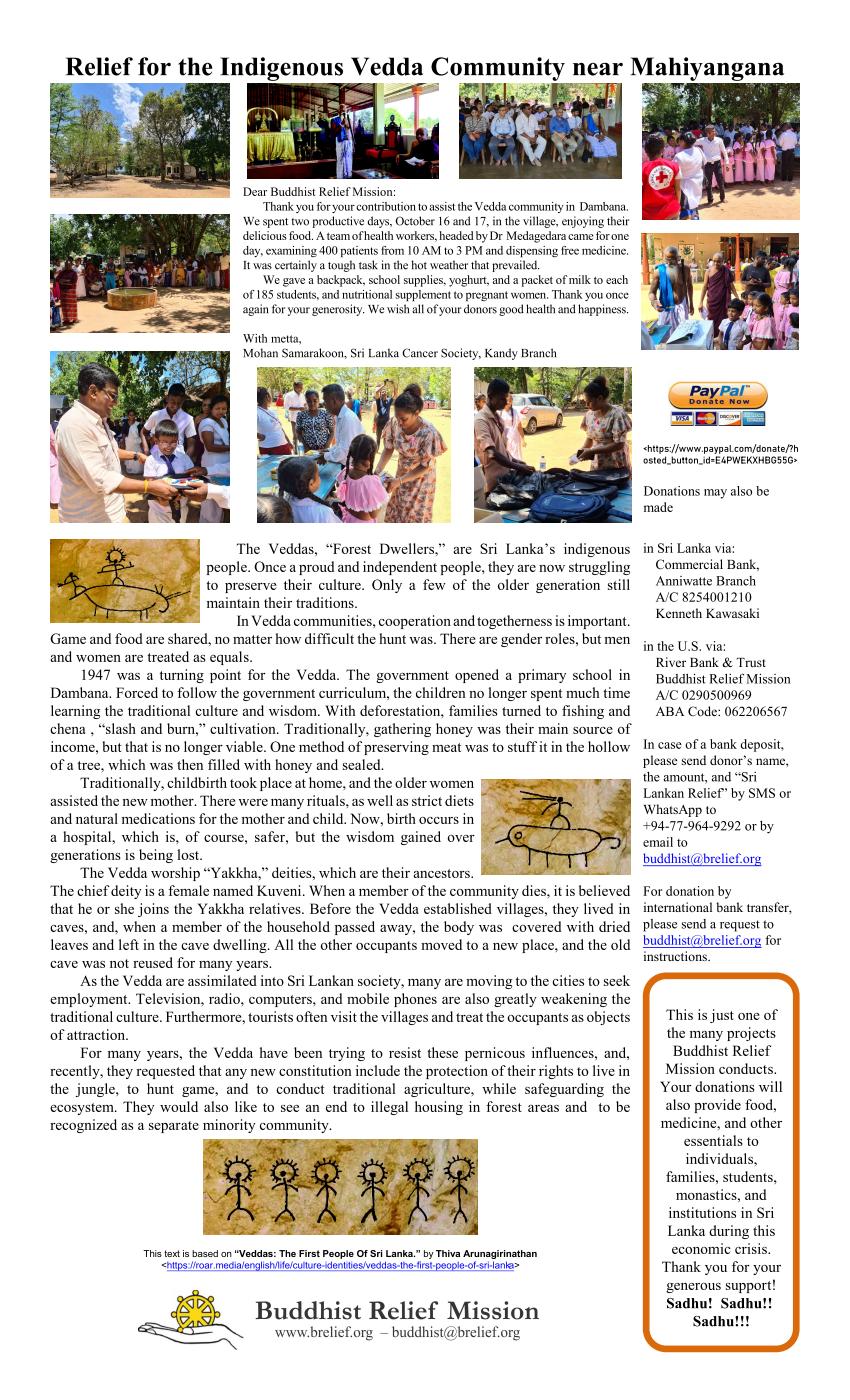 |
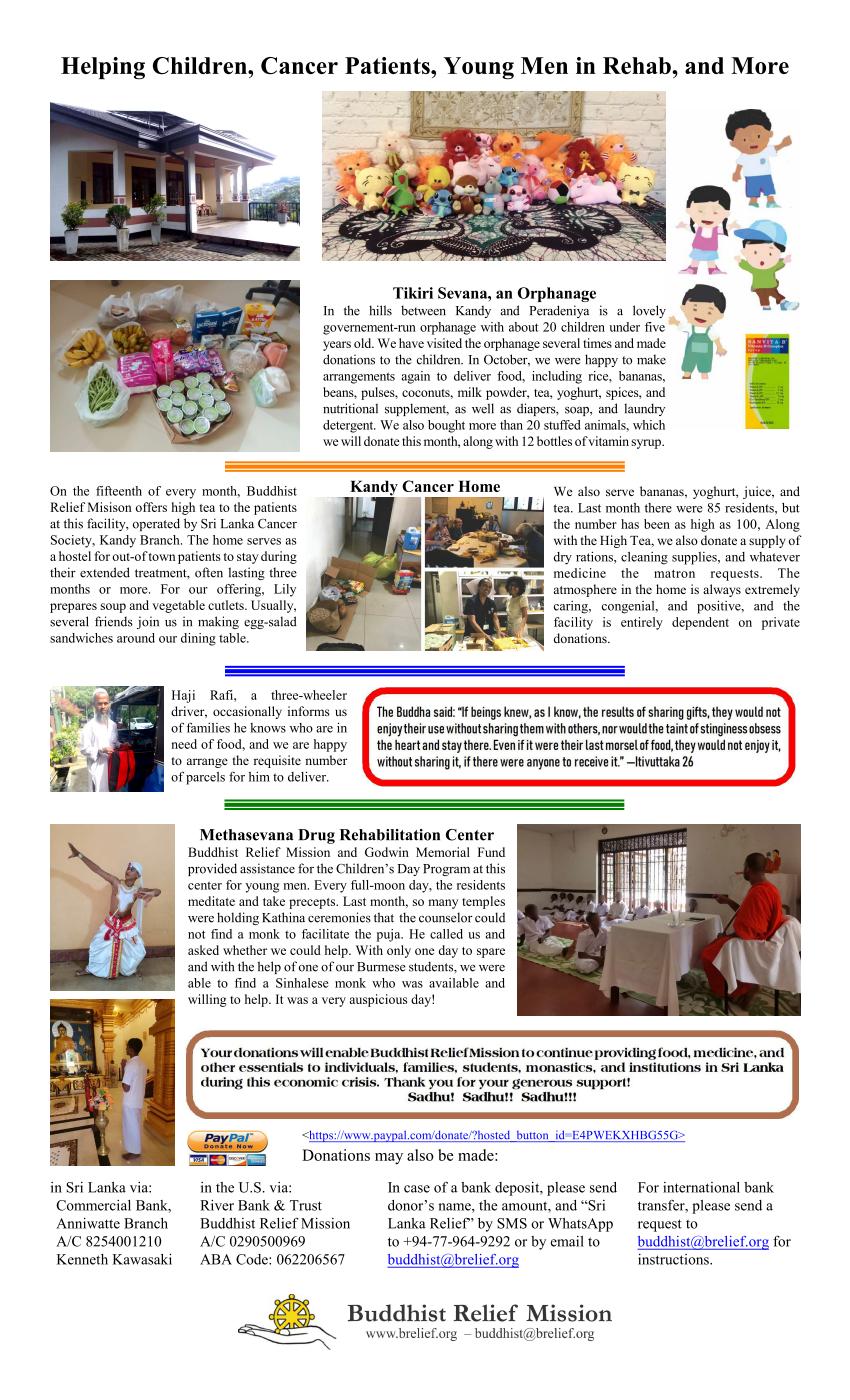 |
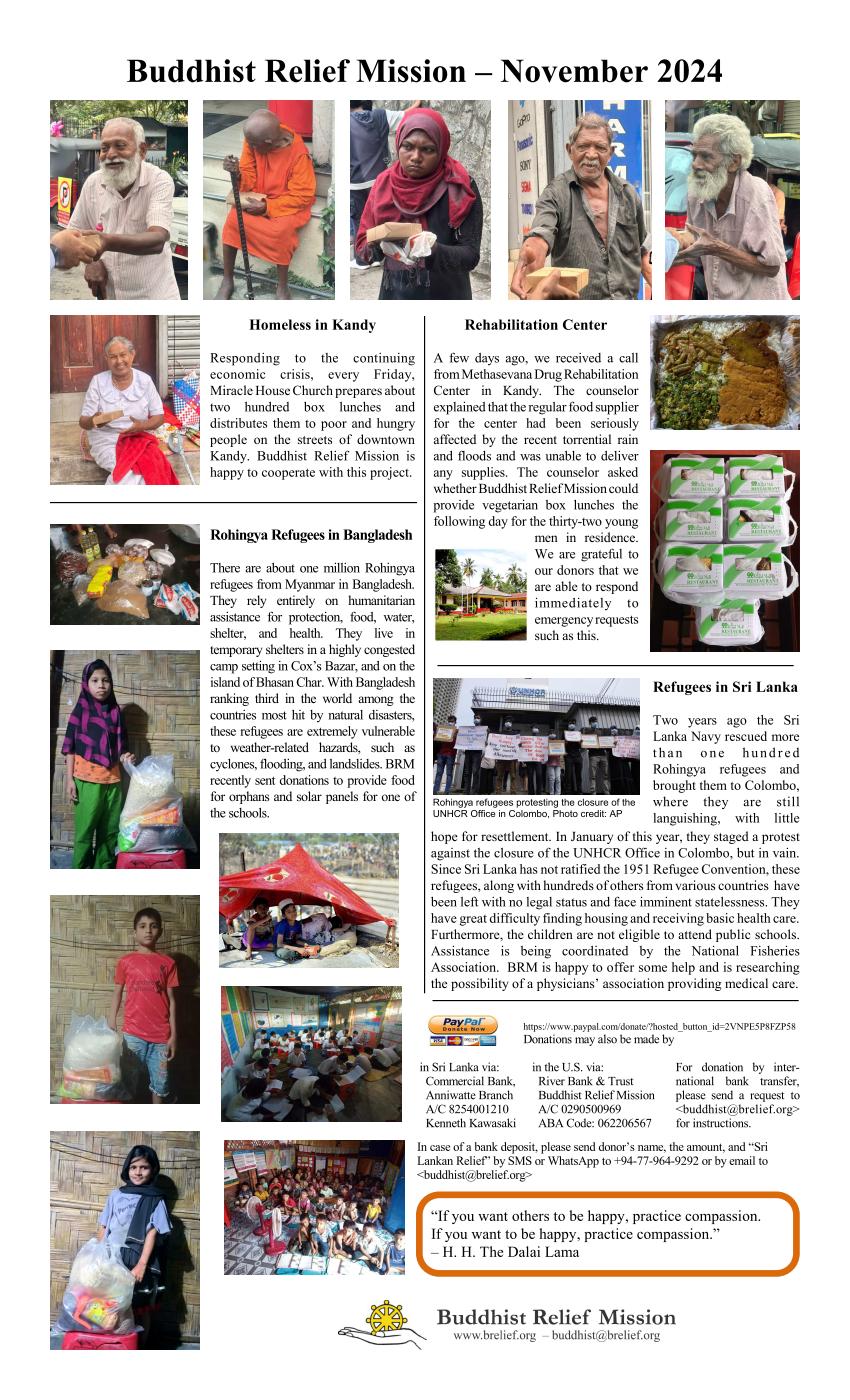 |
||||||||
| These are the relief flyiers we have issued since our last report. Click each one to view the PDF large. | |||||||||||
When we serve High Tea at the Kandy Cancer Home on the fifteenth of every month, we also provide dry rations for the kitchen. This includes rice, onions, potatoes, milk powder, spices, etc. This month, Ken went to the supermarket of the local department store to purchase all of these supplies. There are, of course, several kinds of rice. The matron at the Home prefers nadu. He asked the attendant in charge for thirty kilos of nadu, and the reply was "No."
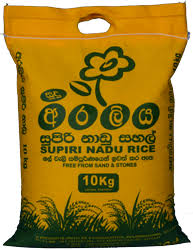
"Nadu is finished," the attendant insisted.
"Completely finished?" Ken asked incredulously.
"Yes," the attendant confirmed.
Ken quickly called Ashoka to find out what other kind of rice would be suitablet, and he replied, "Kekulu Samba."

"No kekulu samba," the attendant replied.
Ken realized that the rice shortage in Sri Lanka which he had seen mentioned in the newspaper was not just a rumor. He walked over the the pallets and noticed that ALL of the bags were keeri samba. Another call to Ashoka confirmed that, if there was only keeri samba, that would have to be OK. Ken turned again to the attendant and asked for thirty kilos of keeri samba. The attendant answered with a puzzled expression, and called a floor manager, who explained that each customer was allowed to purchase only fifteen kilos.
"But I buy thirty kilos of rice every month for the Cancer Home," Ken insisted.
 |
|
Just then, a female assistant manager stepped up and asked what the problem was. Ken explained that he wanted to buy thirty kilos of rice for dana at the Kandy Cancer Home, and she repeated that each customer was allowed only fifteen kilos. "We have to consder other customers," she added.
"I understand," Ken replied, "but this is for the ninety-two patients at the Cancer Home. We offer dana every month, and they need that much rice."
"I see," the assistant manager said. "Let me ask my boss," and she walked toward an office. A few minutes later, she returned and said, "OK. We can give you six five-kilo bags, but we have to hide them, so other customers do not see. Let me get you another cart." She brought another shopping cart, and Ken lined it with boxes of cookies he was buying. The attendant loaded the six bags in the cart between the cookie boxes. Then the assistant manager instructed him to take several big bags of vegetables from Ken's first cart and to place them on top of the rice completely concealing the six bags. "I'll take this cart up front," the assistant manager suggested, as she pushed it to the check-out area, and Ken continued his shopping.
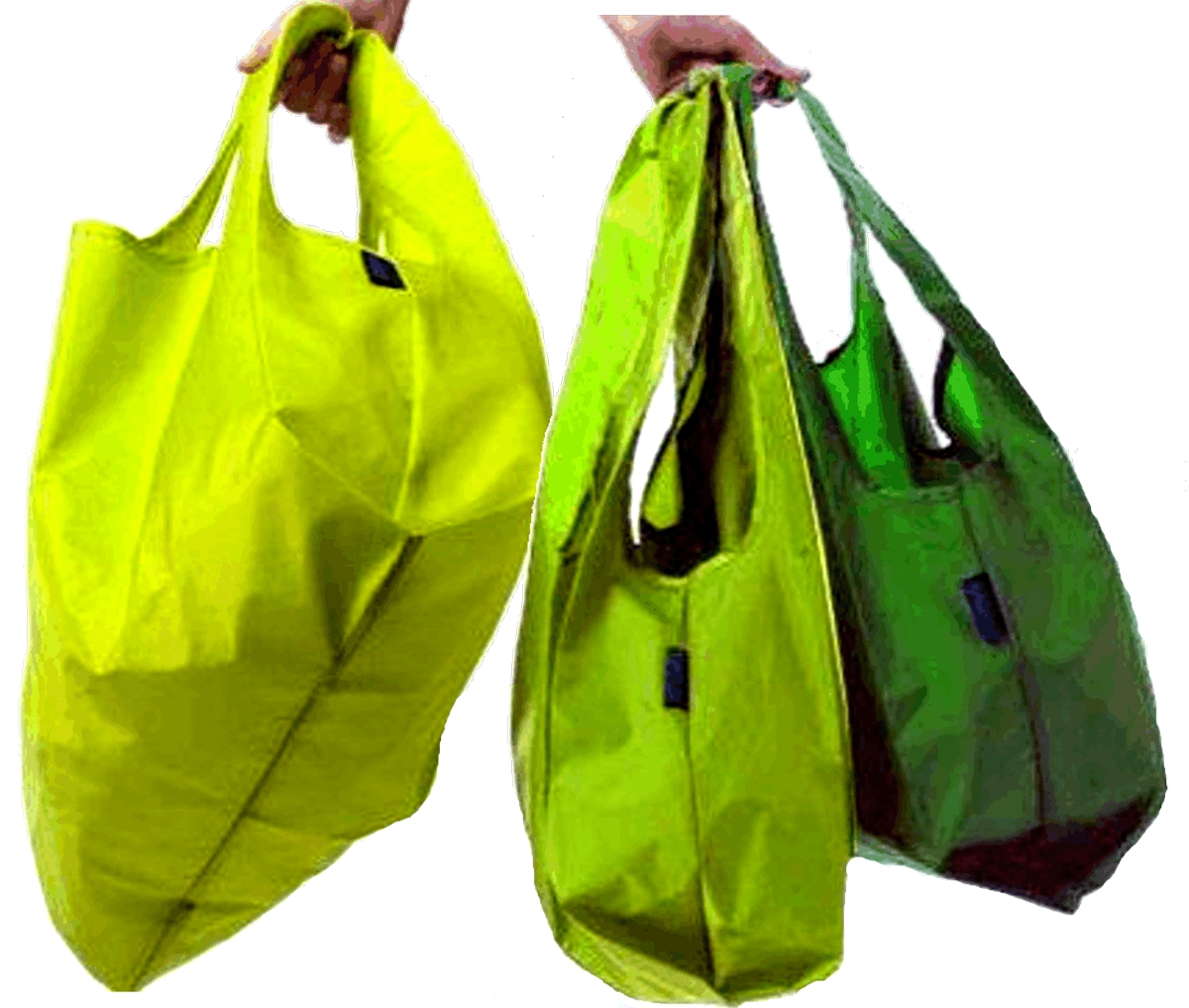 When Ken went to the check-out, he retrieved the extra cart and pushed it to his aisle. As soon as the clerk saw the six bags, he also made a puzzled expression and rang a bell for a manager. At this summons, all three managers arrived and conferred with him in Sinhala. They stood there while he rang up two bags. Then they explained to Ken that the six bags had to be rung up on separate bills, and he assured them that that was not a problem for him. When the clerk had finished with the bill, the floor manager took Ken's credit card and rang the extra bags of rice on three different cash registers. Finally, with all the bags of rice once more hidden under many cloth bags of other supplies, the chief manager returned to his office, and the assistant manager, rather than calling one of the usual bagging attendants, herself pushed one of the carts out to Ashoka's waiting three-wheeler.
When Ken went to the check-out, he retrieved the extra cart and pushed it to his aisle. As soon as the clerk saw the six bags, he also made a puzzled expression and rang a bell for a manager. At this summons, all three managers arrived and conferred with him in Sinhala. They stood there while he rang up two bags. Then they explained to Ken that the six bags had to be rung up on separate bills, and he assured them that that was not a problem for him. When the clerk had finished with the bill, the floor manager took Ken's credit card and rang the extra bags of rice on three different cash registers. Finally, with all the bags of rice once more hidden under many cloth bags of other supplies, the chief manager returned to his office, and the assistant manager, rather than calling one of the usual bagging attendants, herself pushed one of the carts out to Ashoka's waiting three-wheeler.
We are was extremely grateful for the special service and will, certainly, continue patronizing that store with future purchases, particularly for dry rations for dana.
Buddhist Relief Mission also provided substantial relief to victims of the disastrous flooding in Myanmar caused by Cyclone Yagi in September. We must express great gratitude to our generous donors who promptly responded to this appeal. We also supported a water purificatioon project initiated by several monks in response to this crisis. Here are the flyers we distributed at that time and the letters of appreciation from the monks in charge of the project.
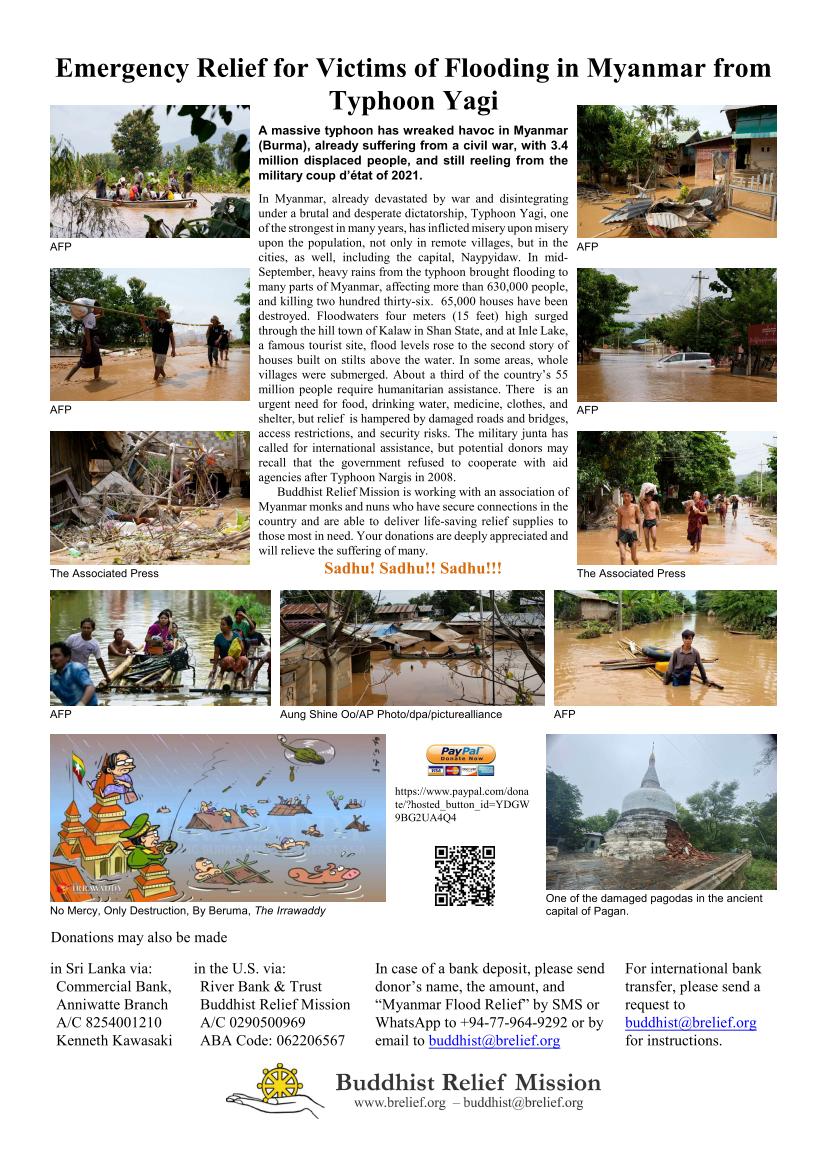 |
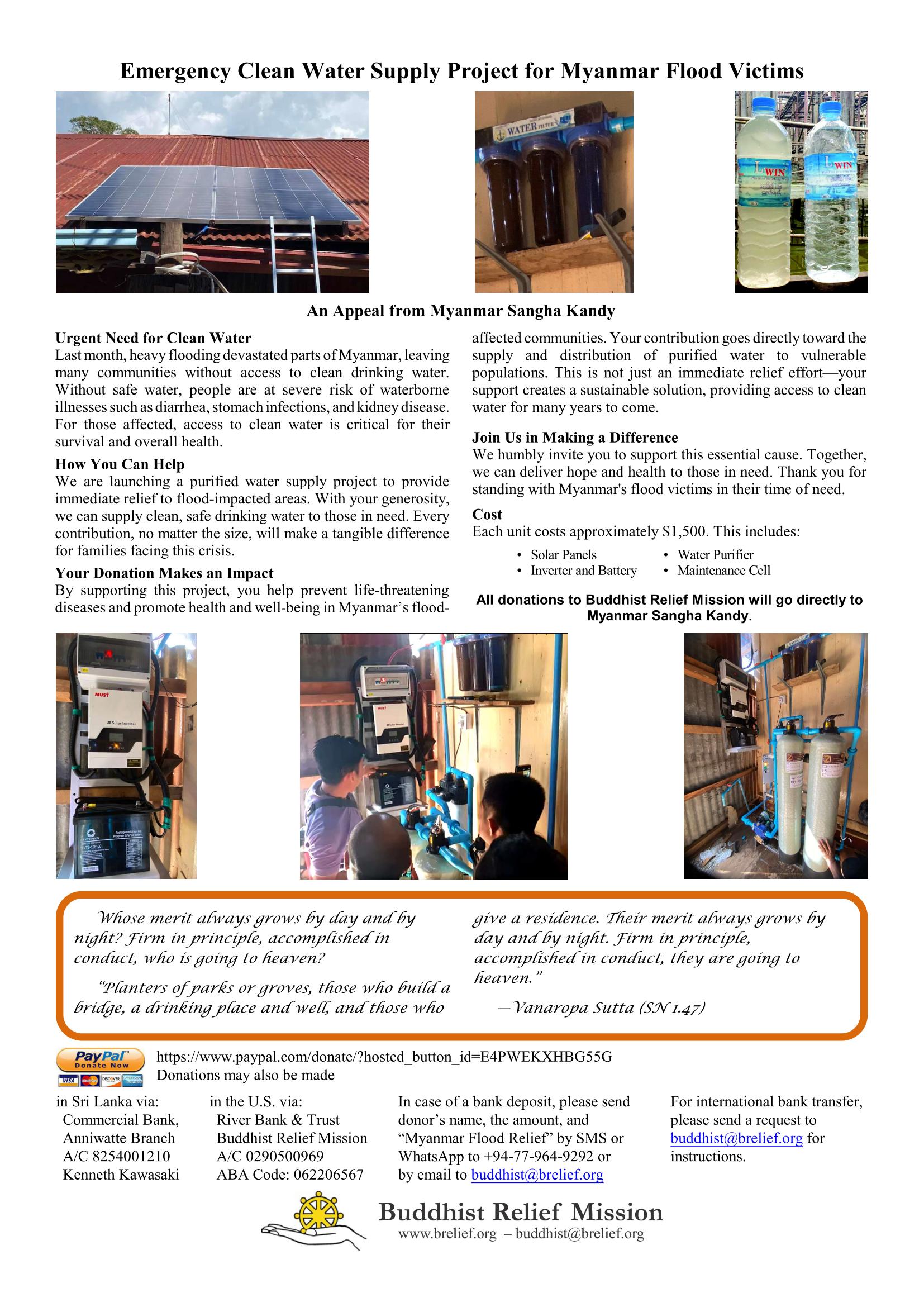 |
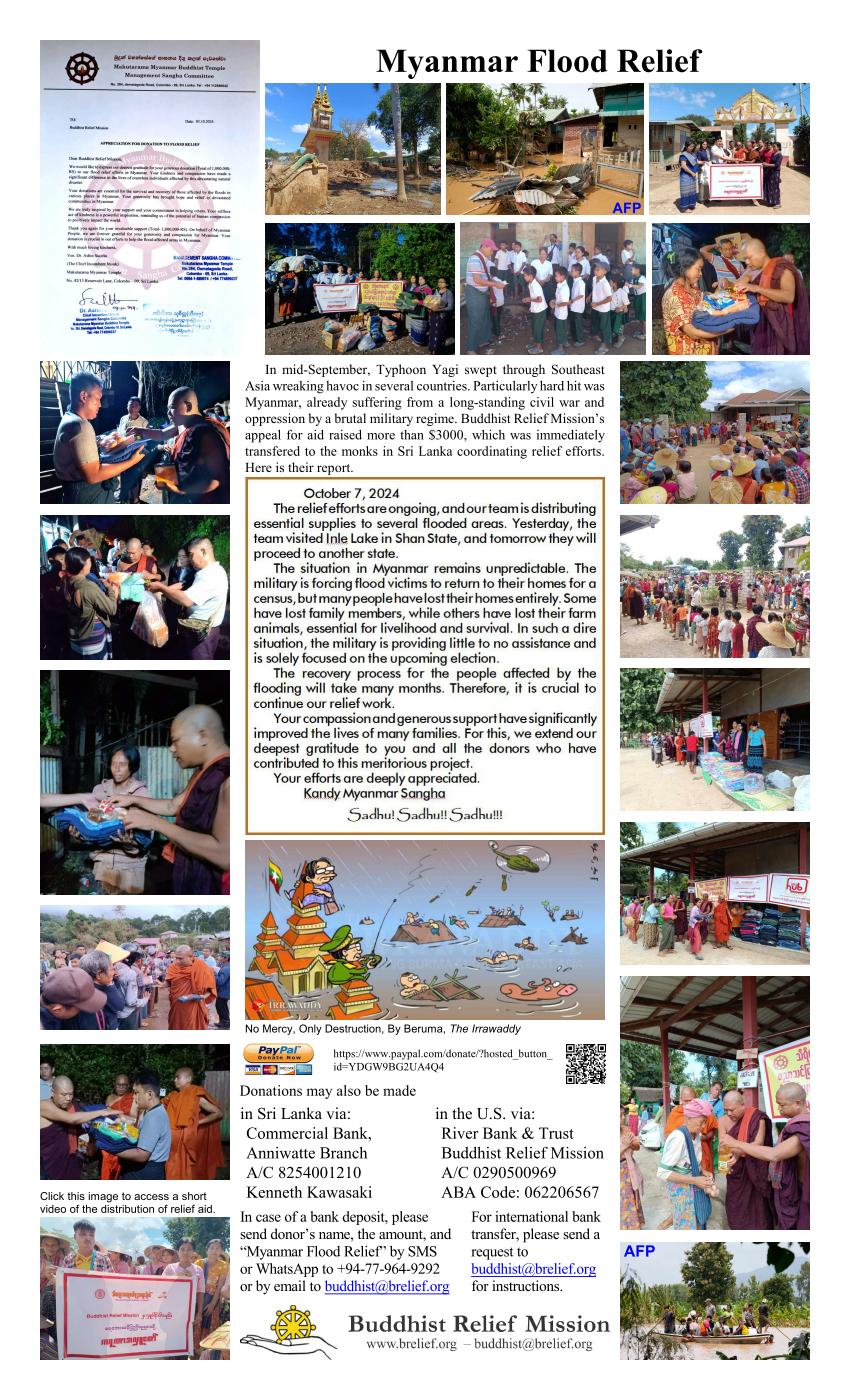 |
||
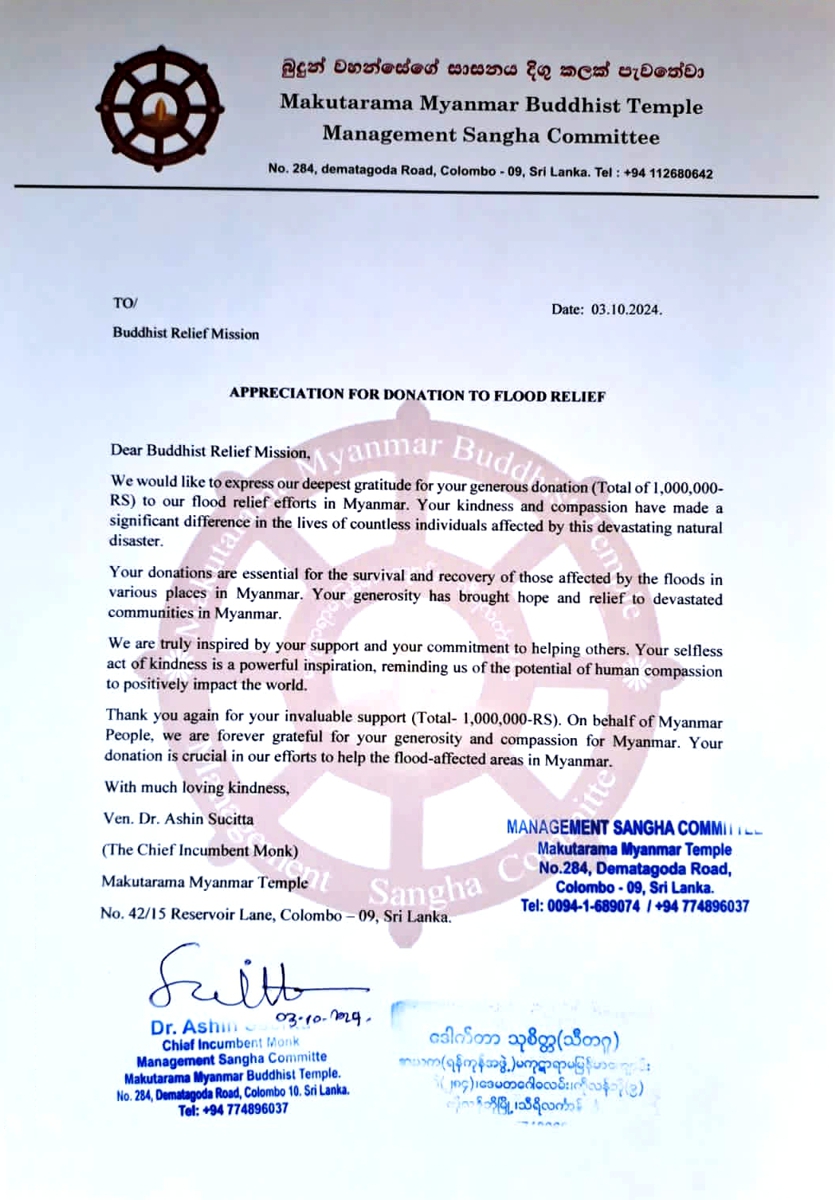 |
||||
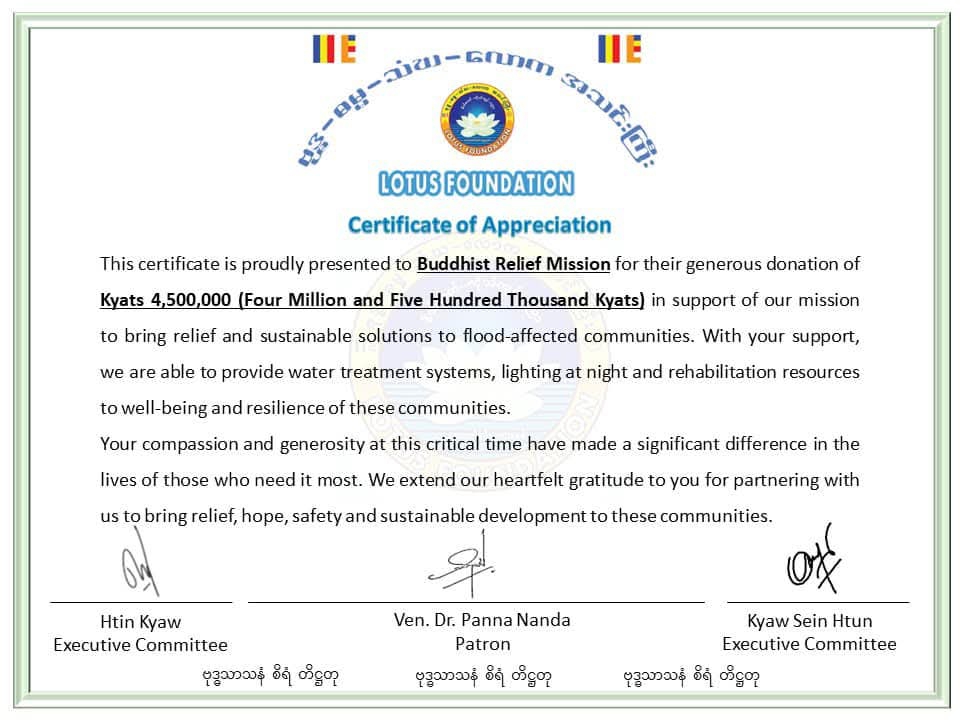 |
||||
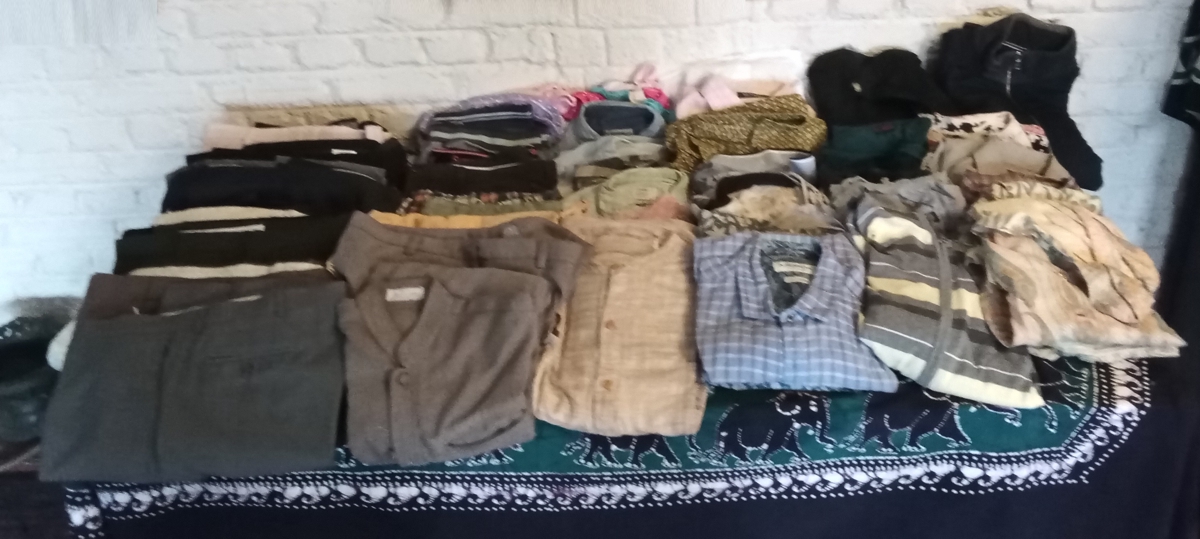 Recently, George Cooper, a long-time resident of Kandy from England, succumbed to cancer. A few months ago, his wife, Yvonne, asked to borrow Visakha's wheelchair (only used when we traveled) to help him get around his house. After he passed away, Yvonne, asked our help in giving away George's clothes. We assured her that we could, indeed, find a charity. A few days later, her driver delivered a large bag with lots of shirts, slacks, a jacket, several pullovers, and some underwear.All of it was very high quality. This inspired us to rummage through our closets, as well. We found blouses, shirts, and slacks, all made in Bangkok by Visakha's dressmakers, Julie and Moon, and Ken's tailor, Sindoo. They were things which we had worn for teaching in Japan, but which we would never wear here. We added them to the pile. Then we contacted the Miracle House Church in Kandy and learned that they were planning a distribution for Christmas, and that the clothes would be welcome. The Church was very grateful for the donation. Sadhu! Sadhu!! Sadhu!!! to George and Yvonne.
Recently, George Cooper, a long-time resident of Kandy from England, succumbed to cancer. A few months ago, his wife, Yvonne, asked to borrow Visakha's wheelchair (only used when we traveled) to help him get around his house. After he passed away, Yvonne, asked our help in giving away George's clothes. We assured her that we could, indeed, find a charity. A few days later, her driver delivered a large bag with lots of shirts, slacks, a jacket, several pullovers, and some underwear.All of it was very high quality. This inspired us to rummage through our closets, as well. We found blouses, shirts, and slacks, all made in Bangkok by Visakha's dressmakers, Julie and Moon, and Ken's tailor, Sindoo. They were things which we had worn for teaching in Japan, but which we would never wear here. We added them to the pile. Then we contacted the Miracle House Church in Kandy and learned that they were planning a distribution for Christmas, and that the clothes would be welcome. The Church was very grateful for the donation. Sadhu! Sadhu!! Sadhu!!! to George and Yvonne.